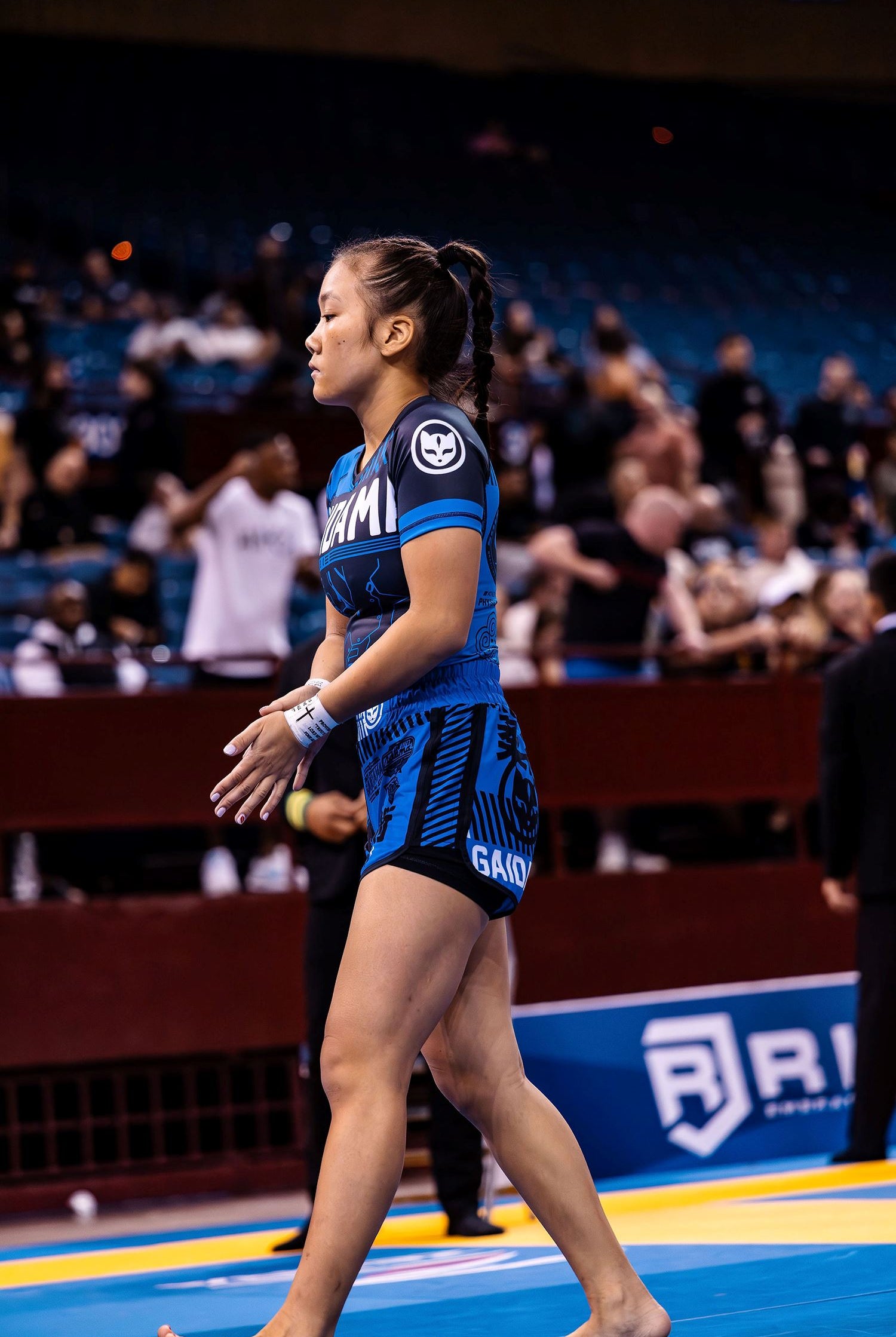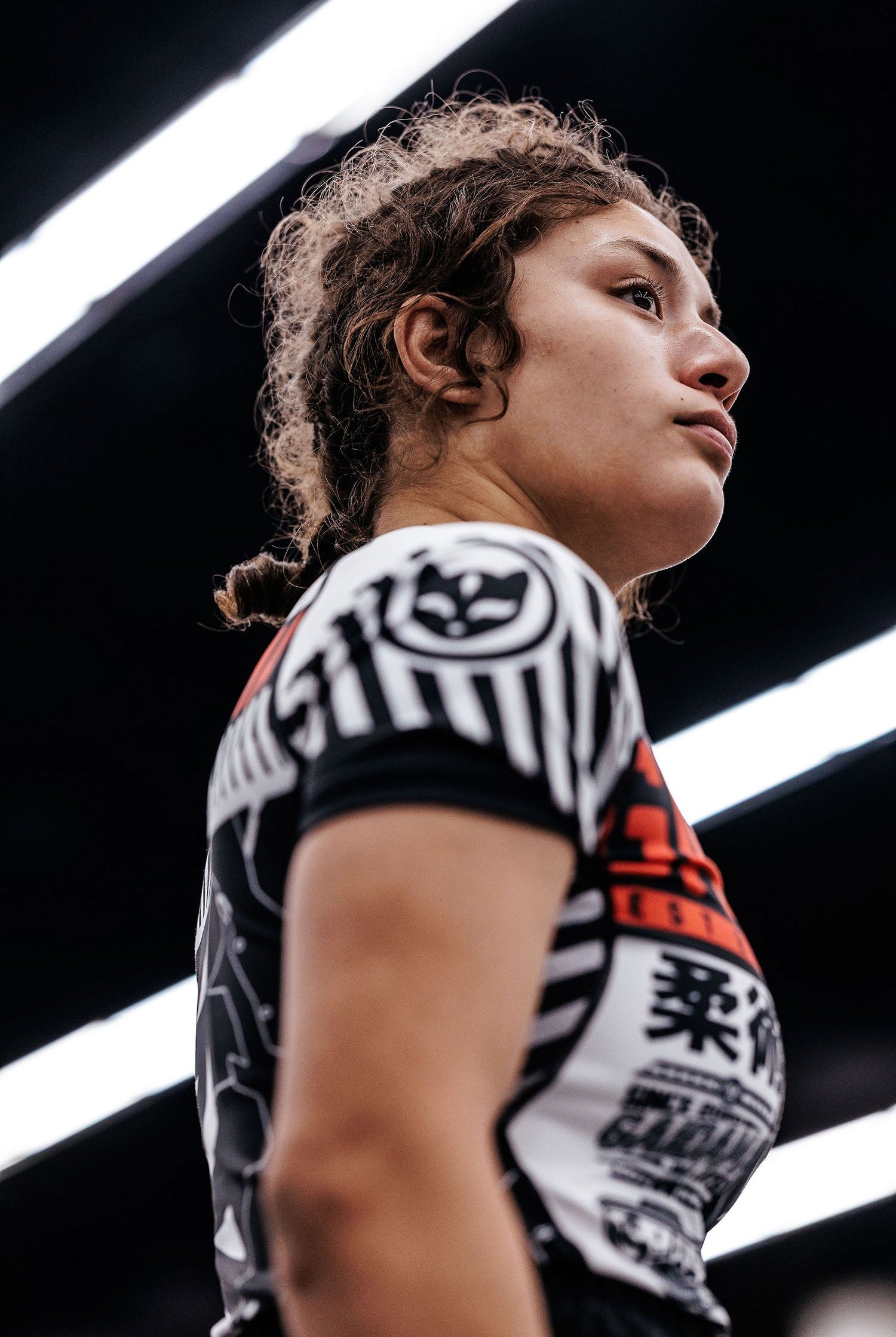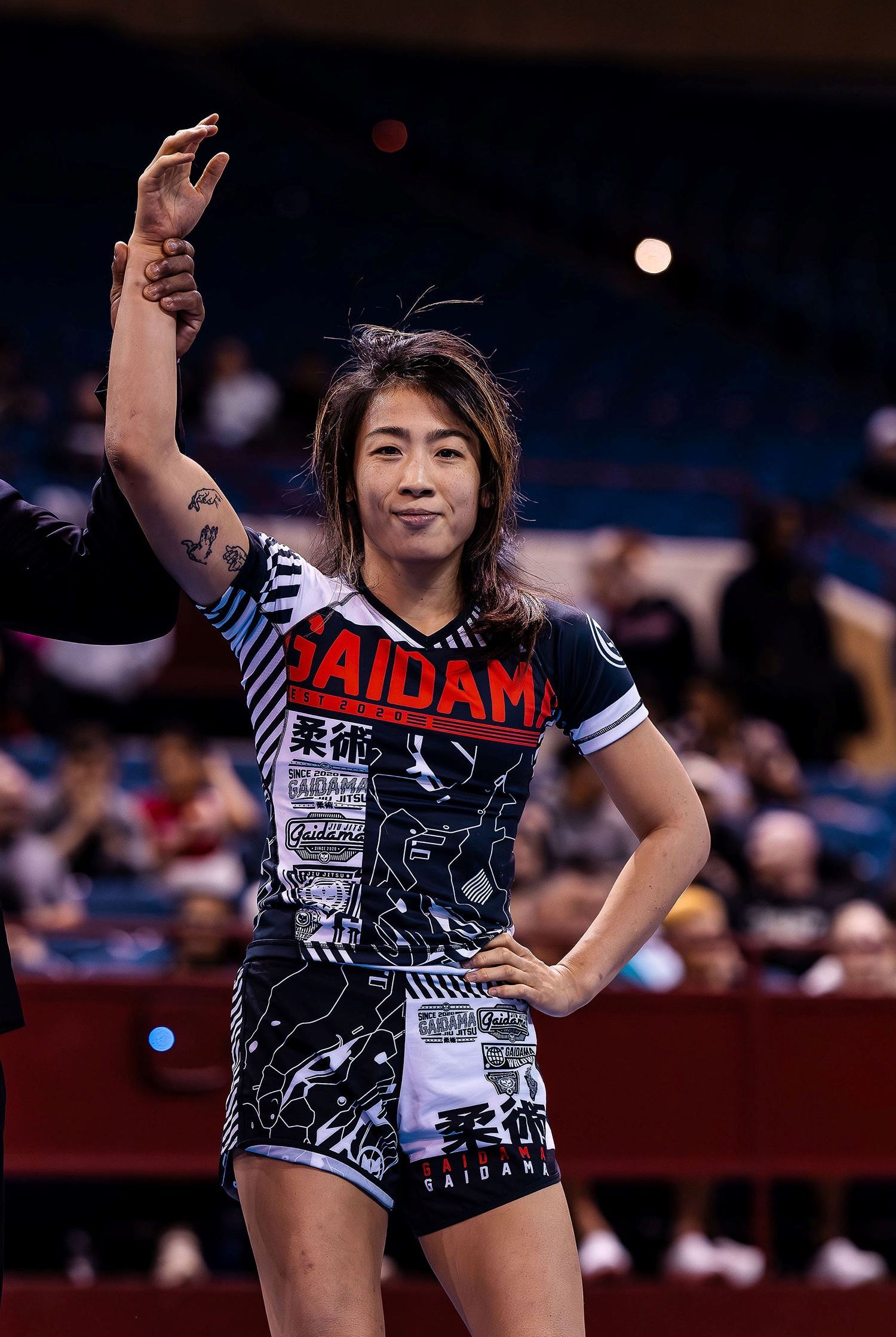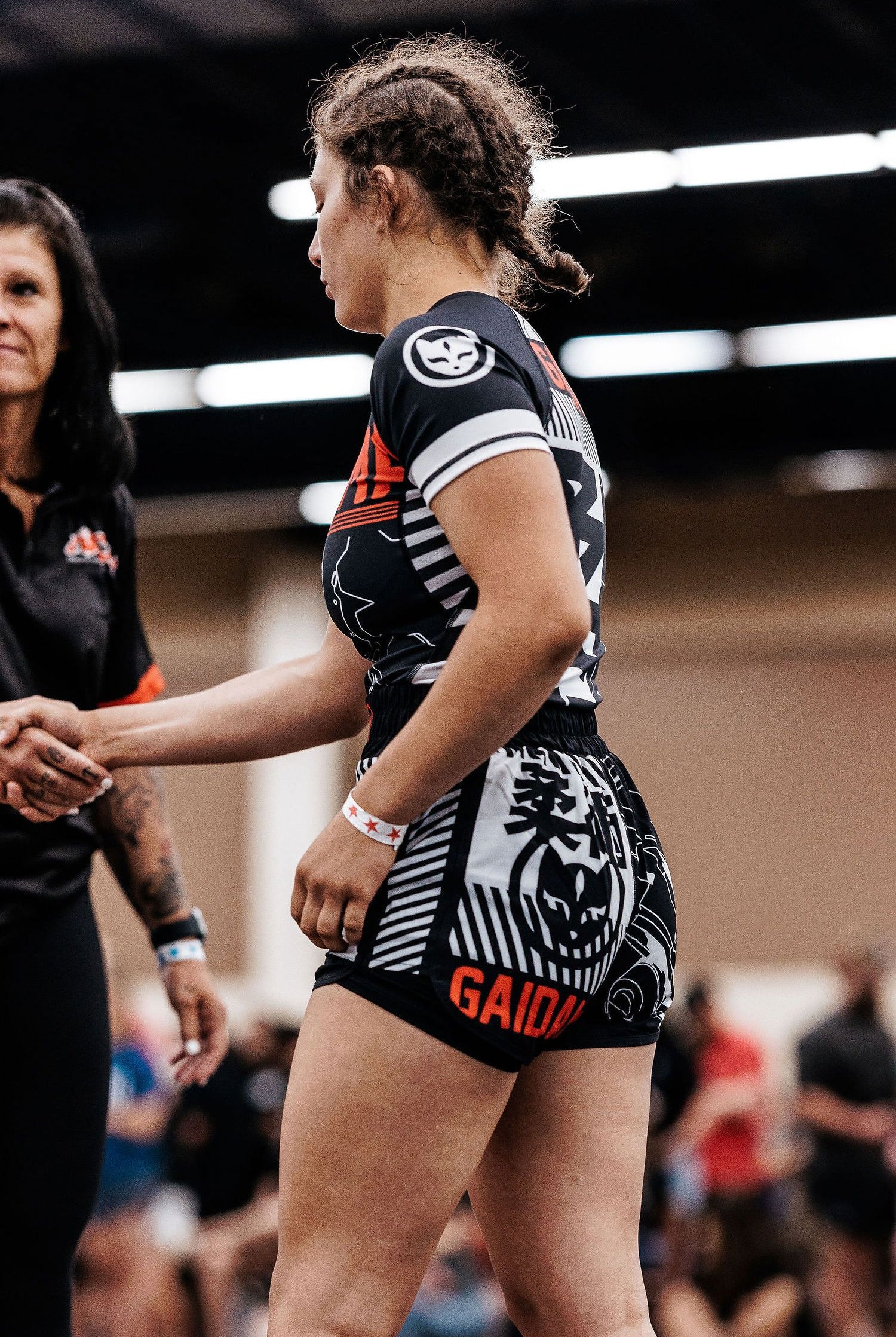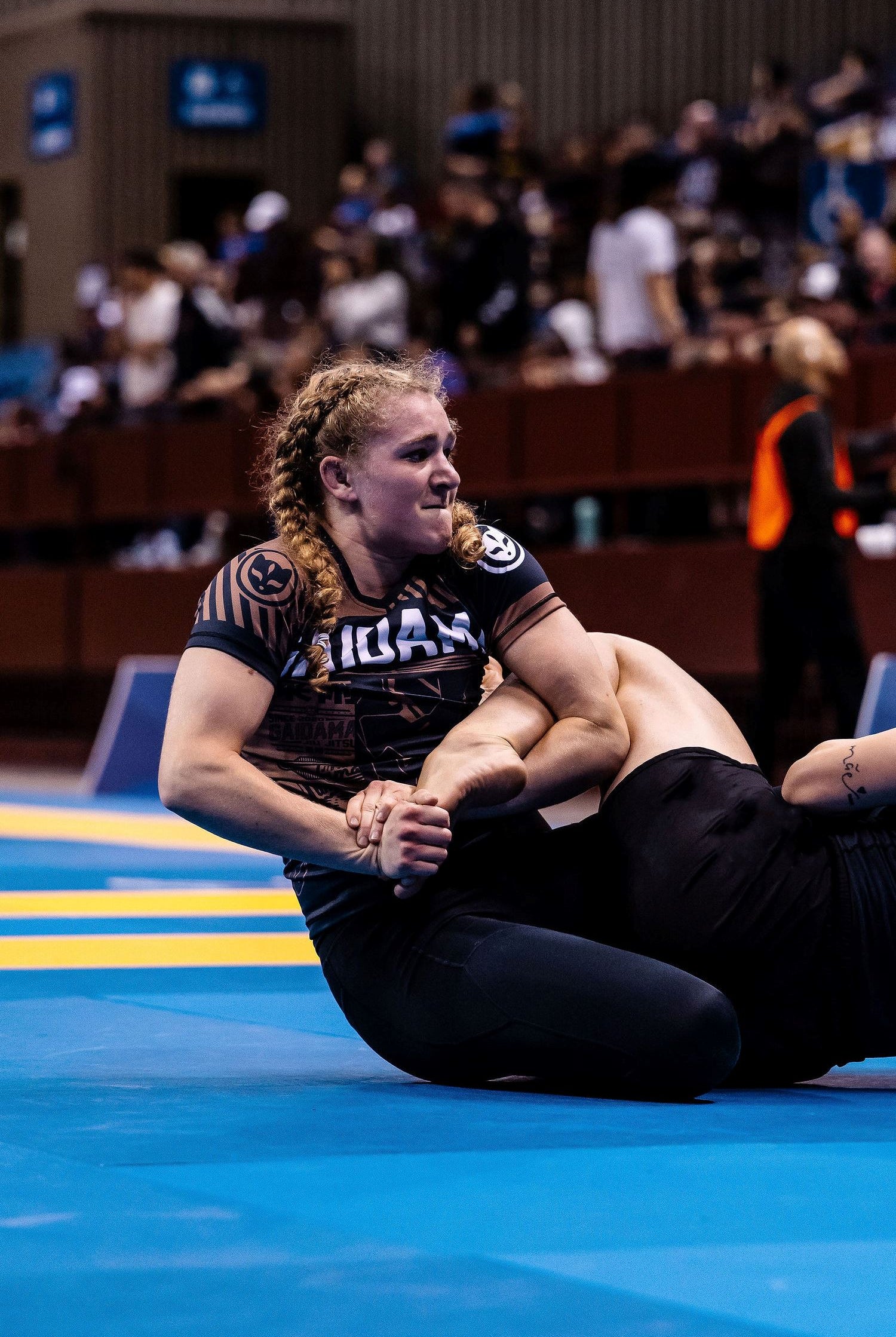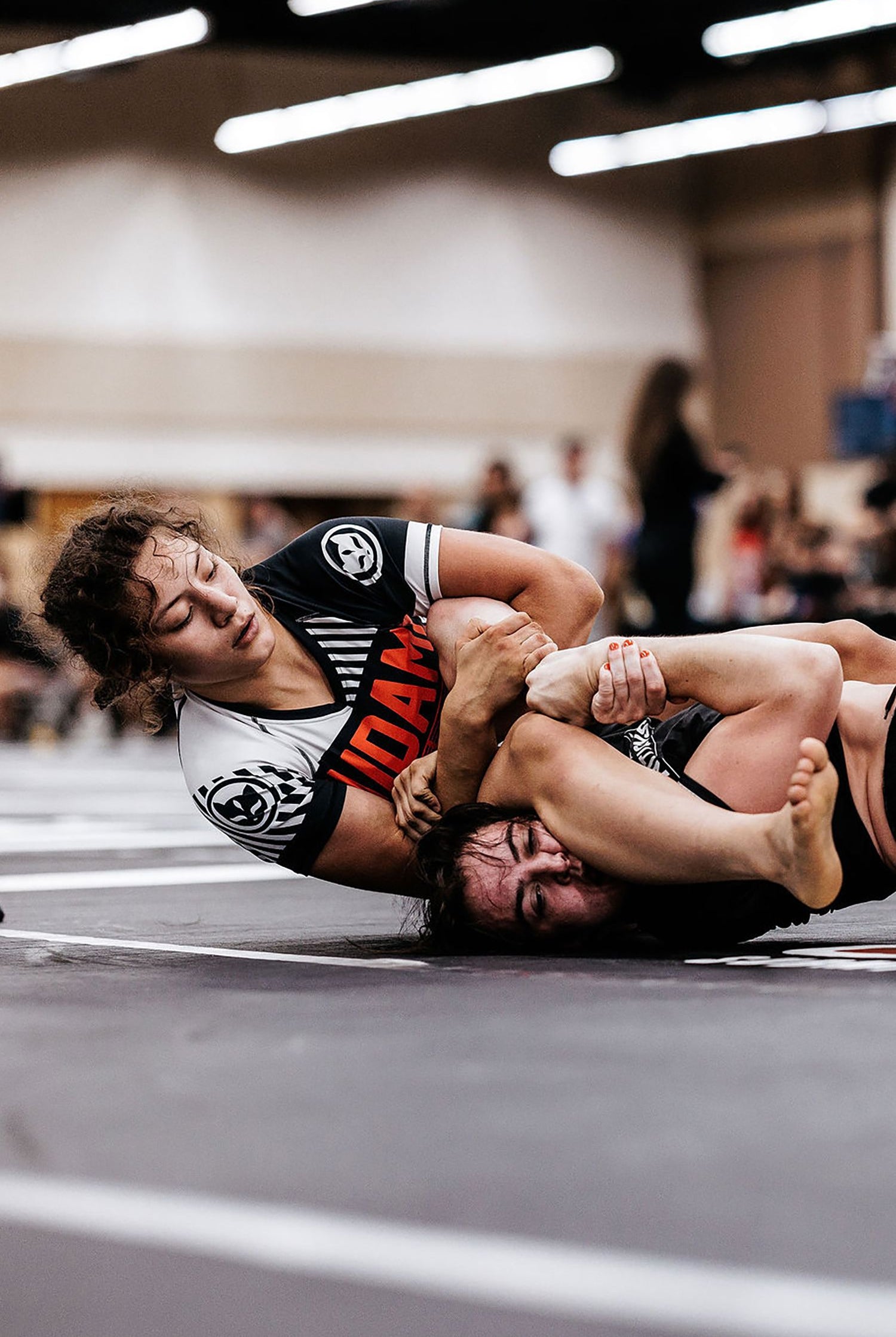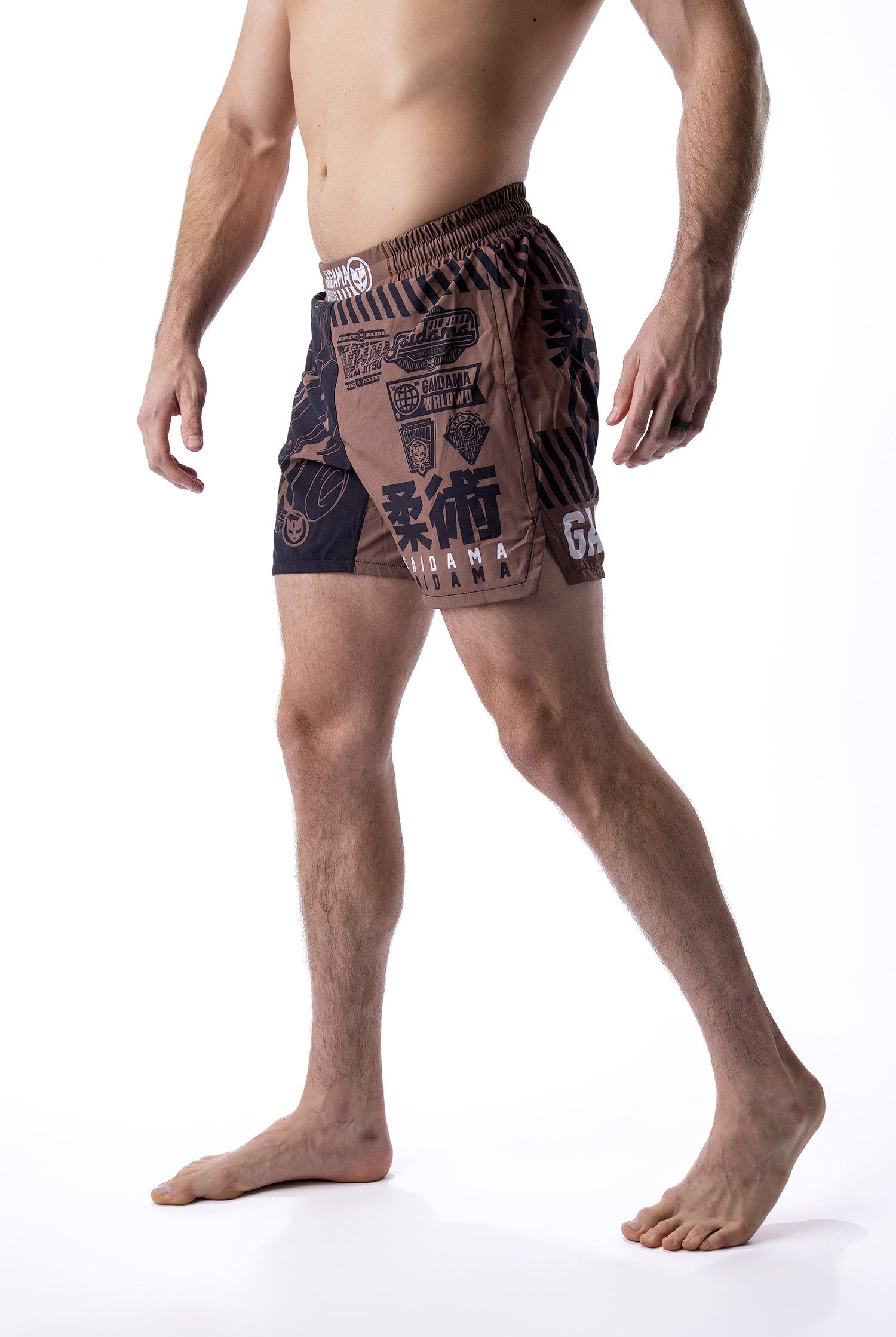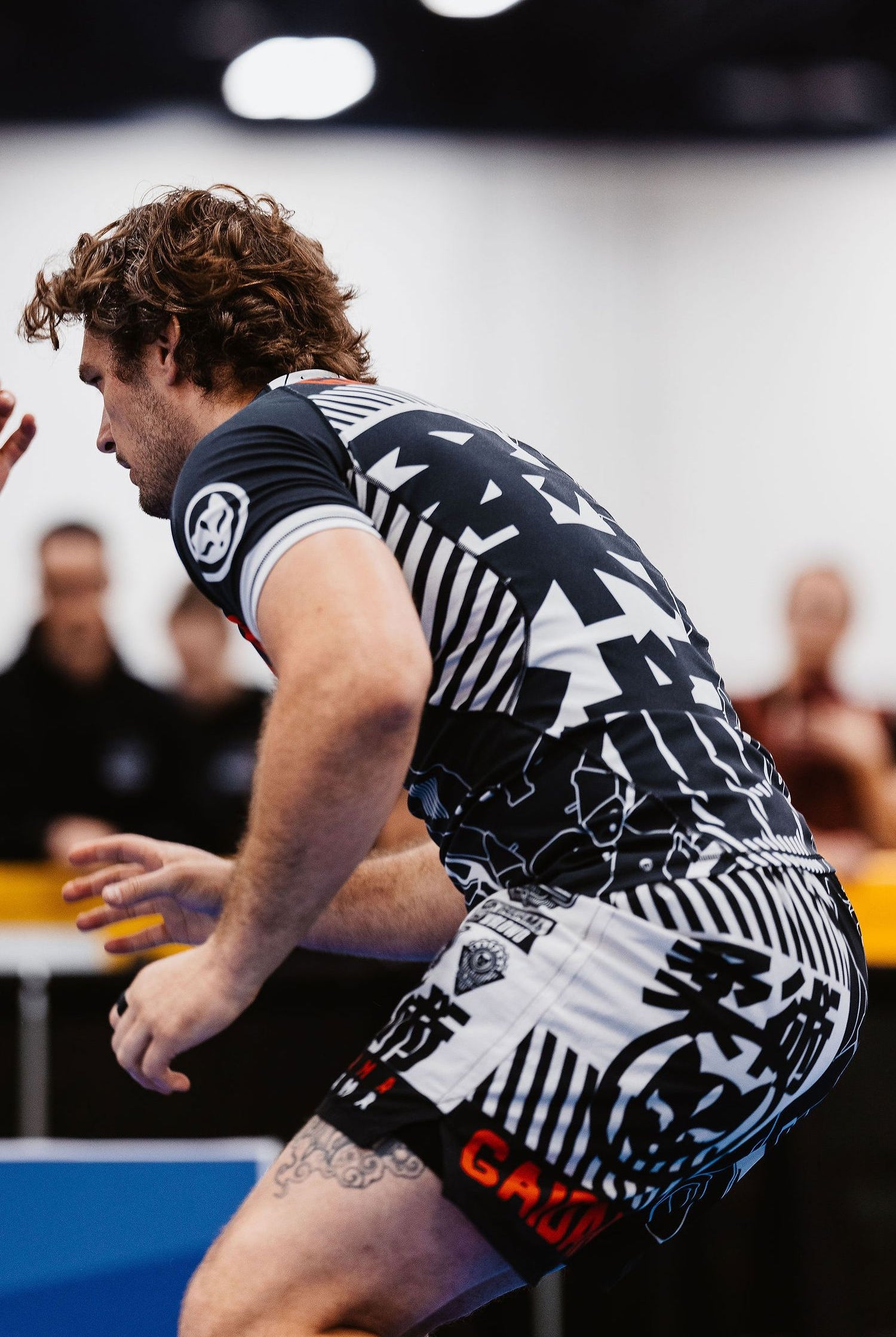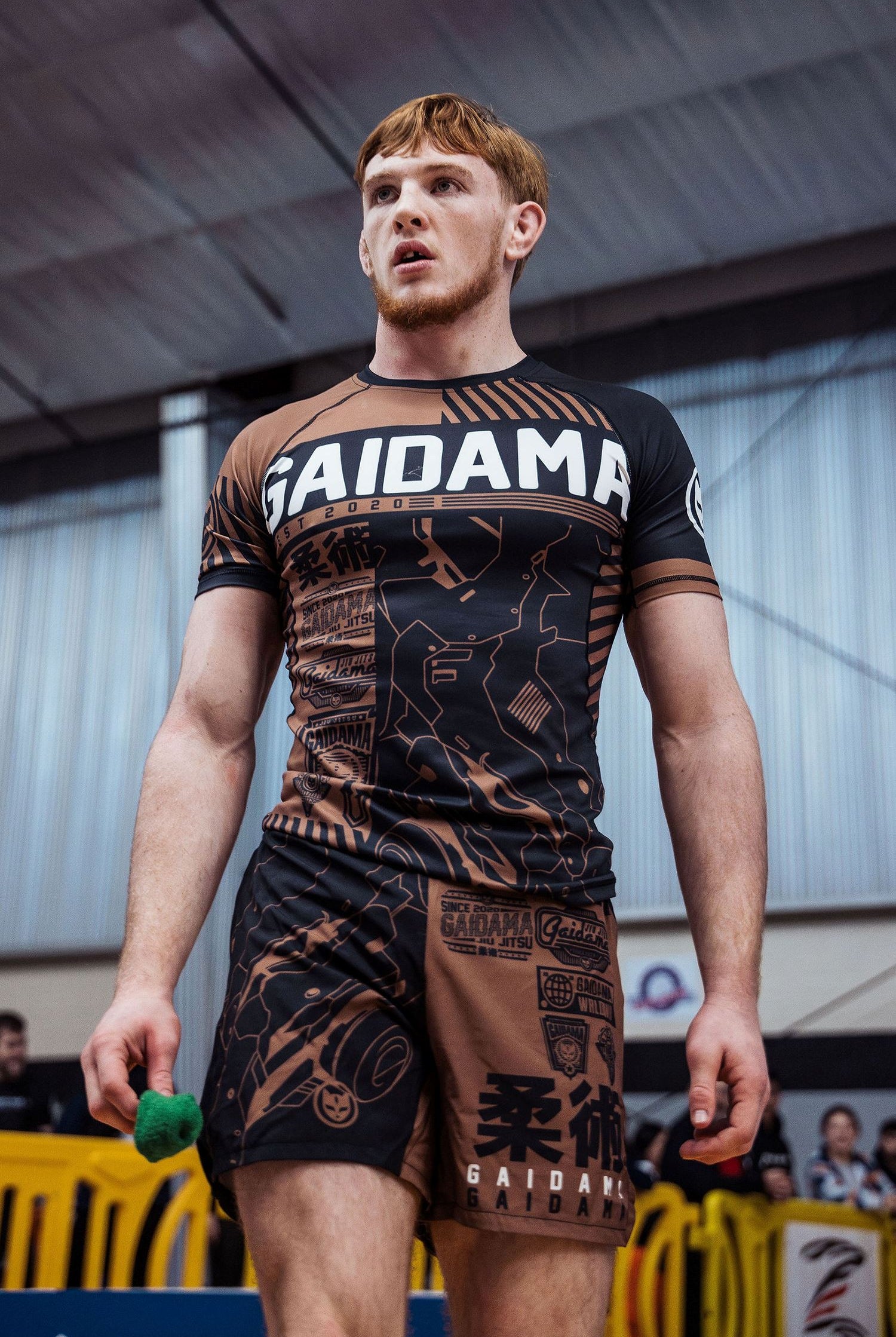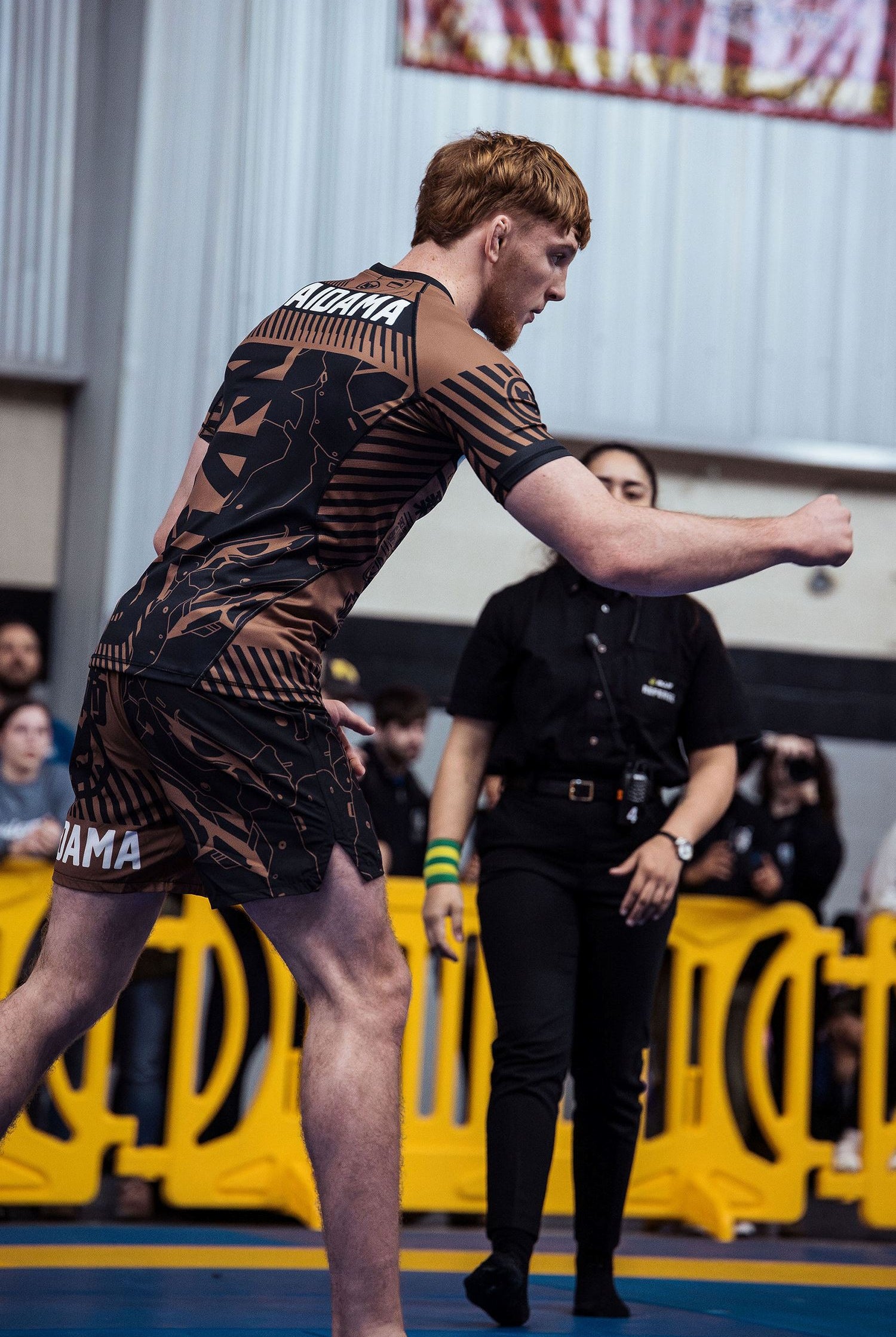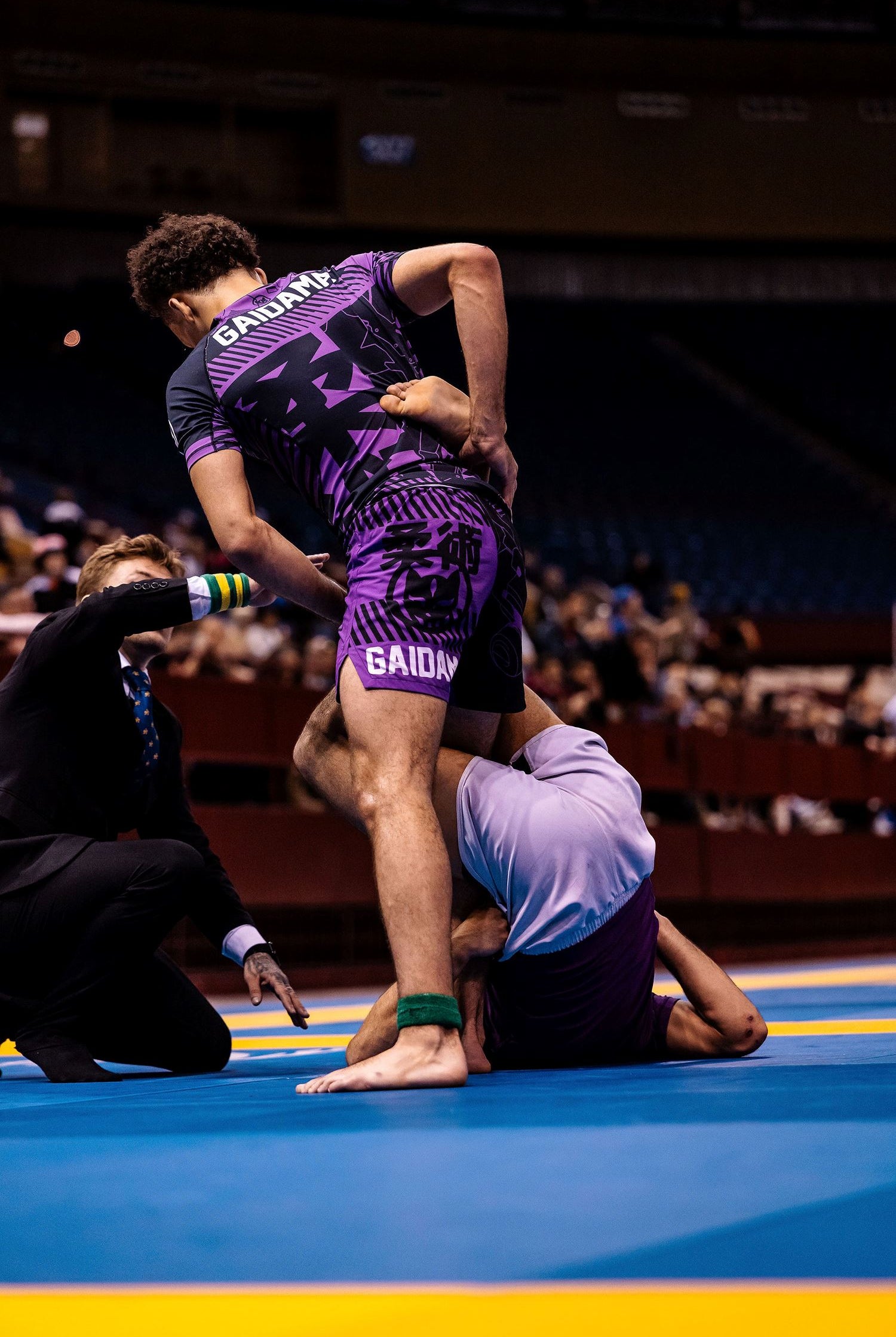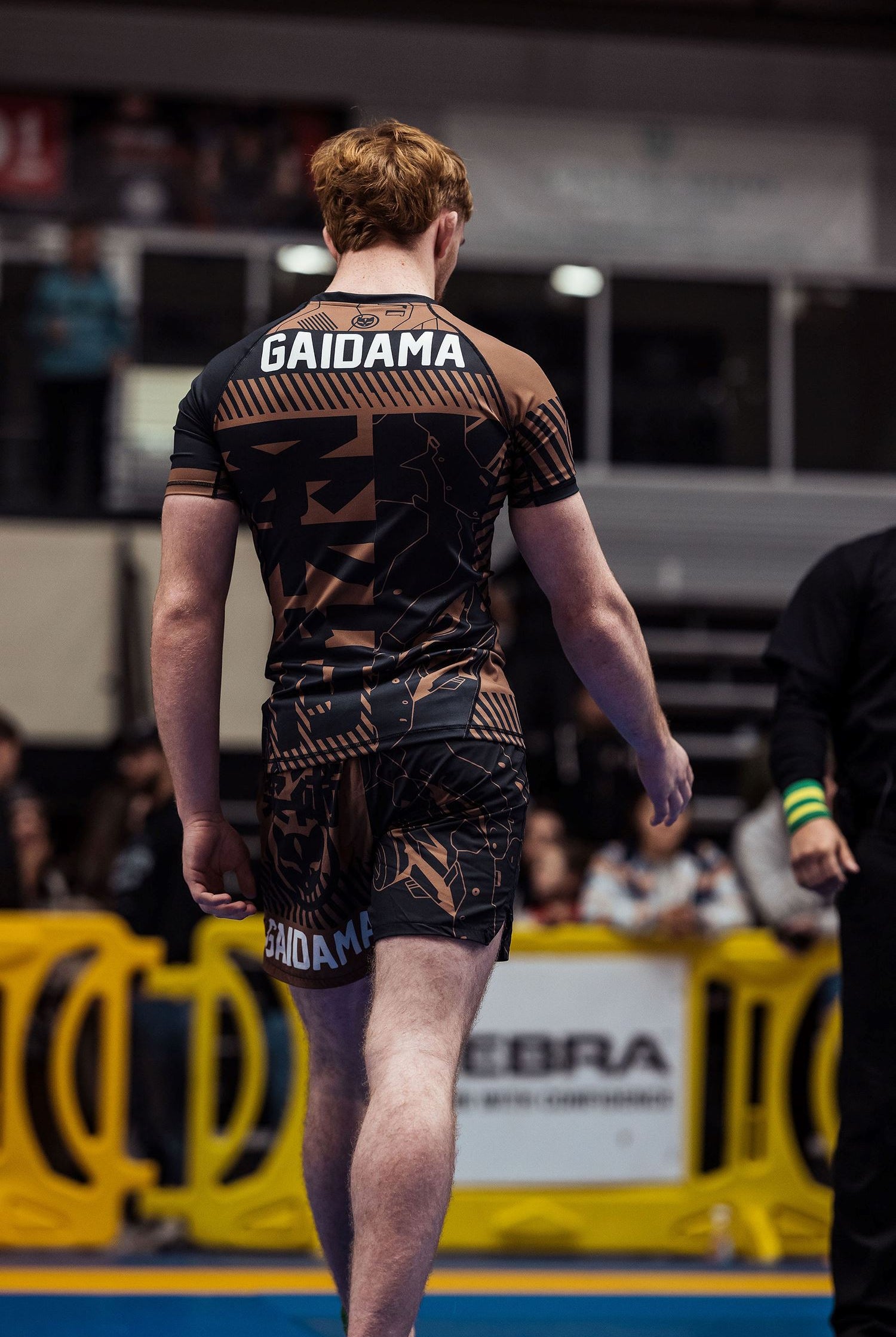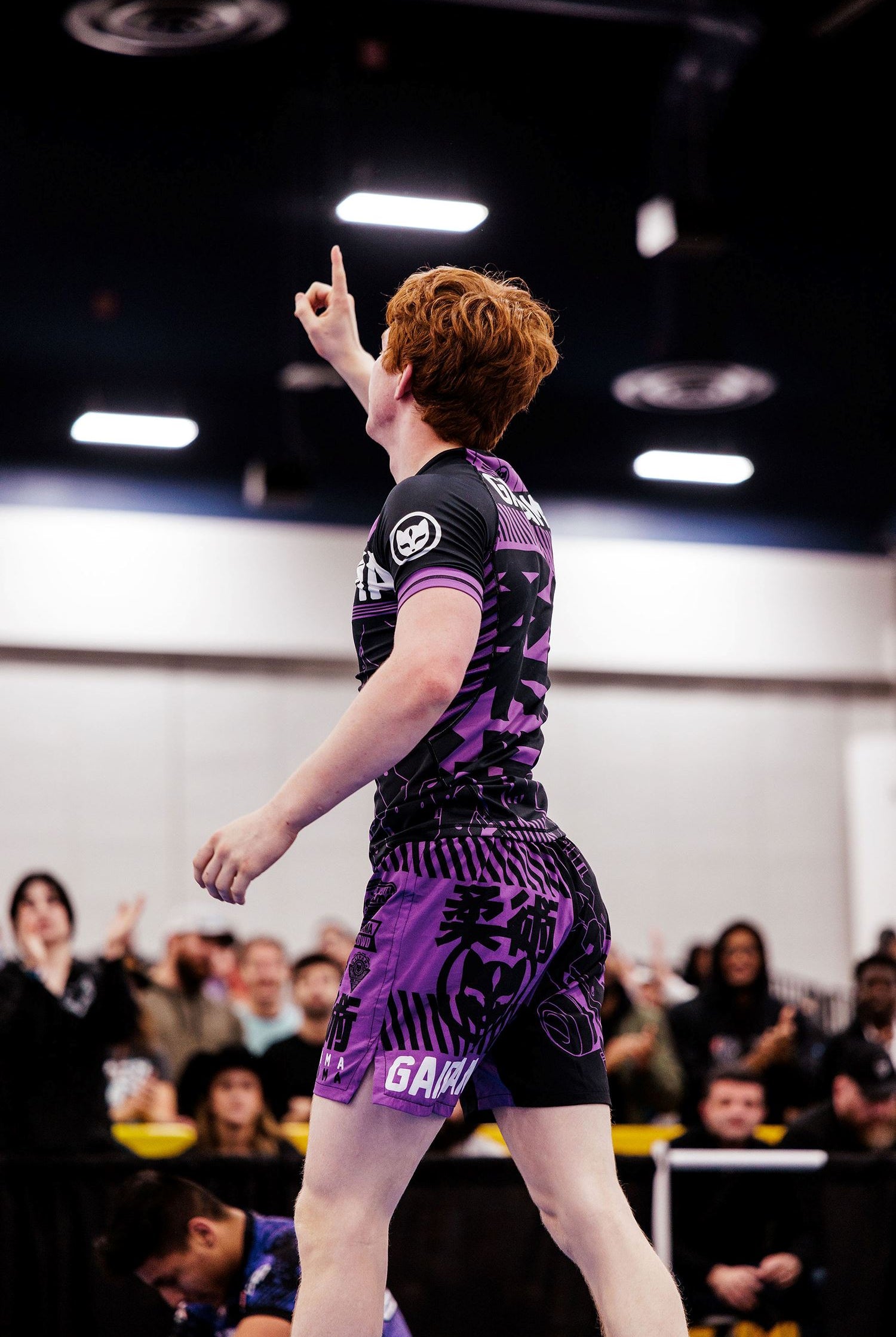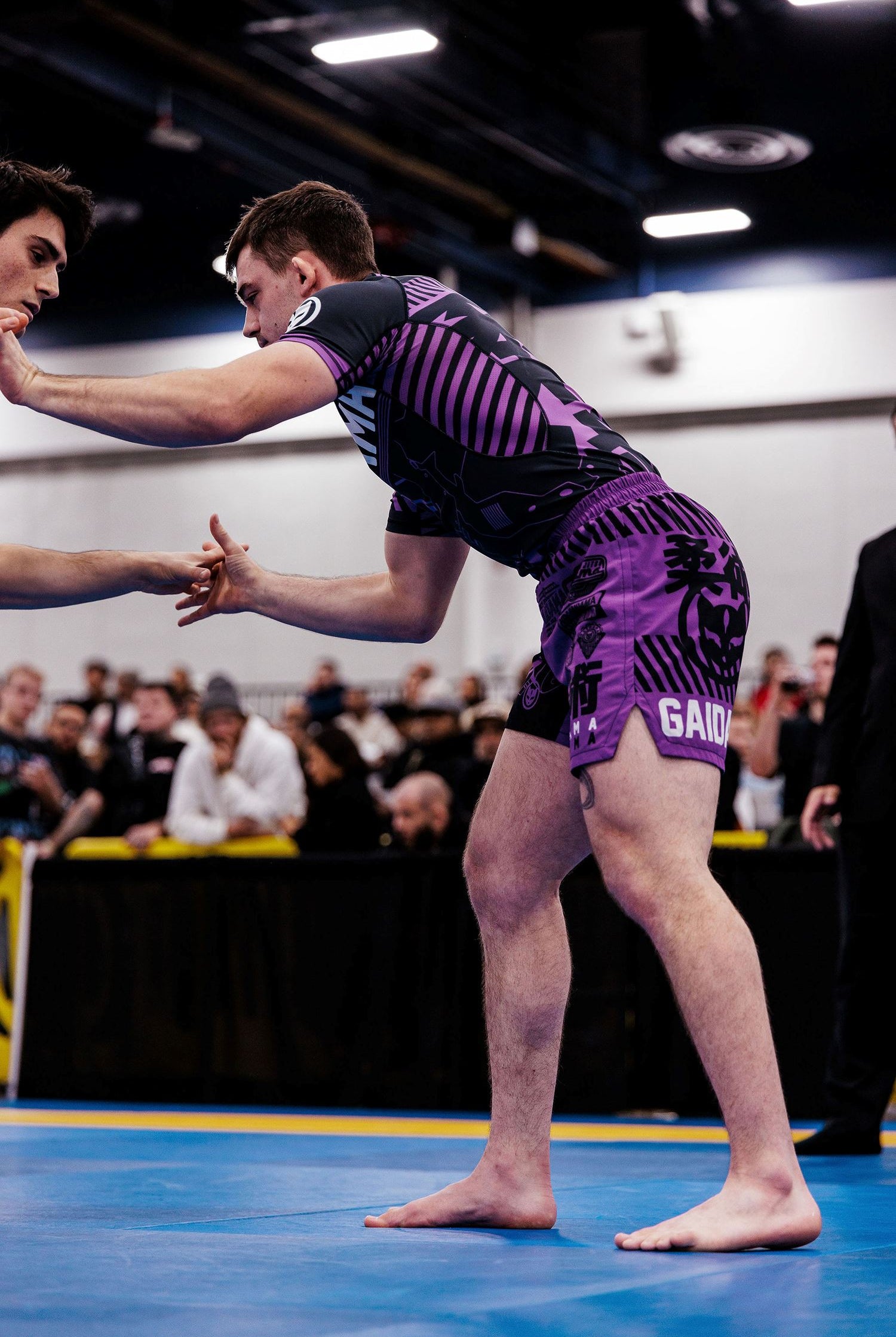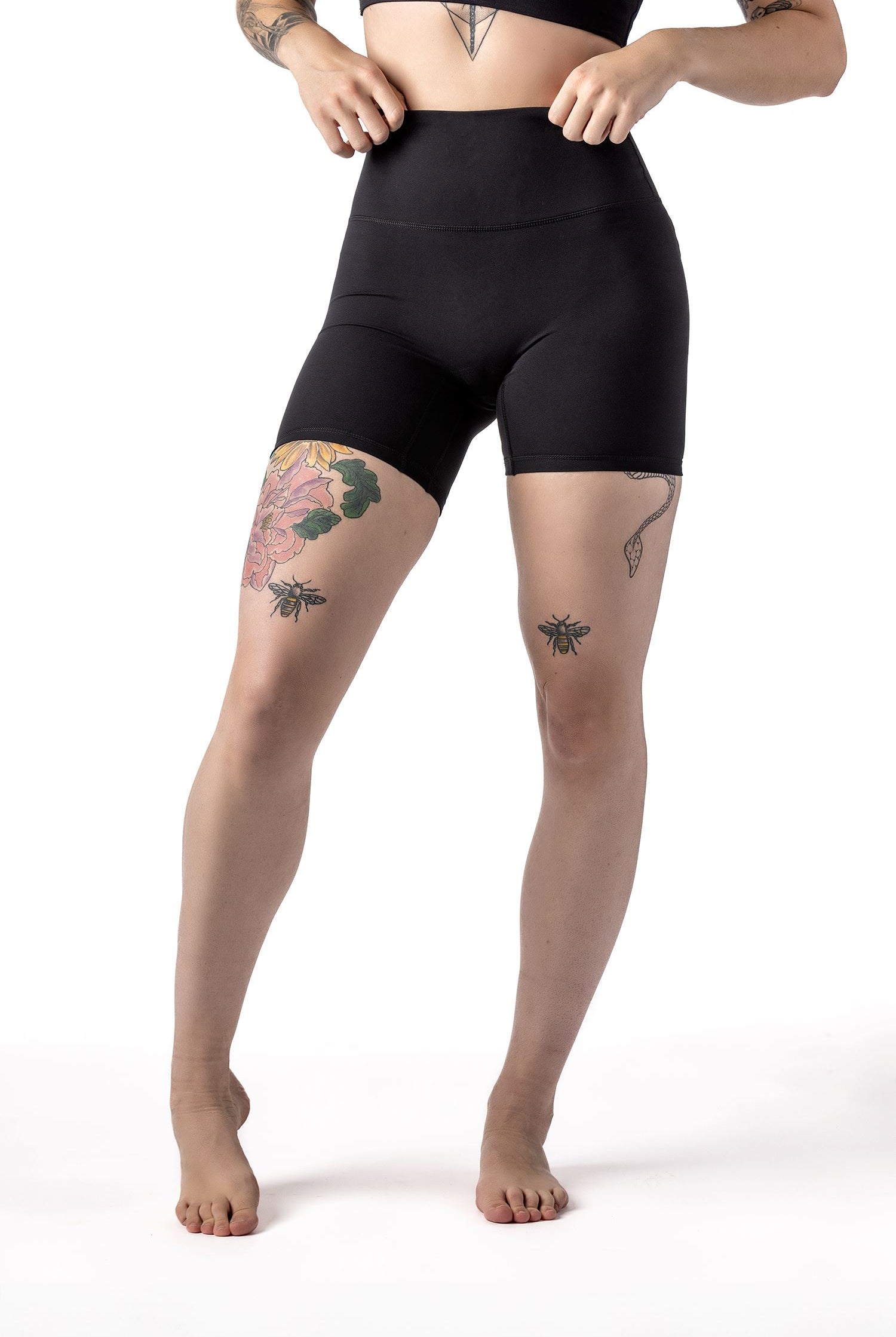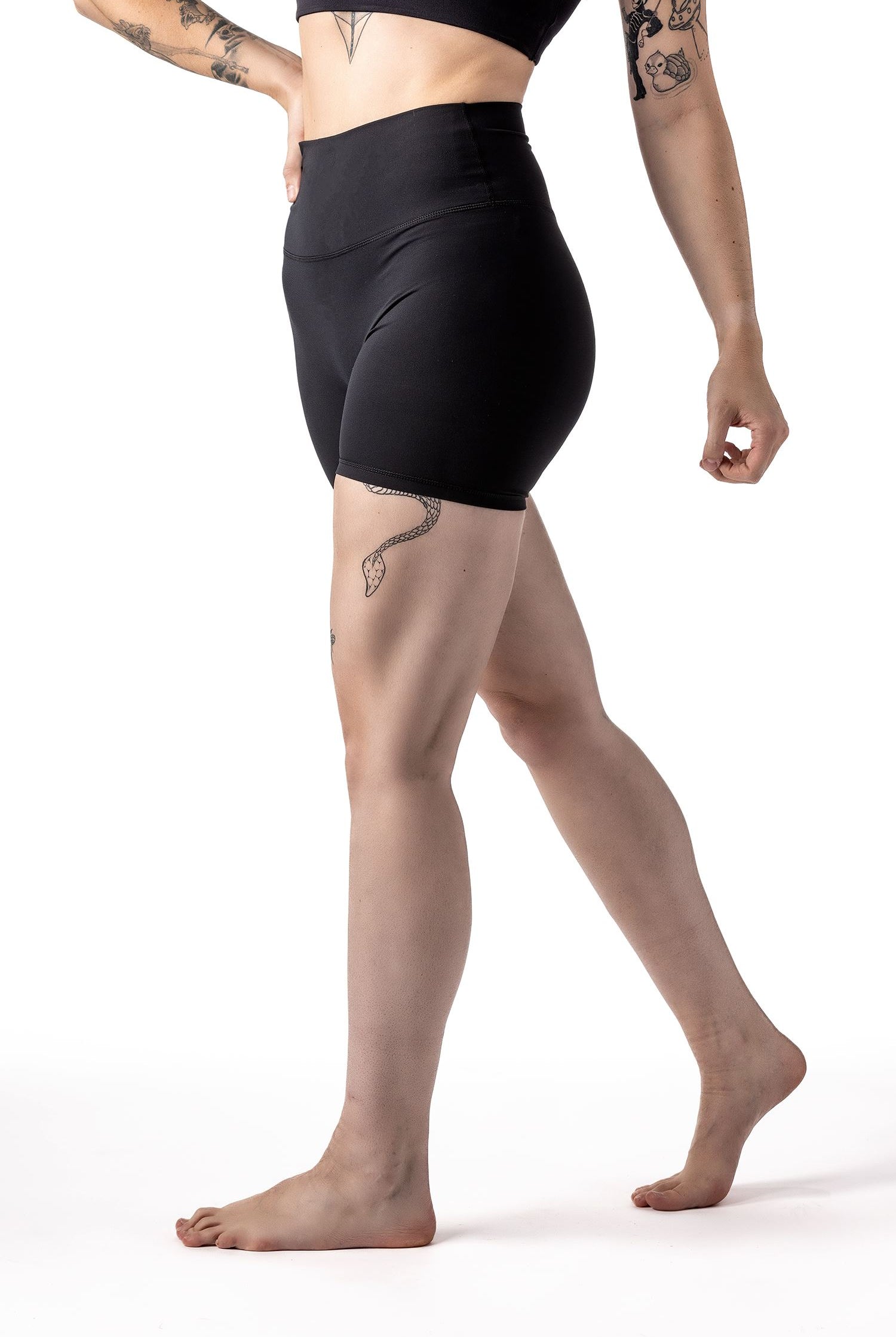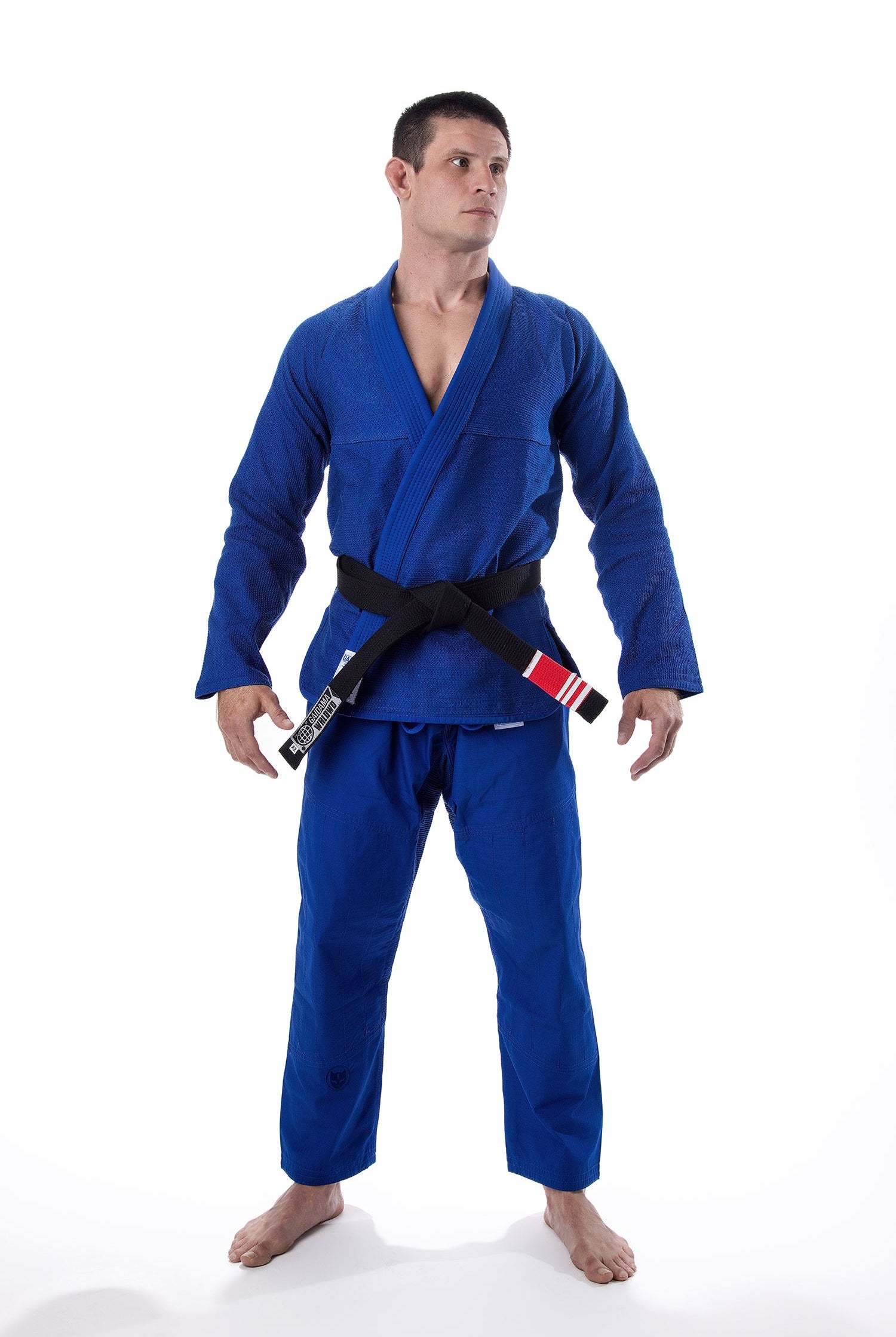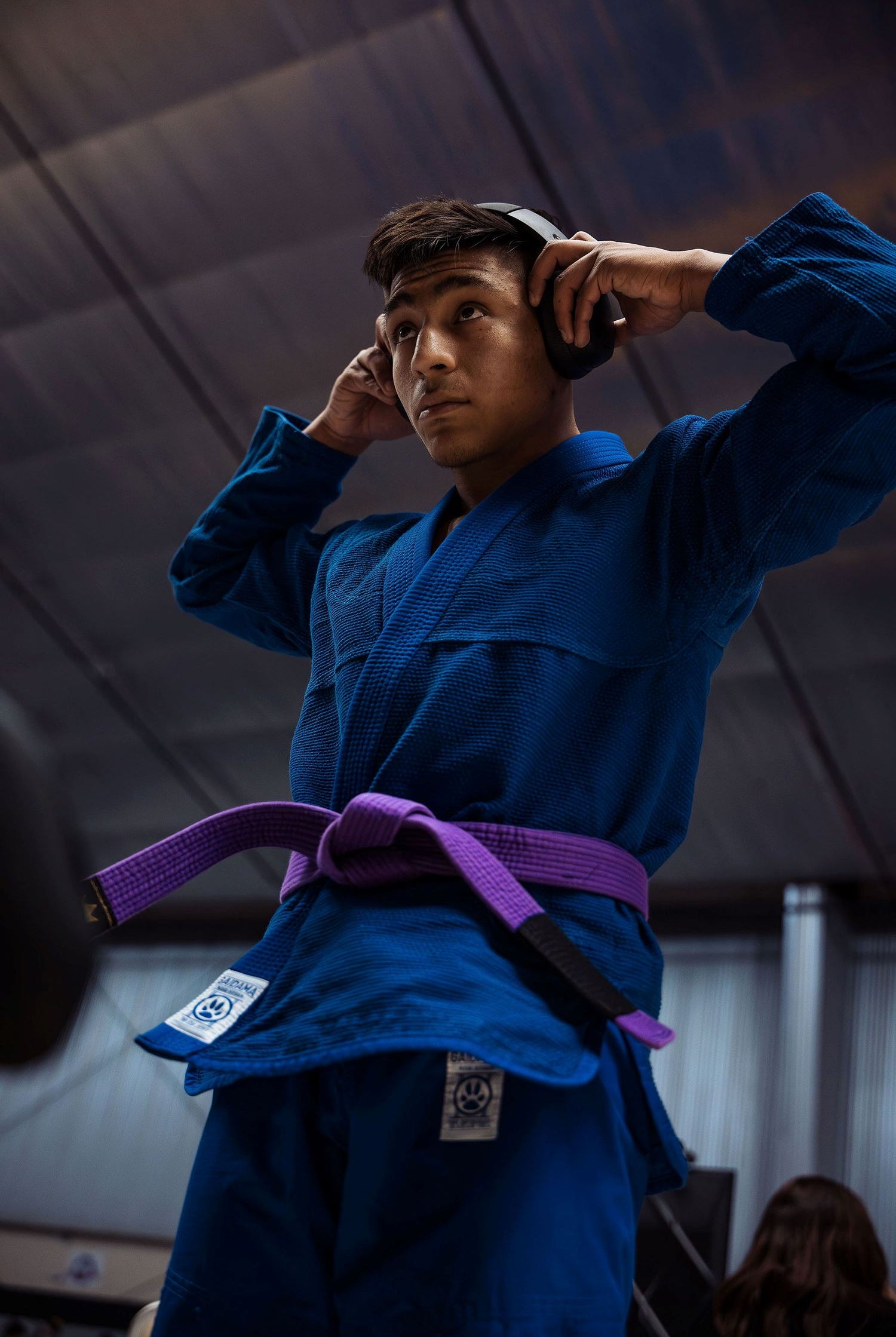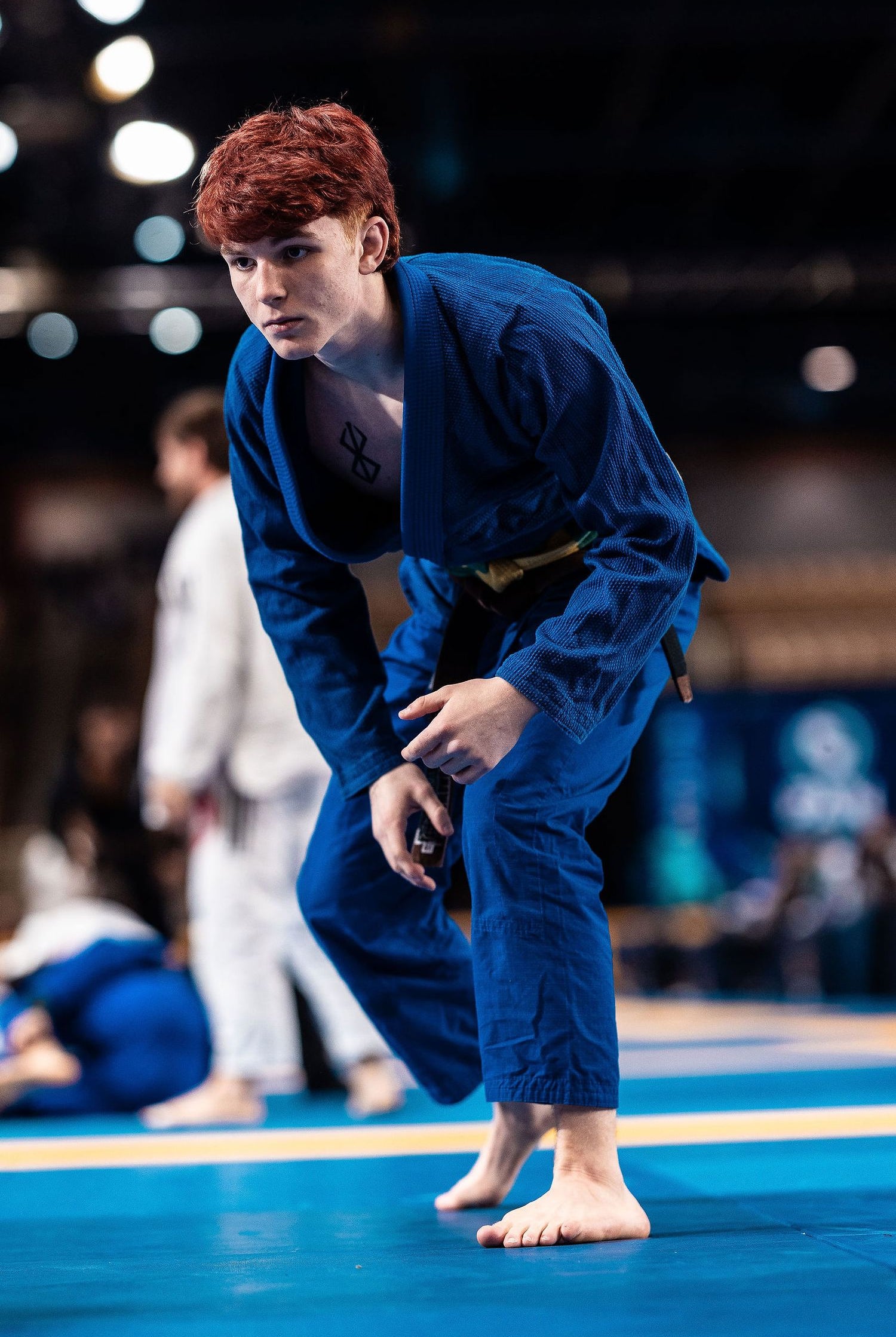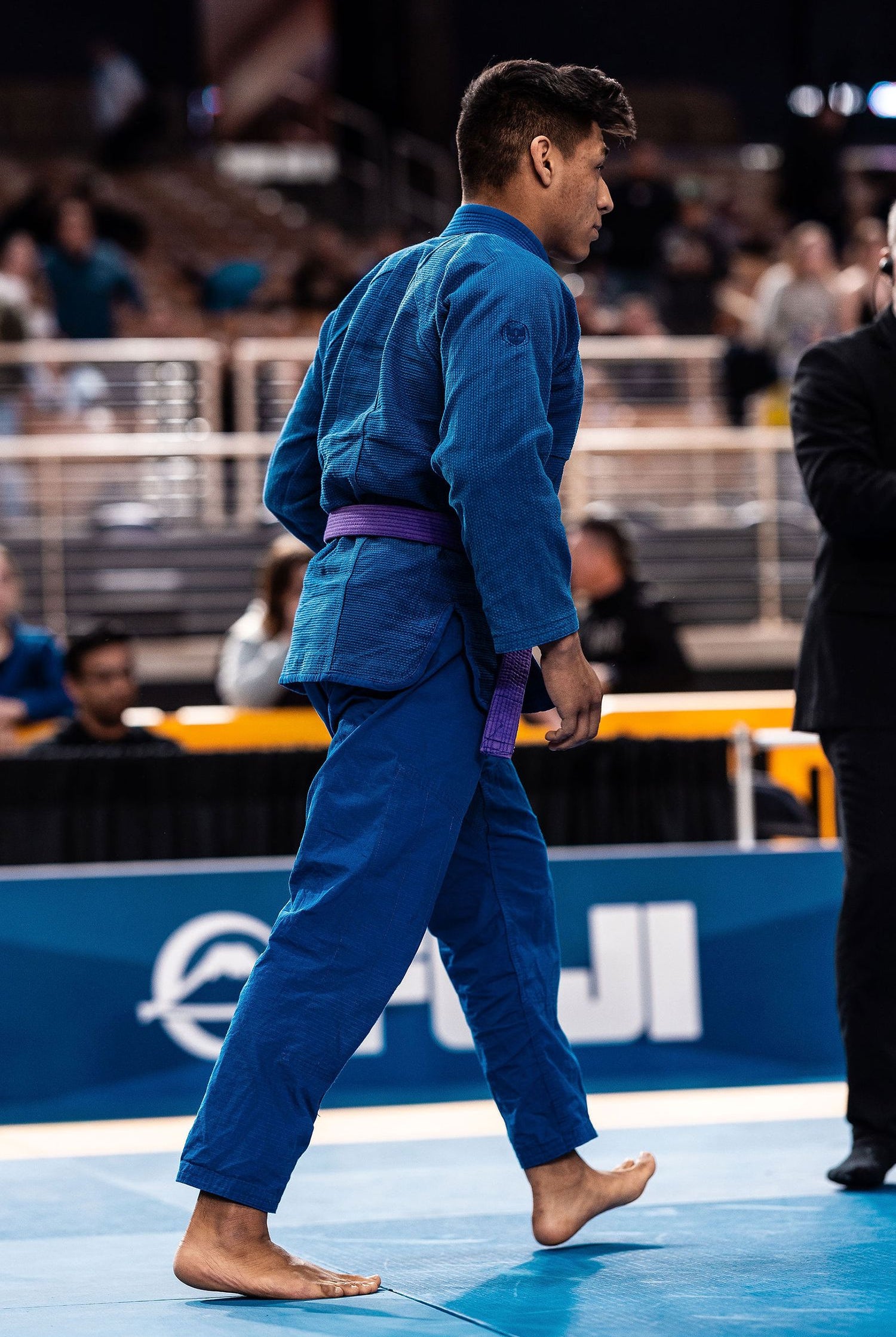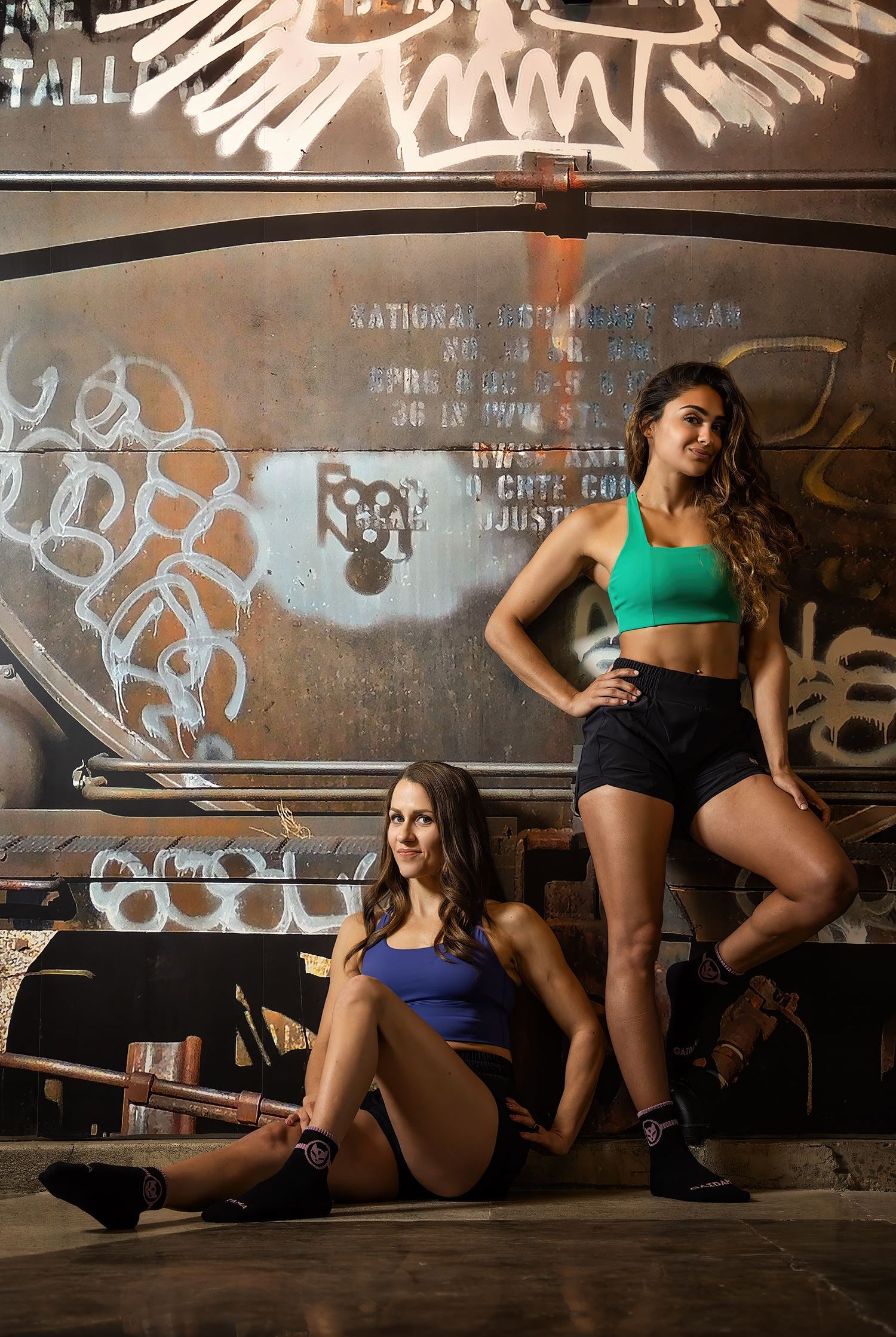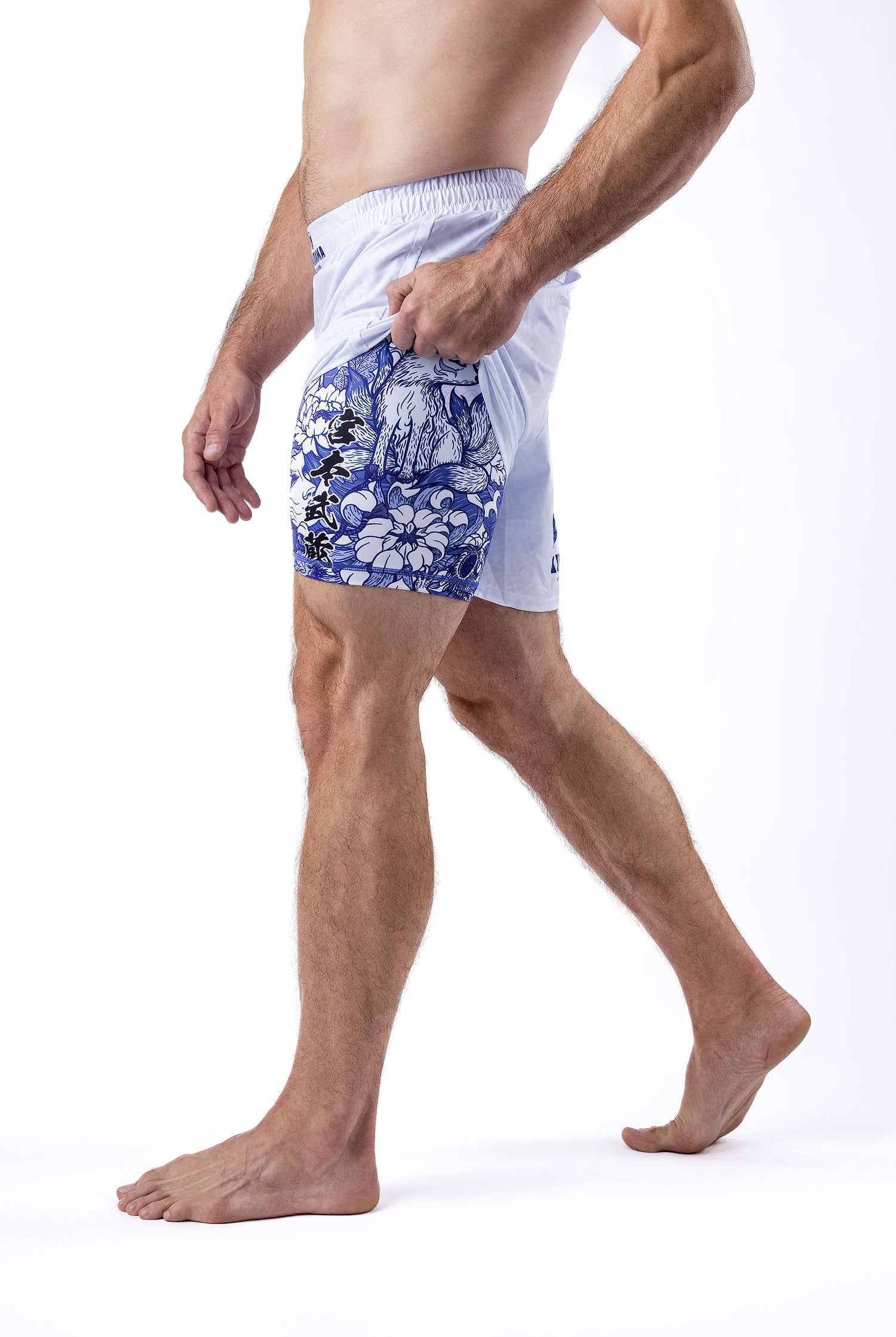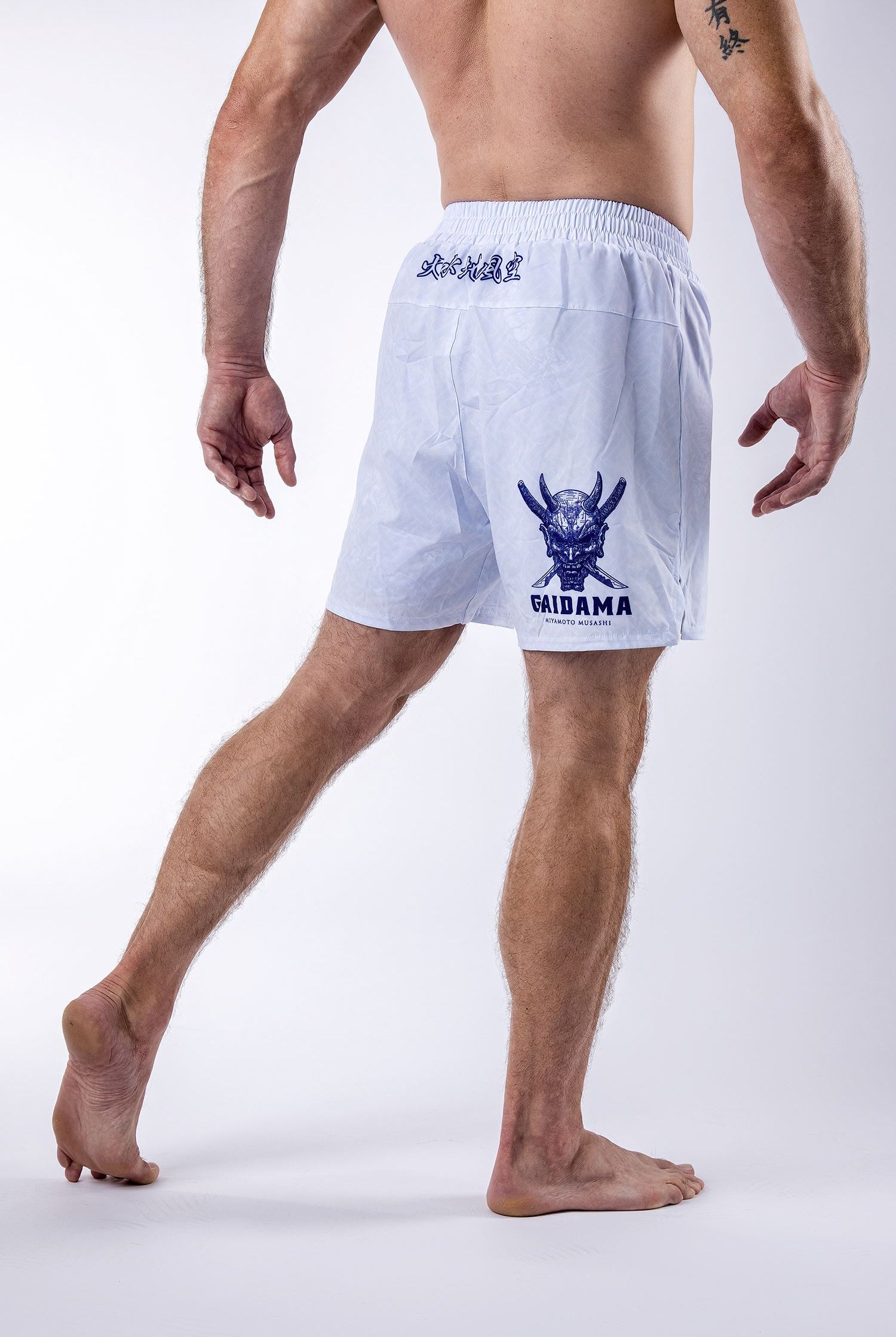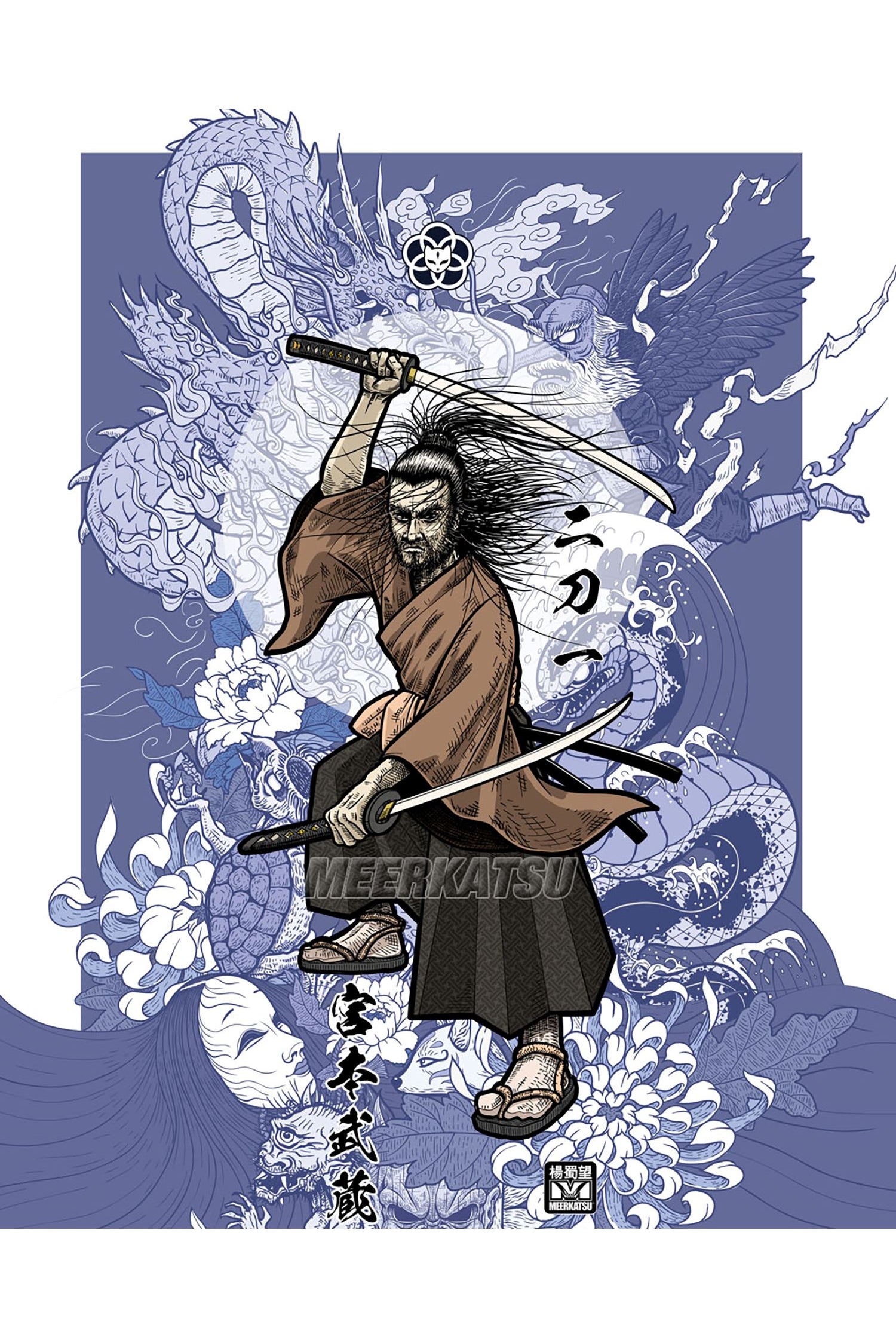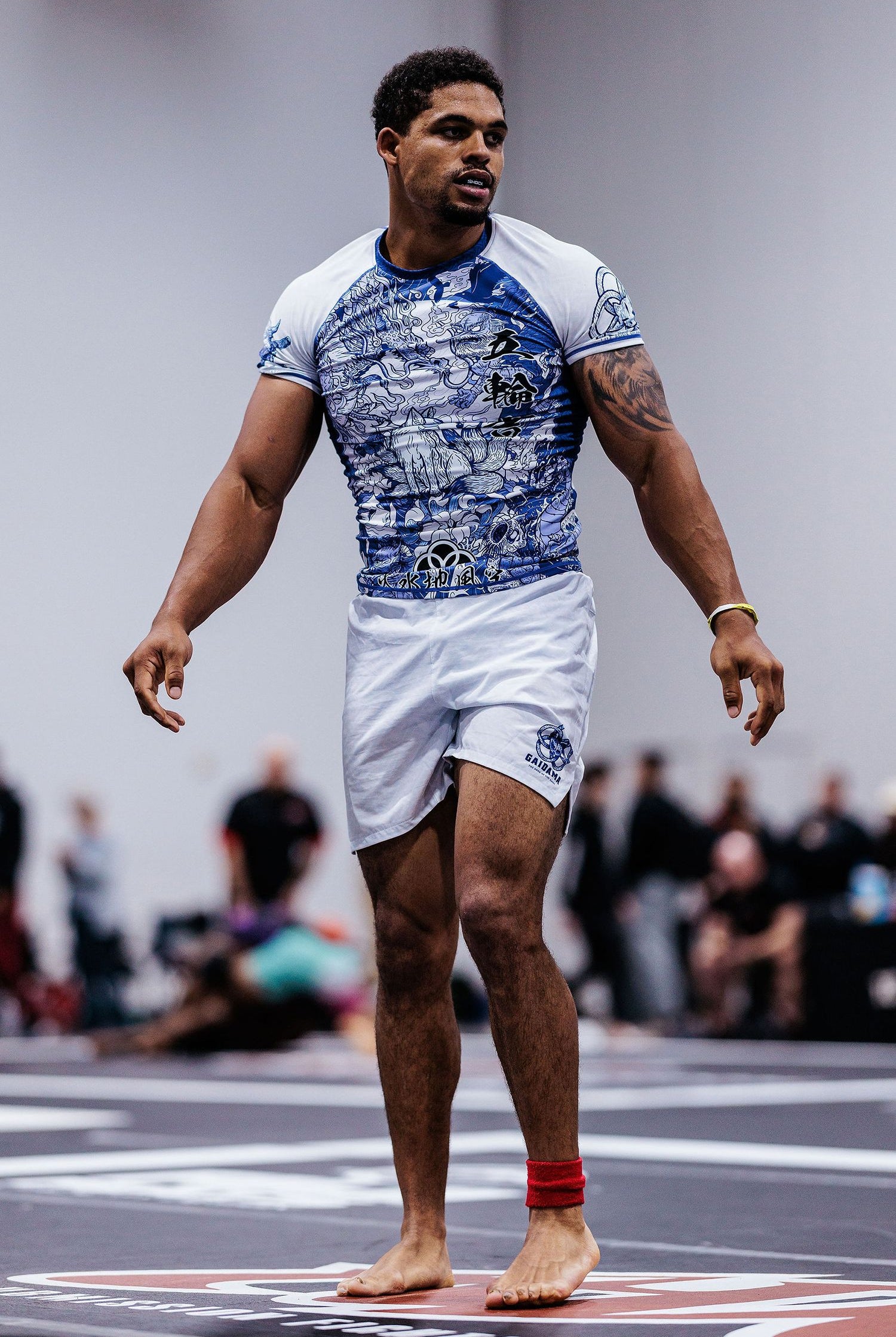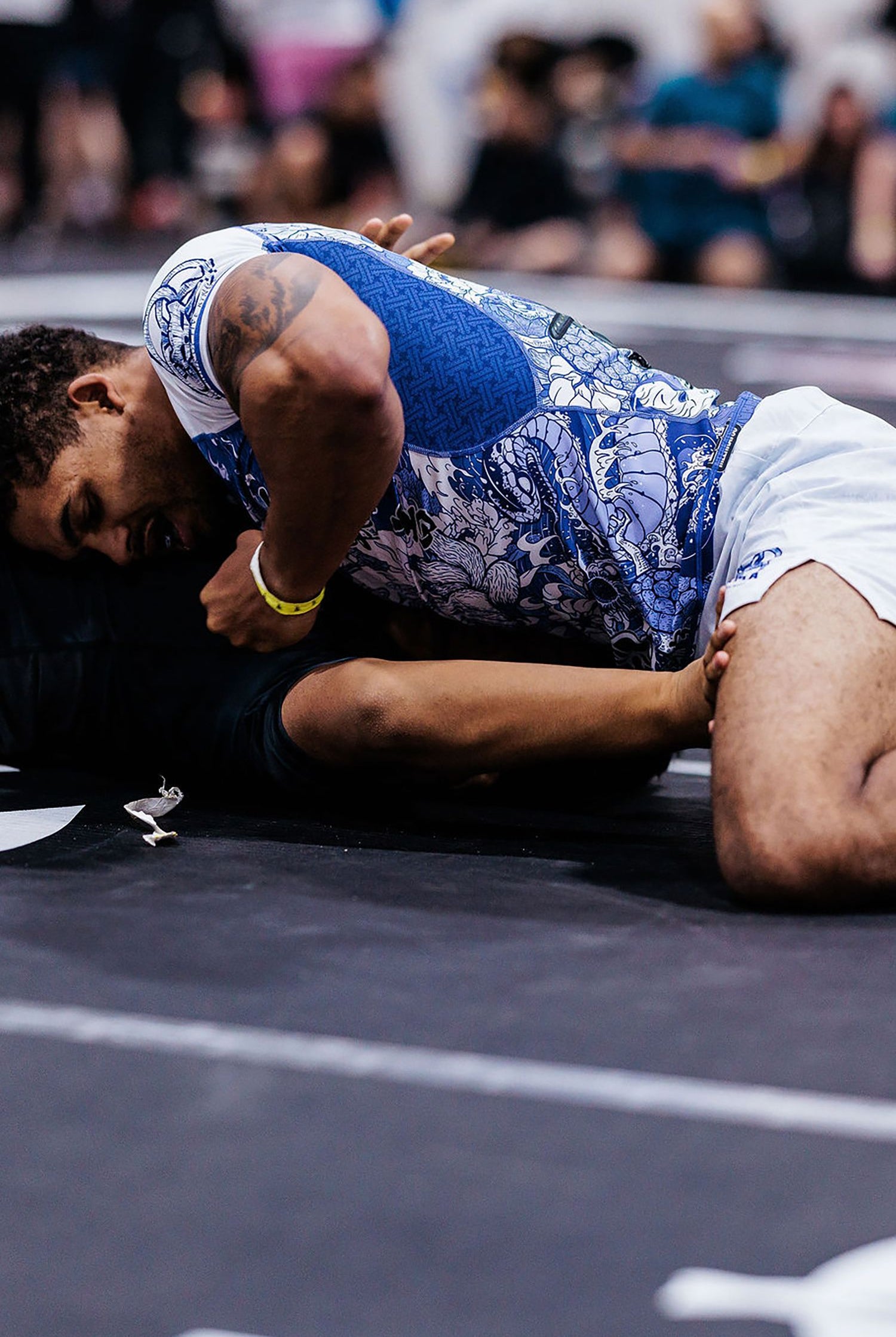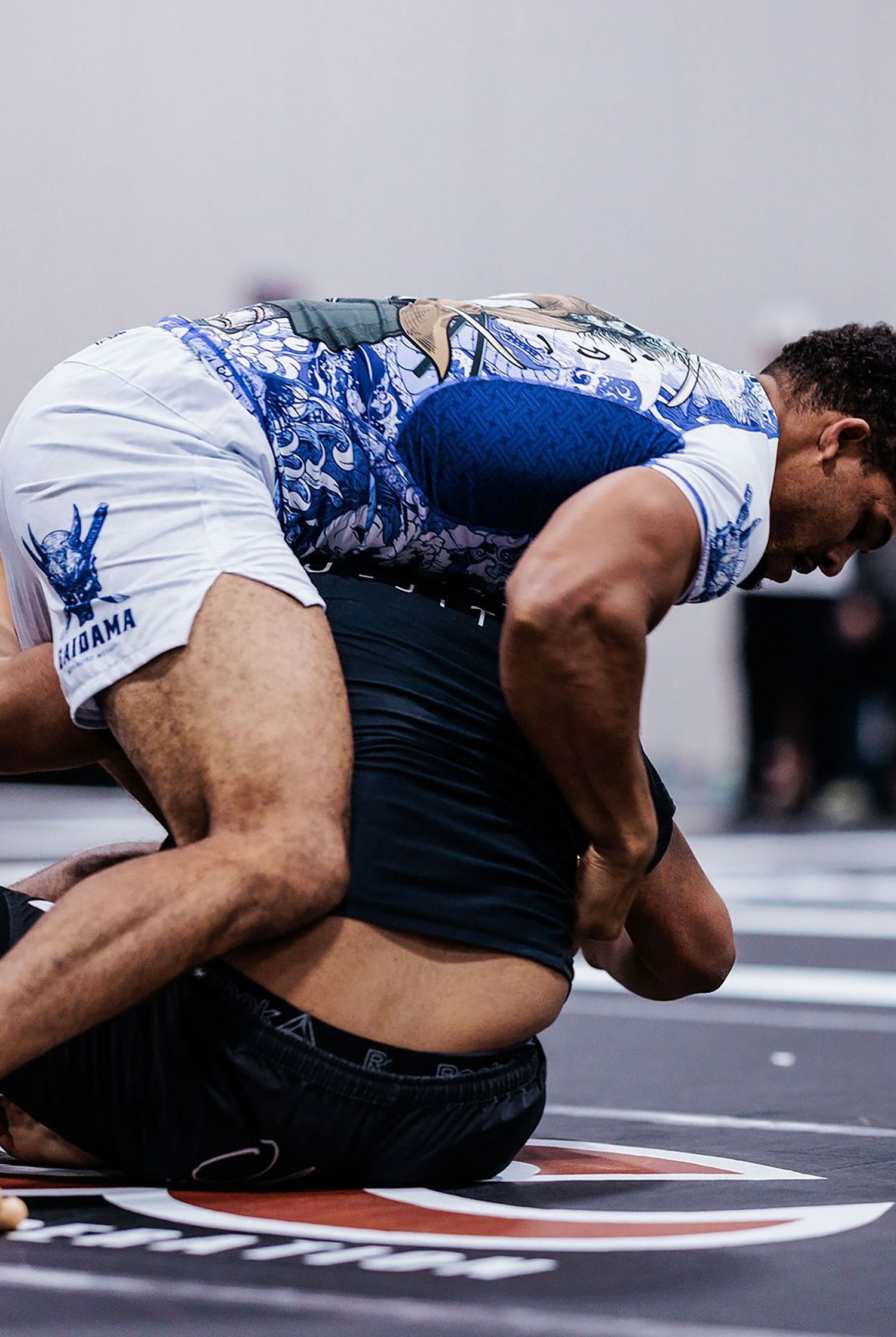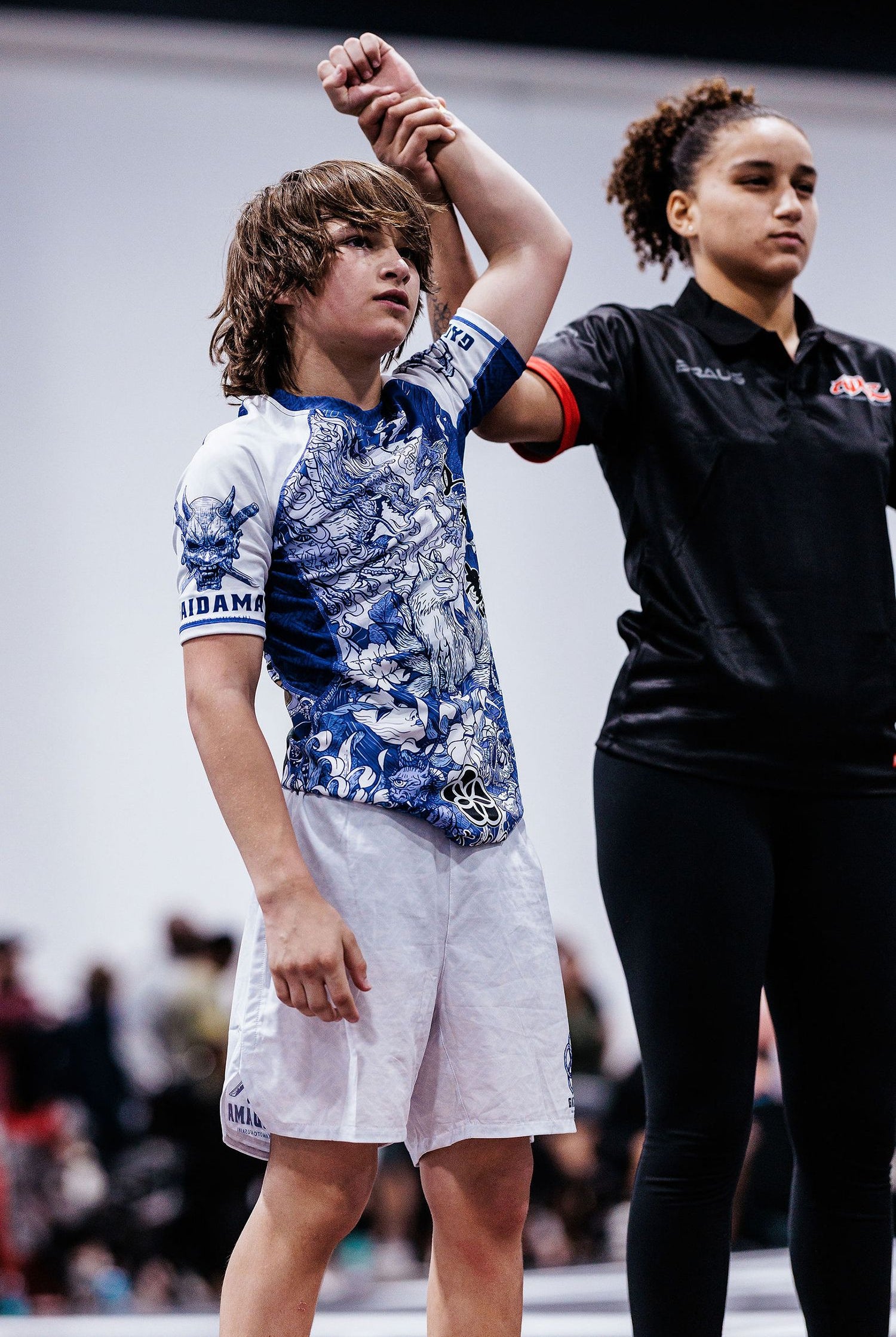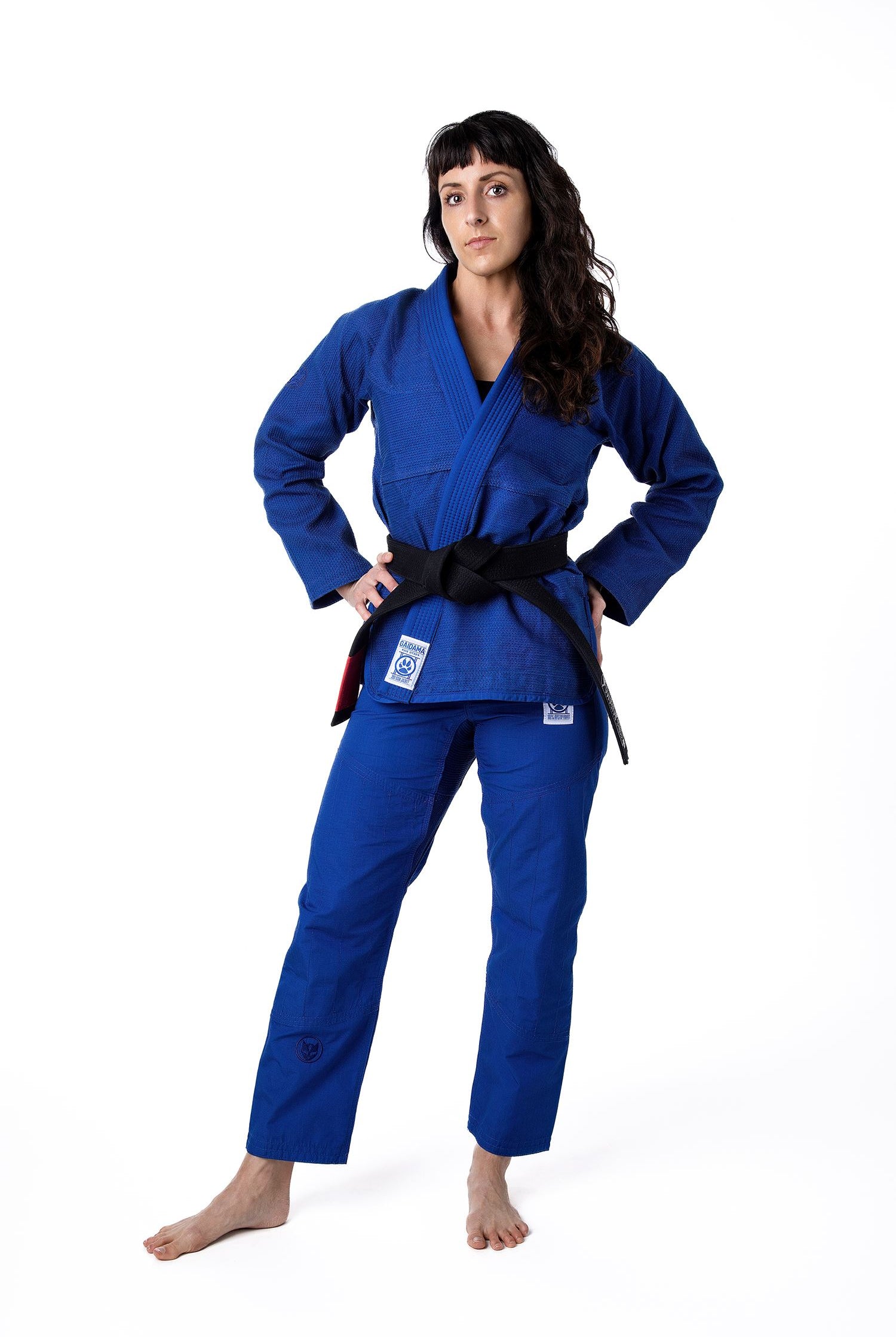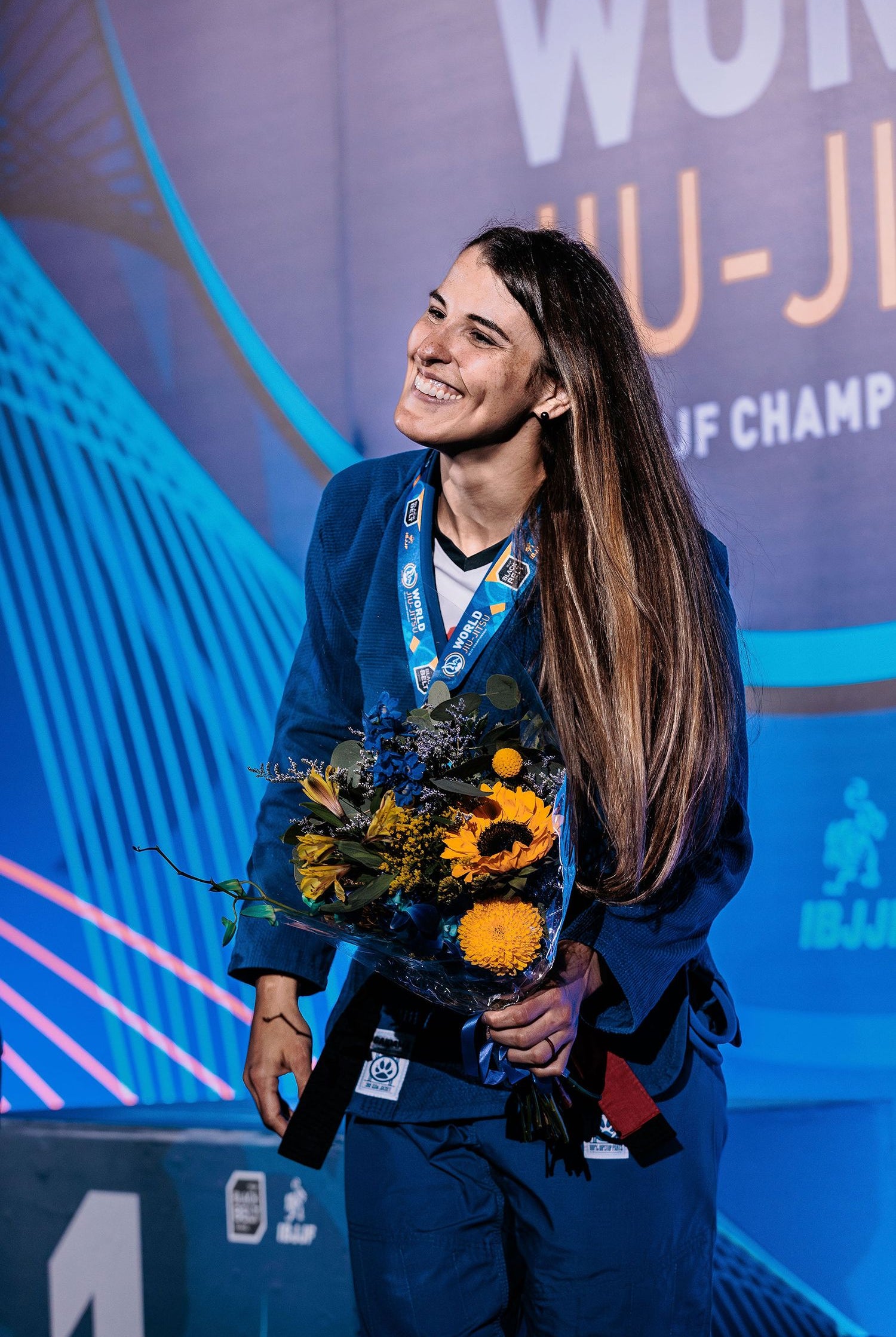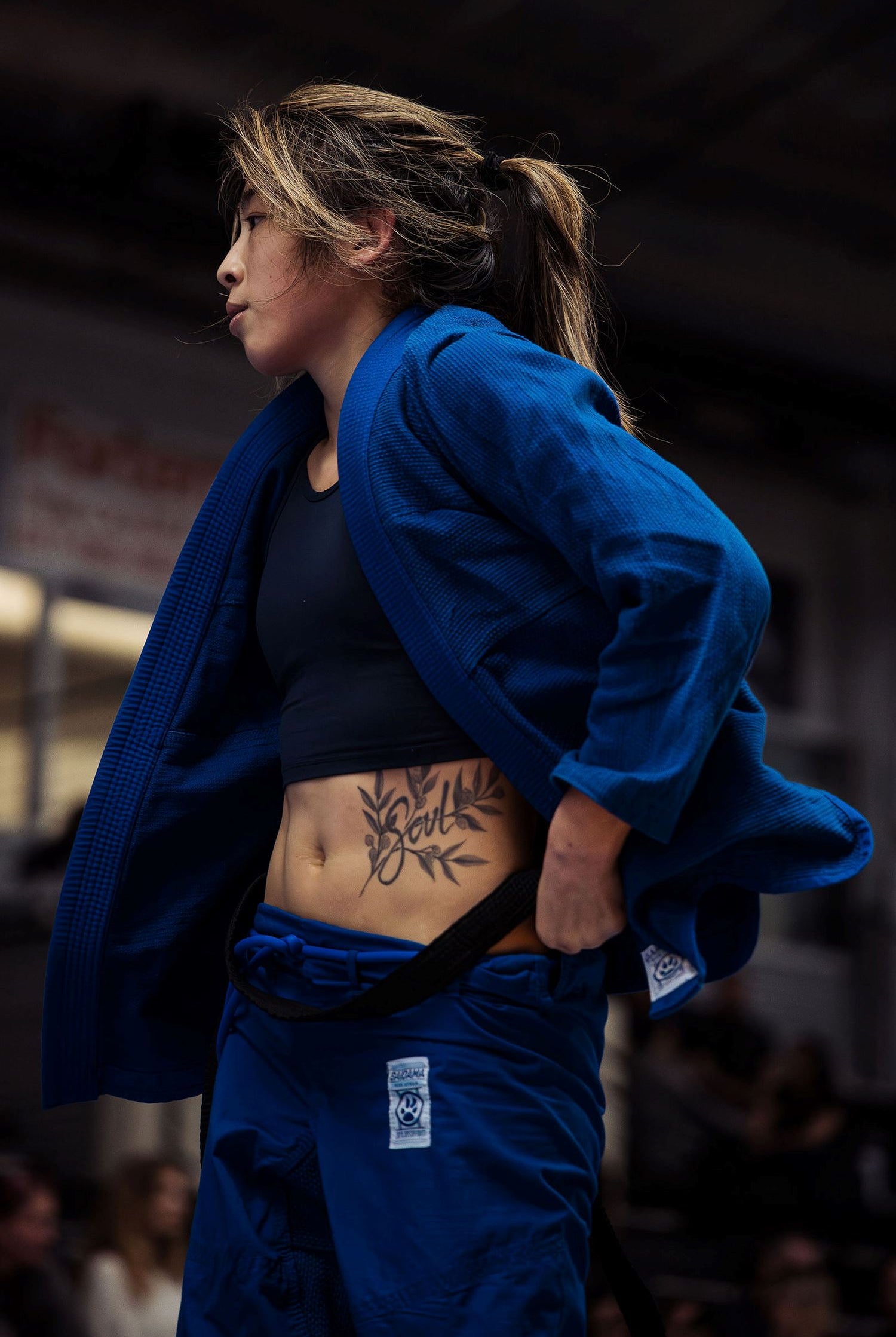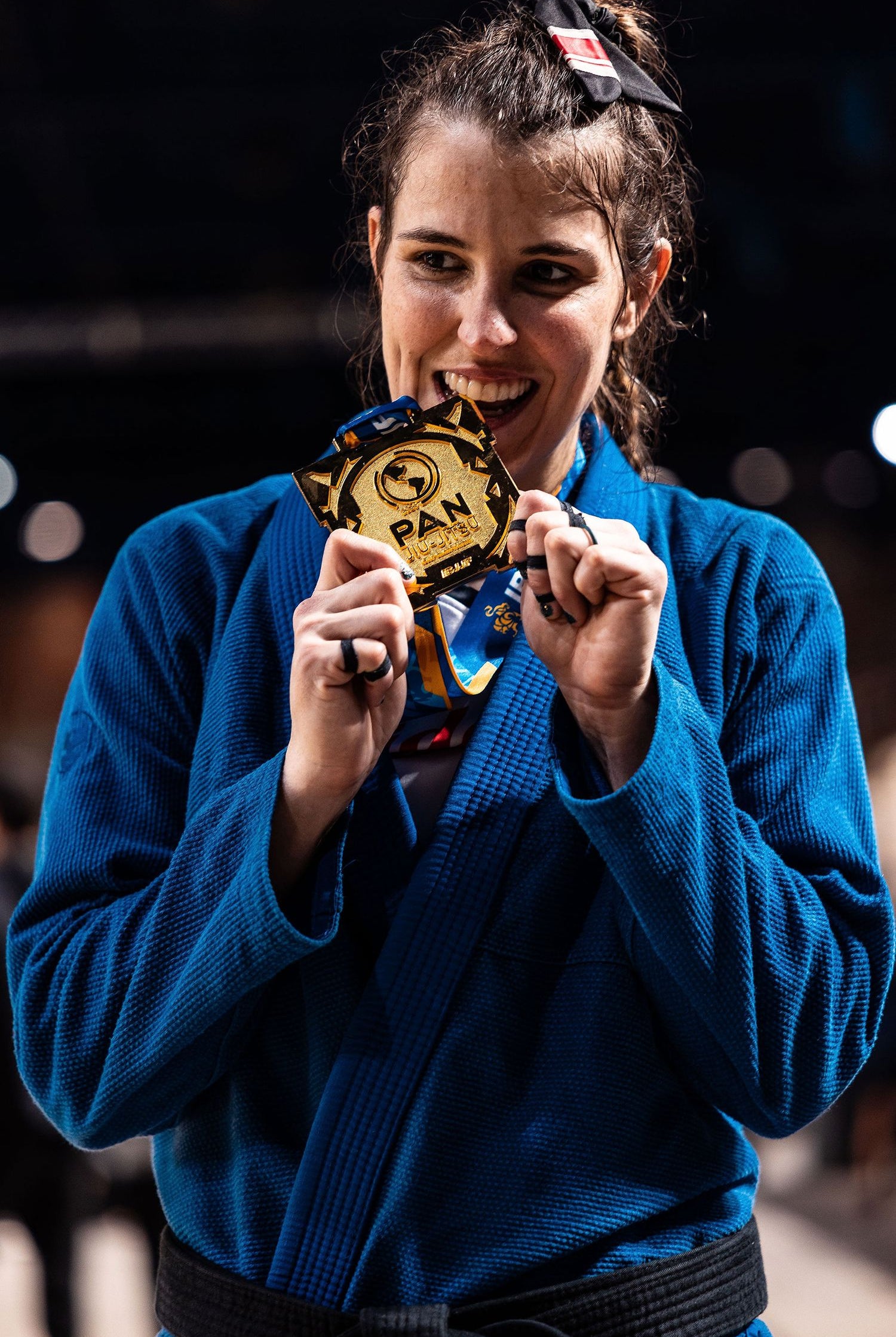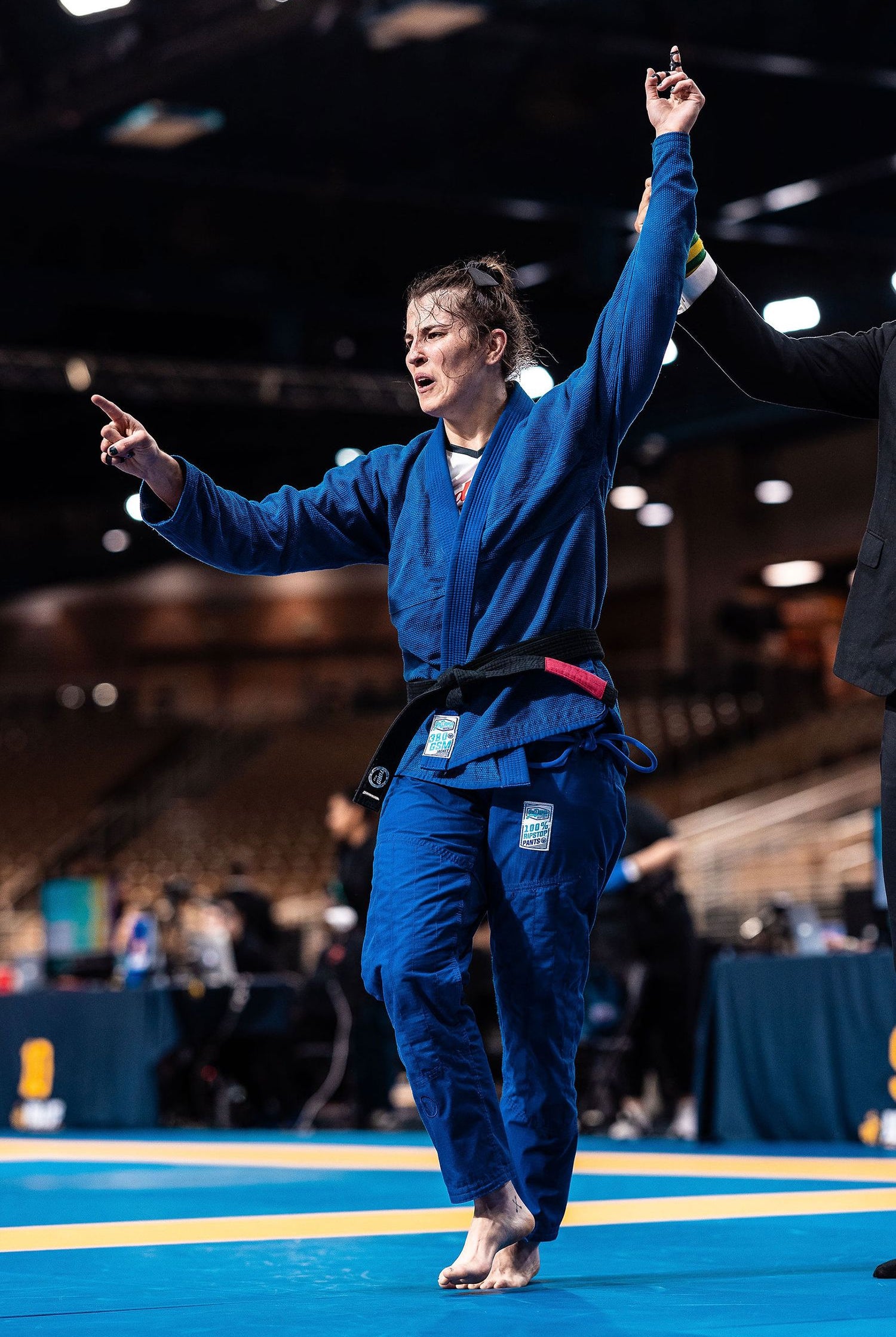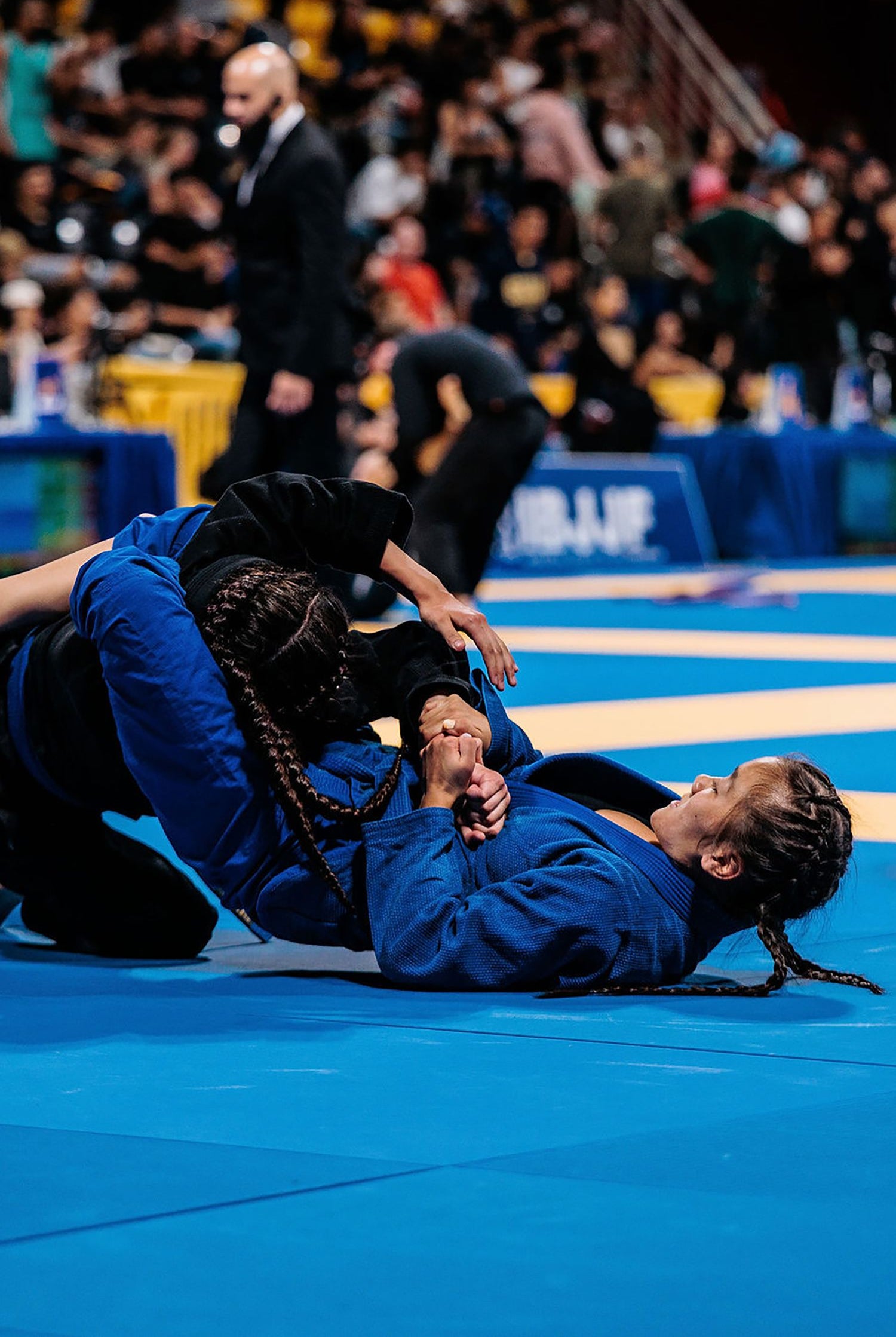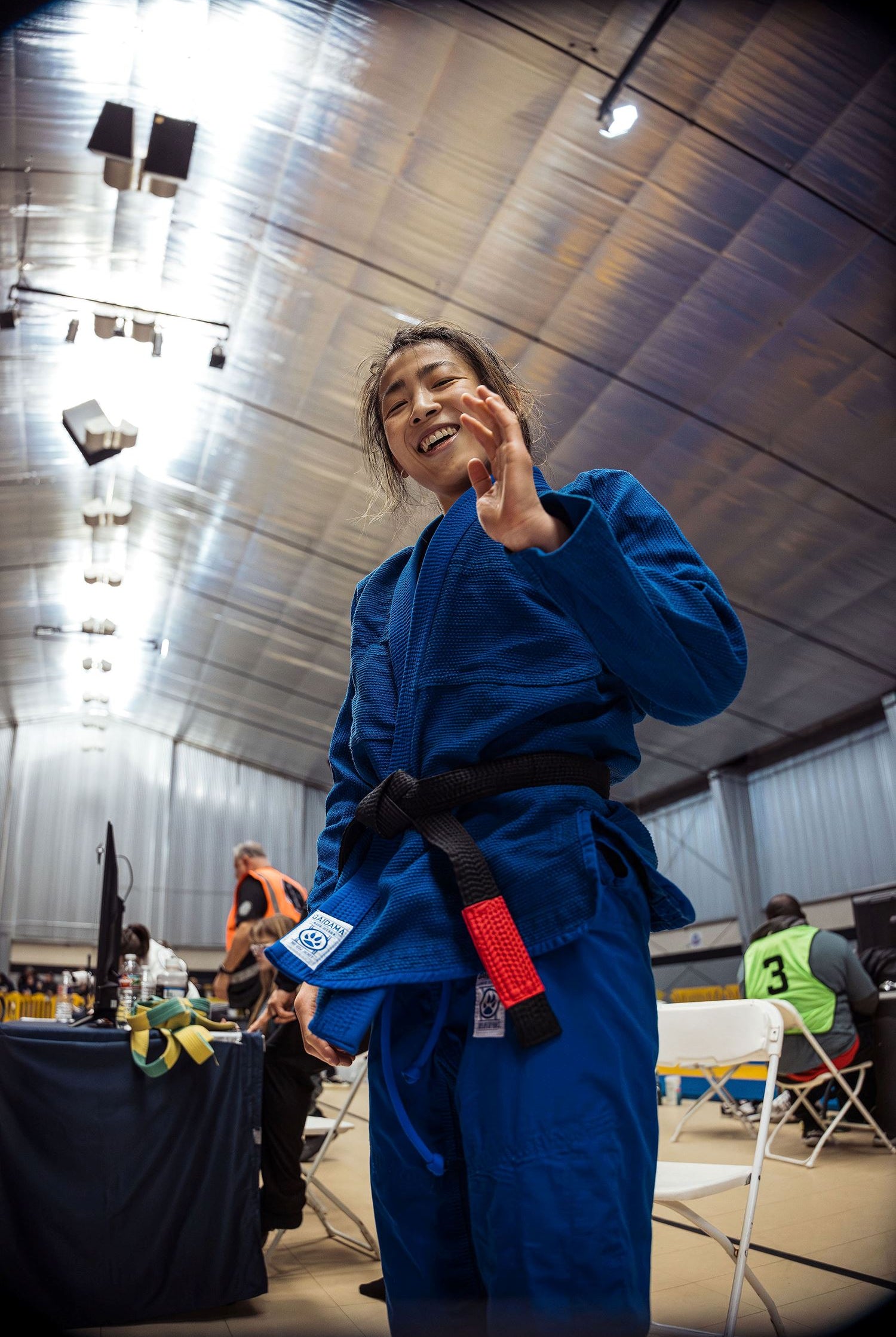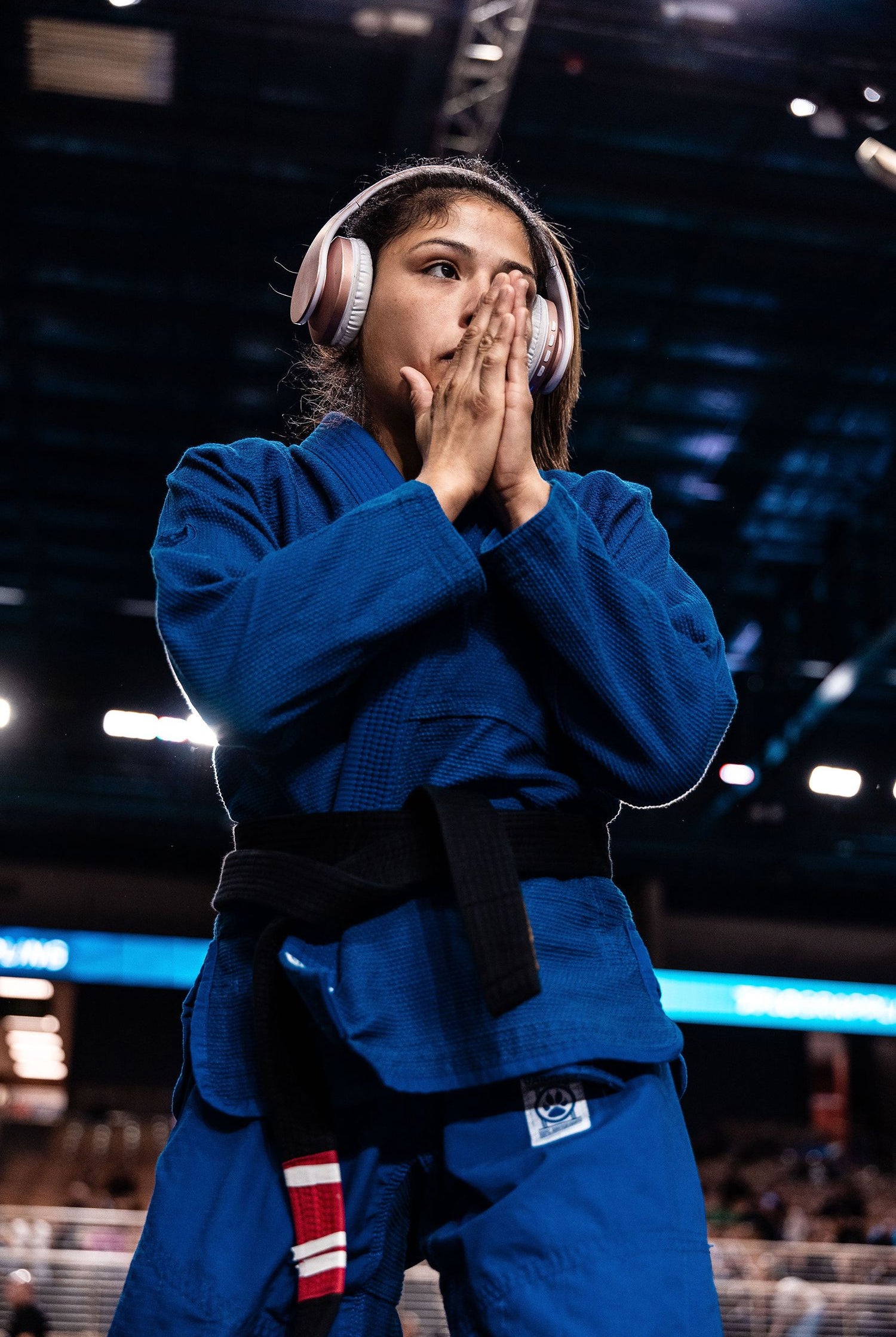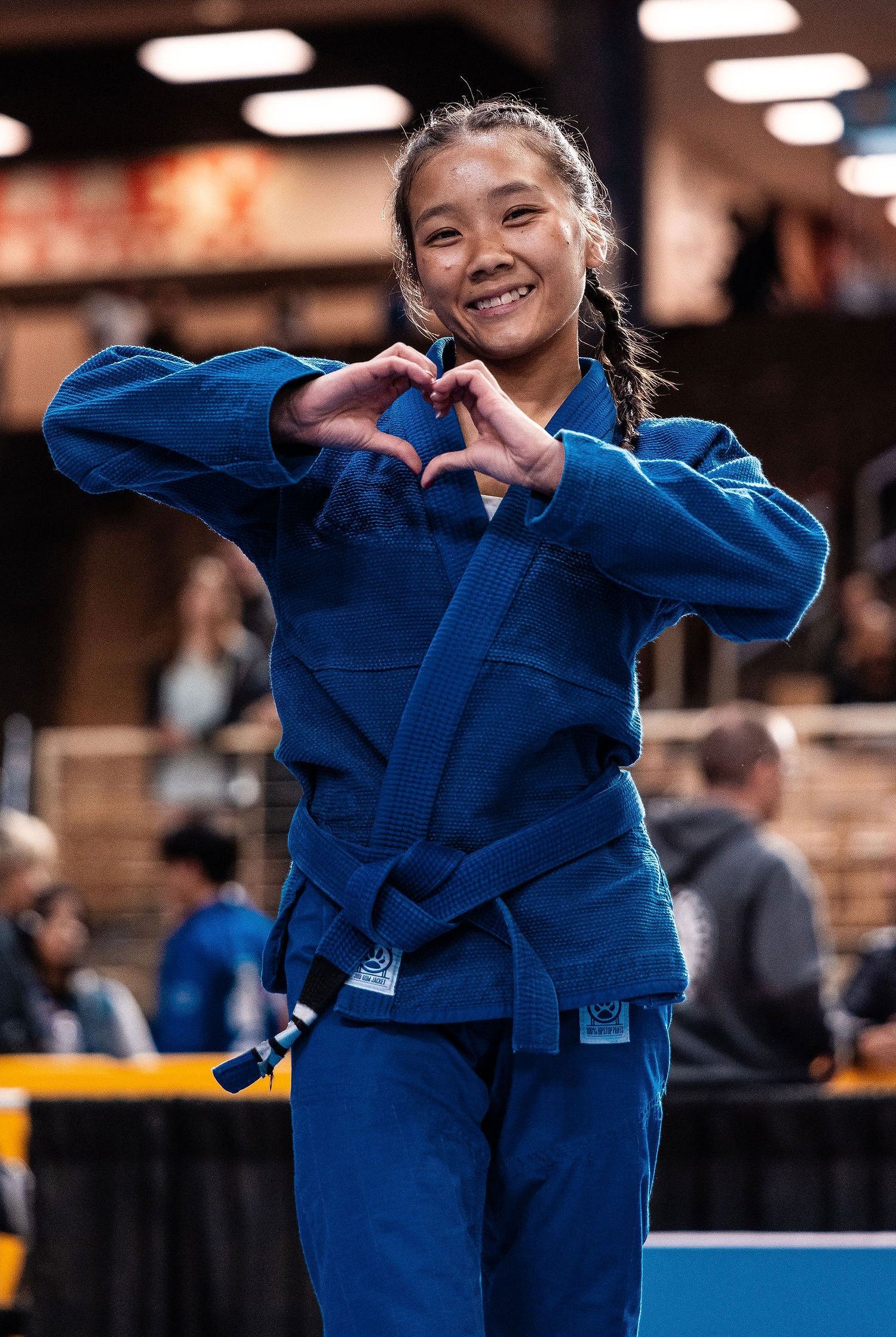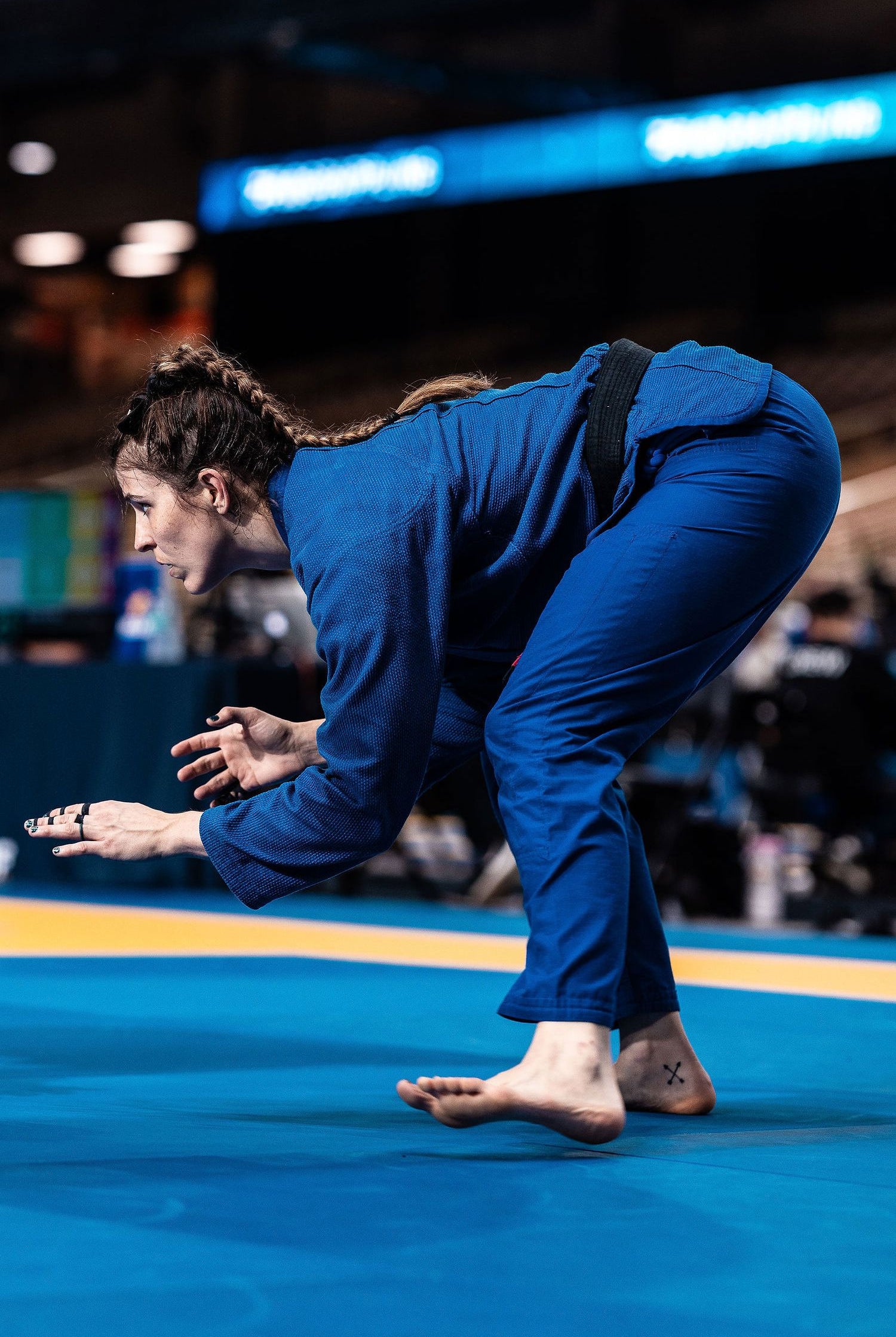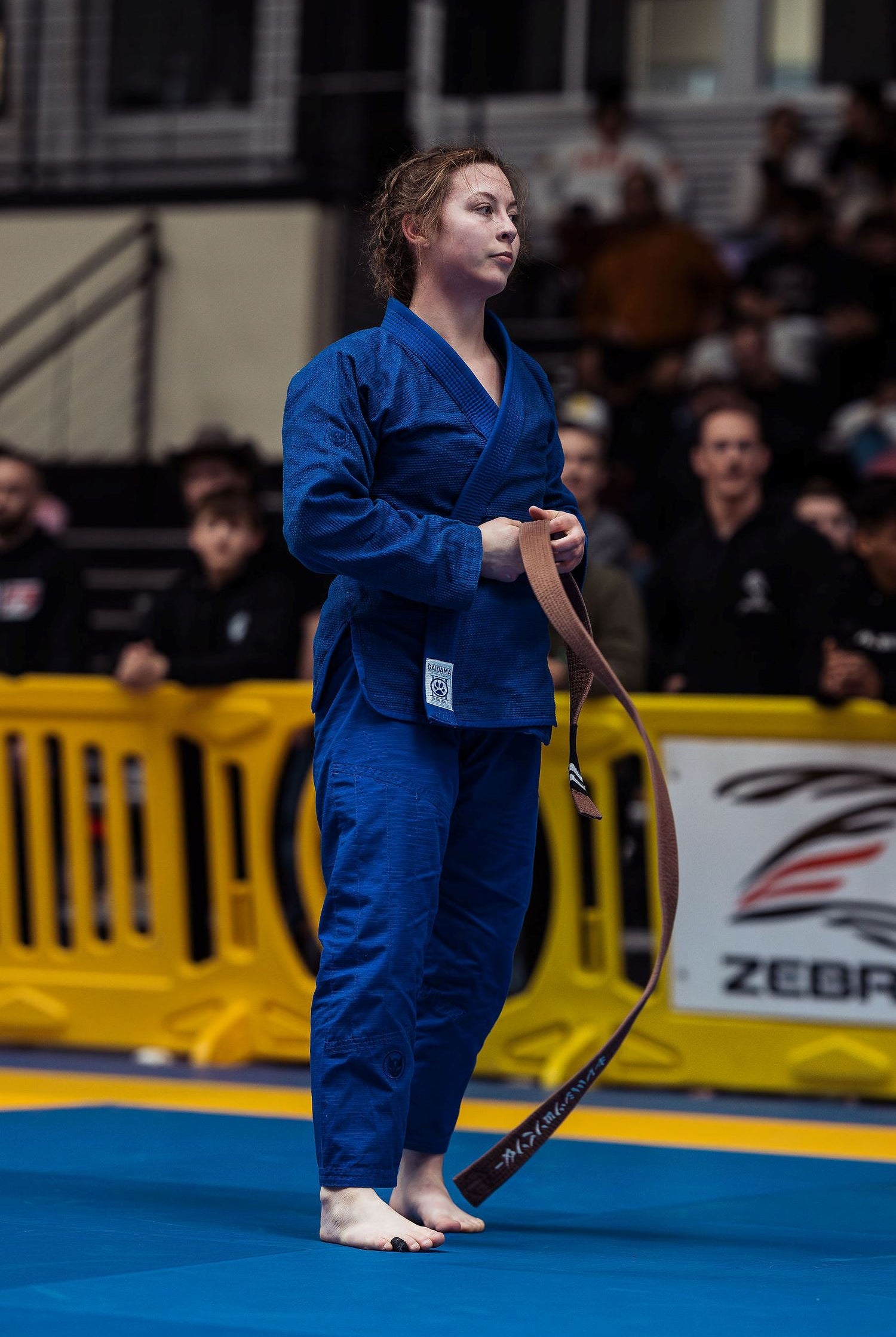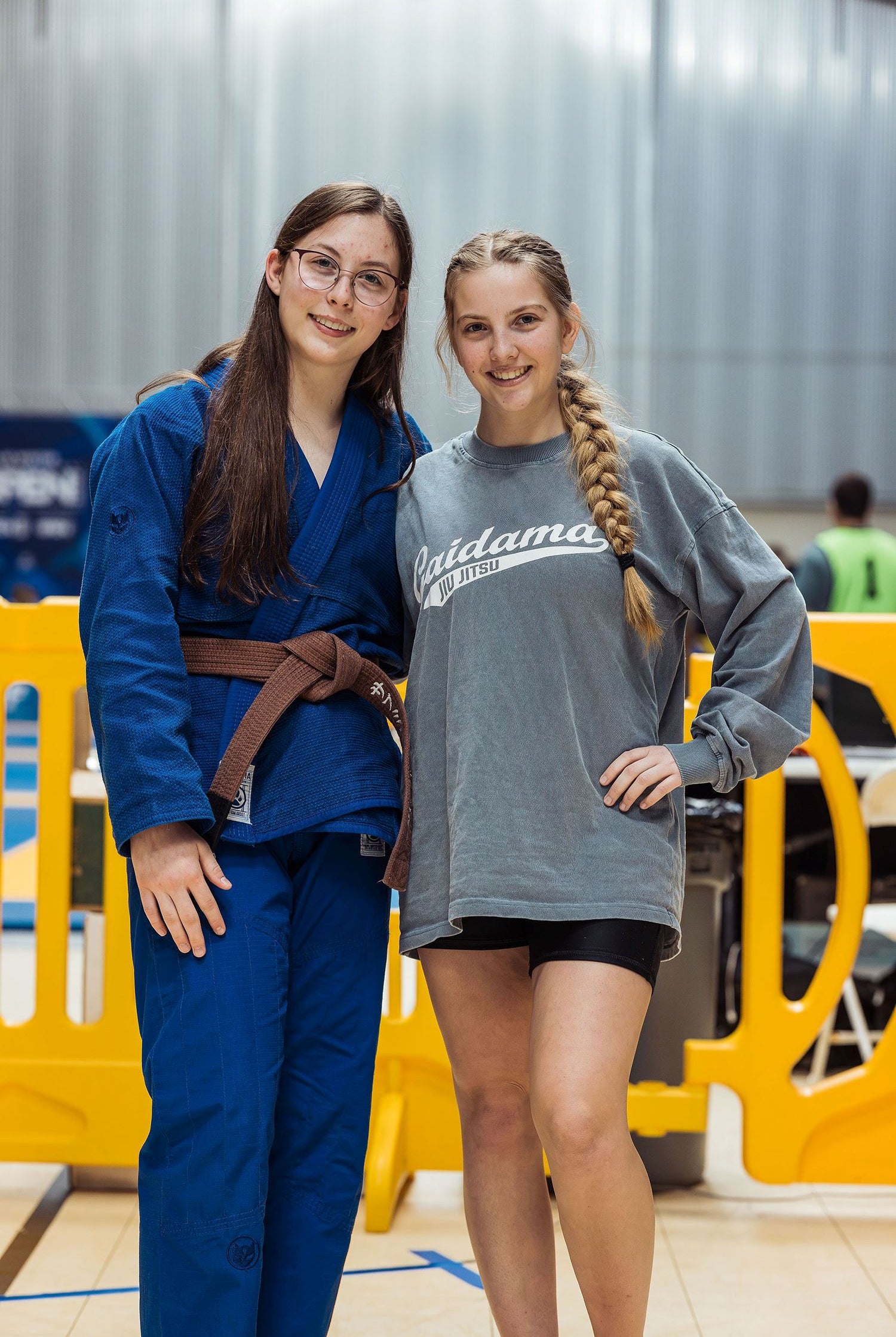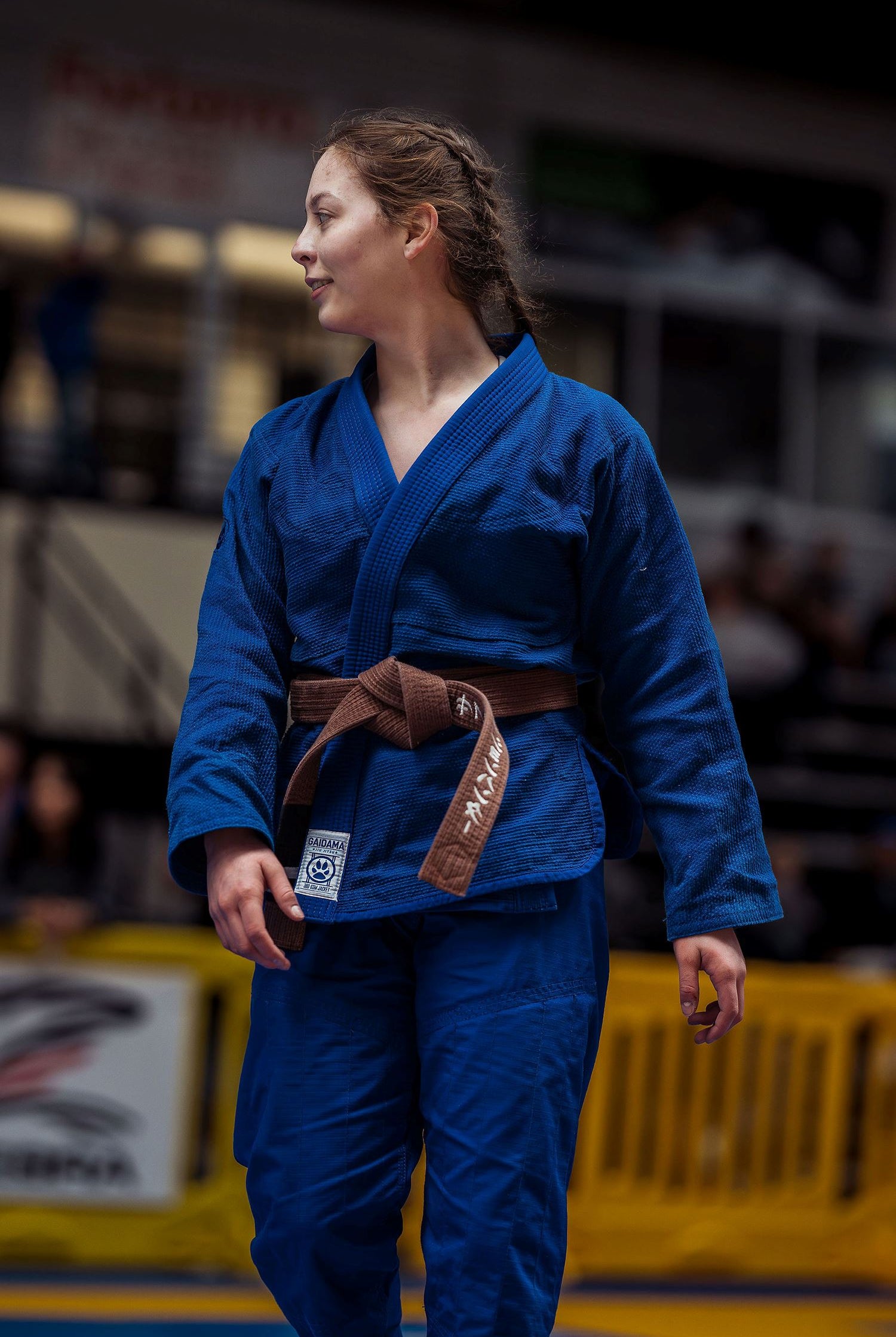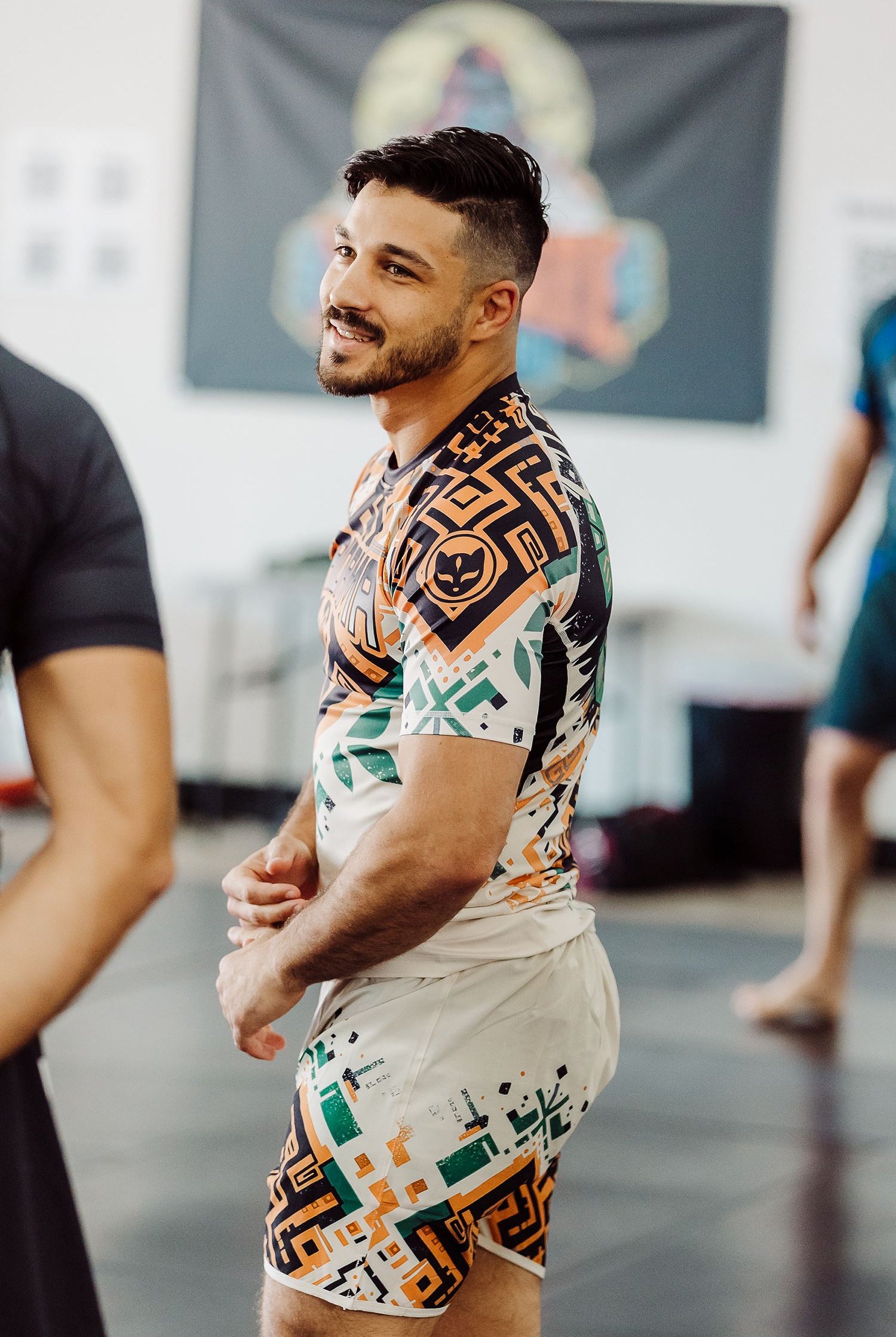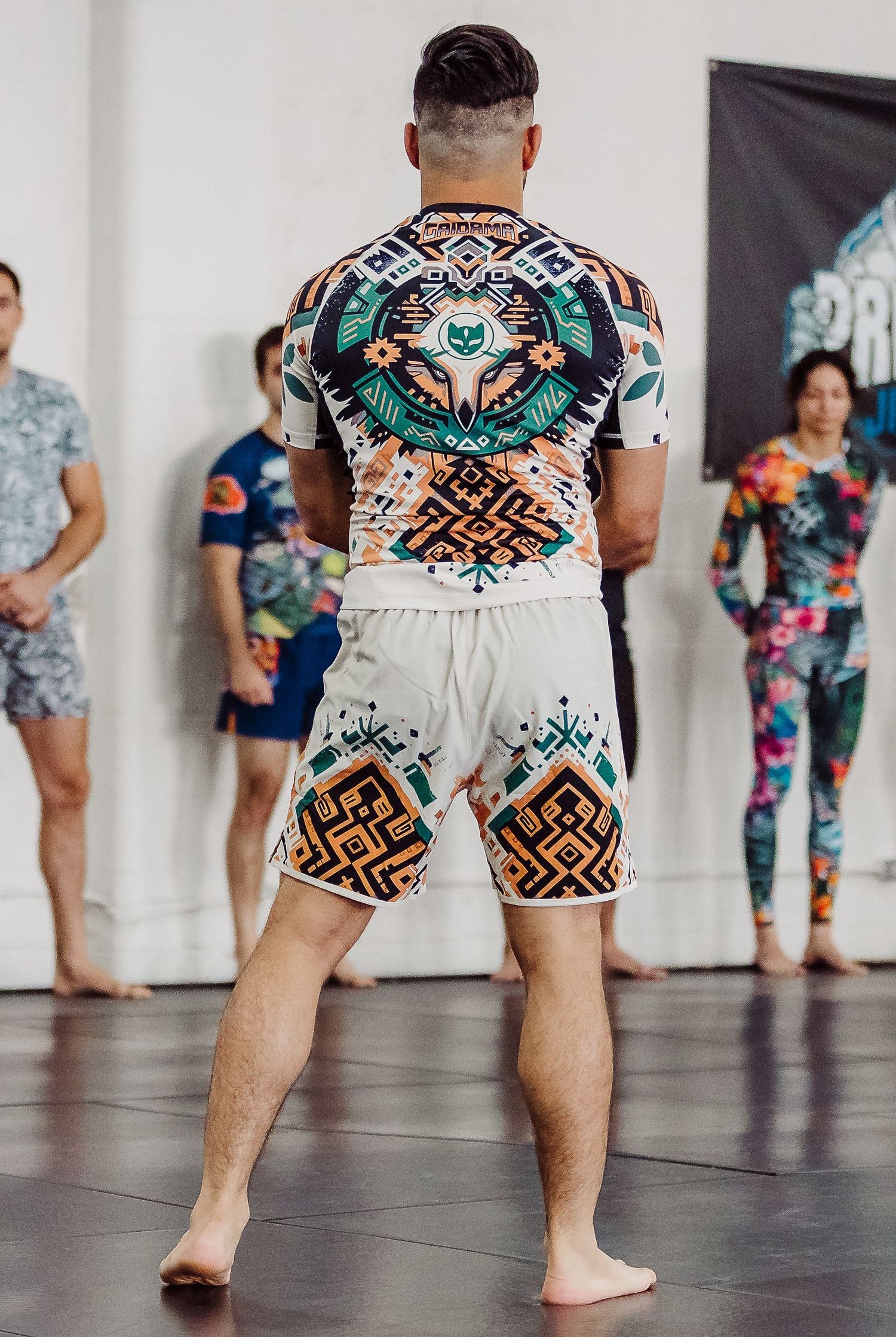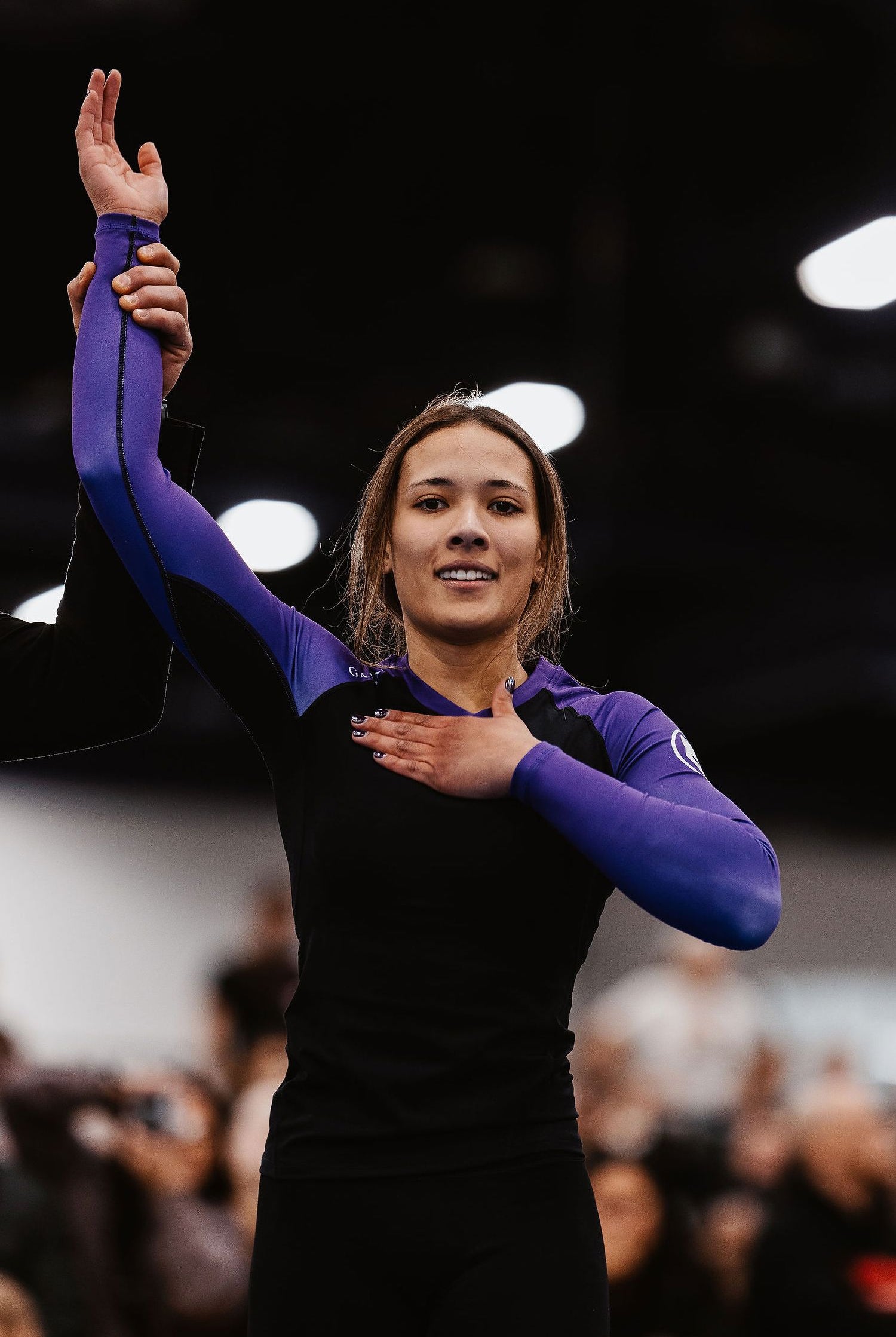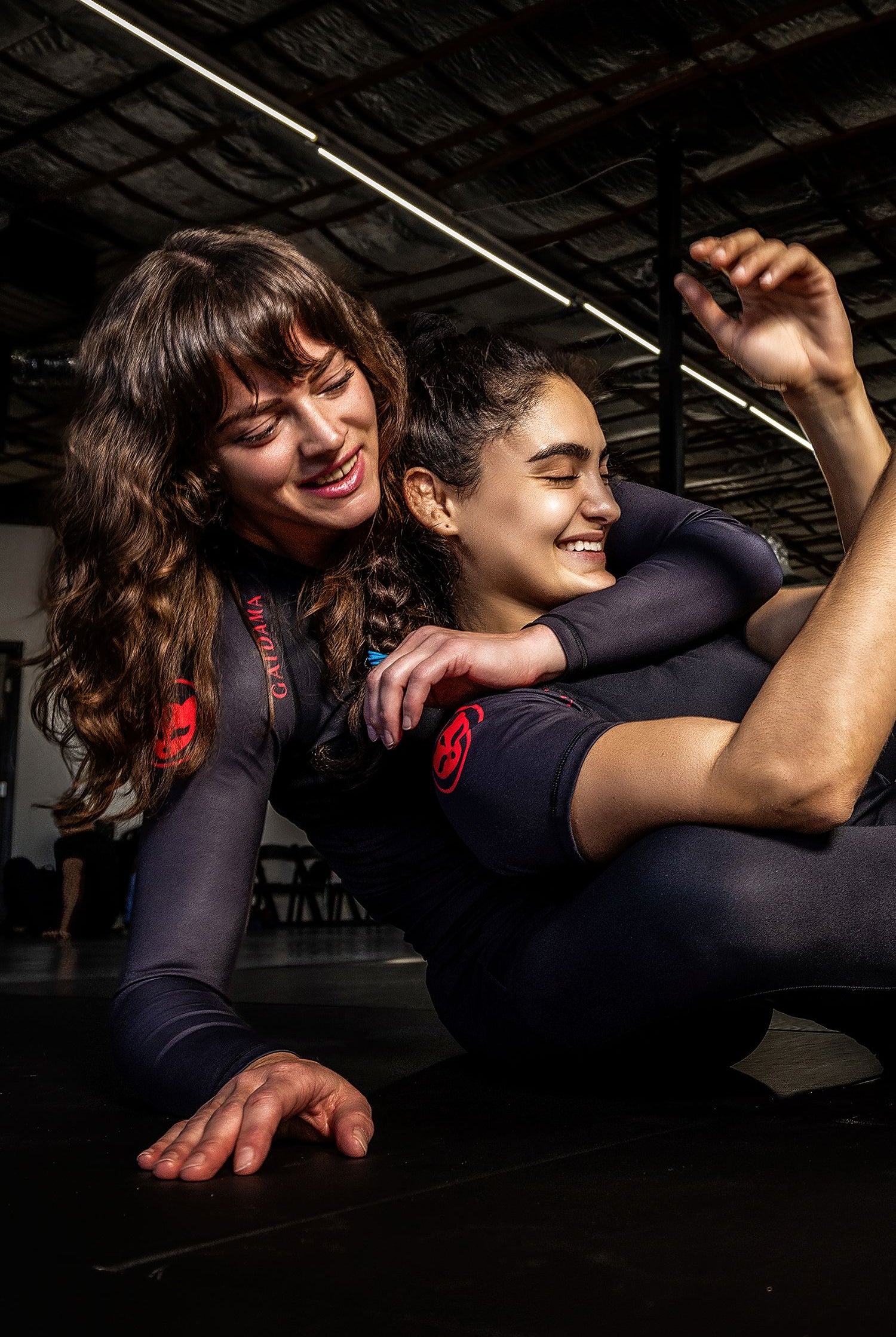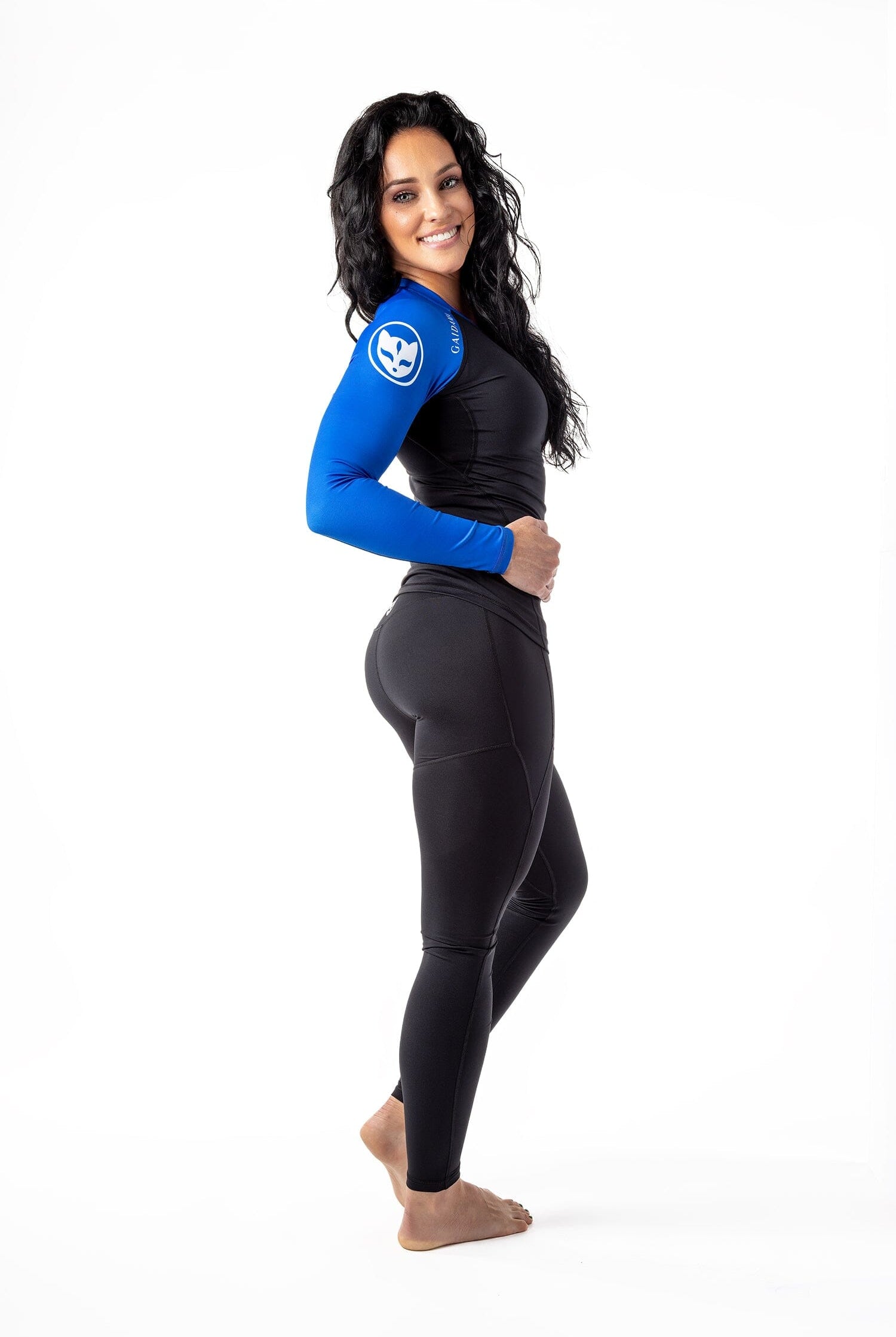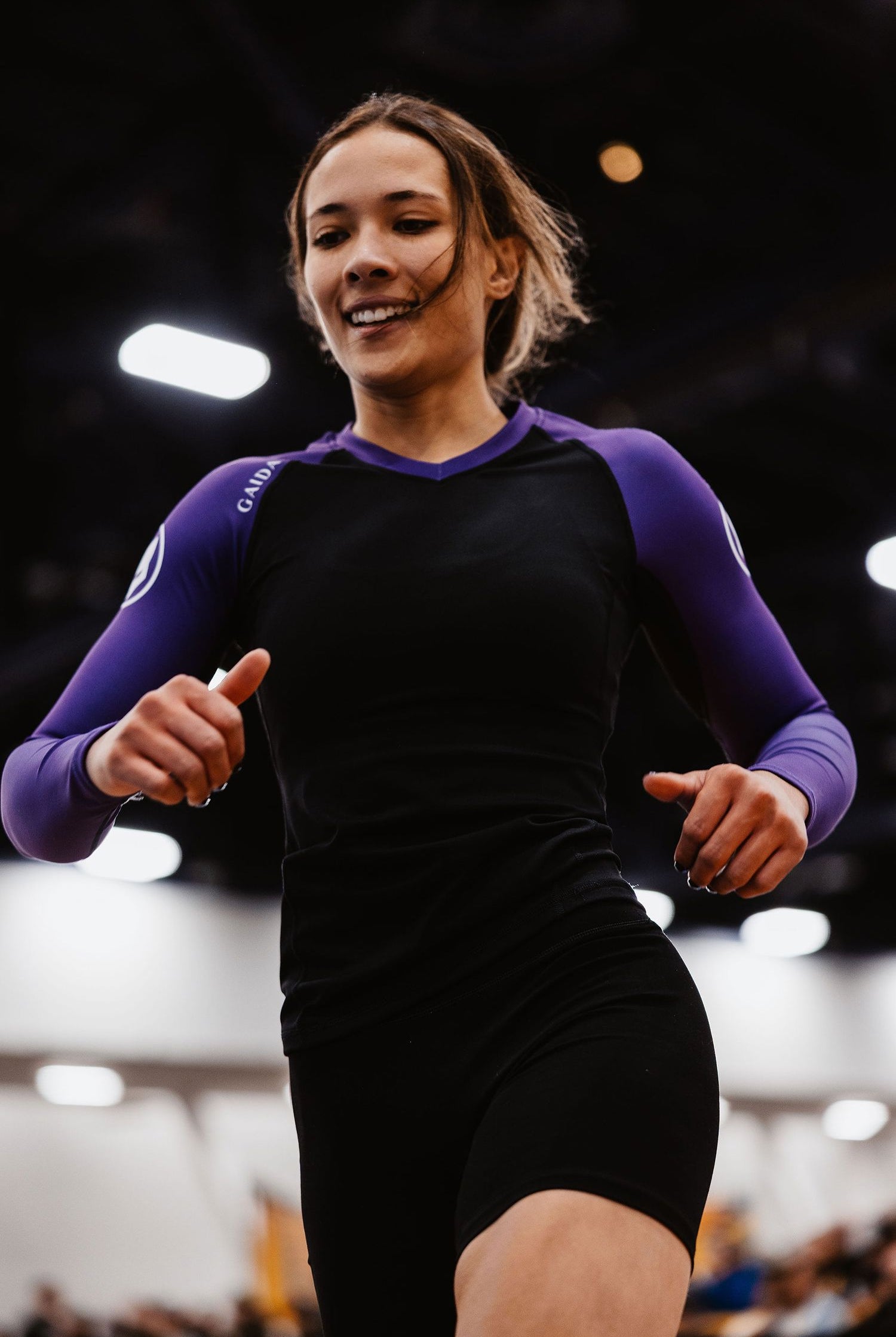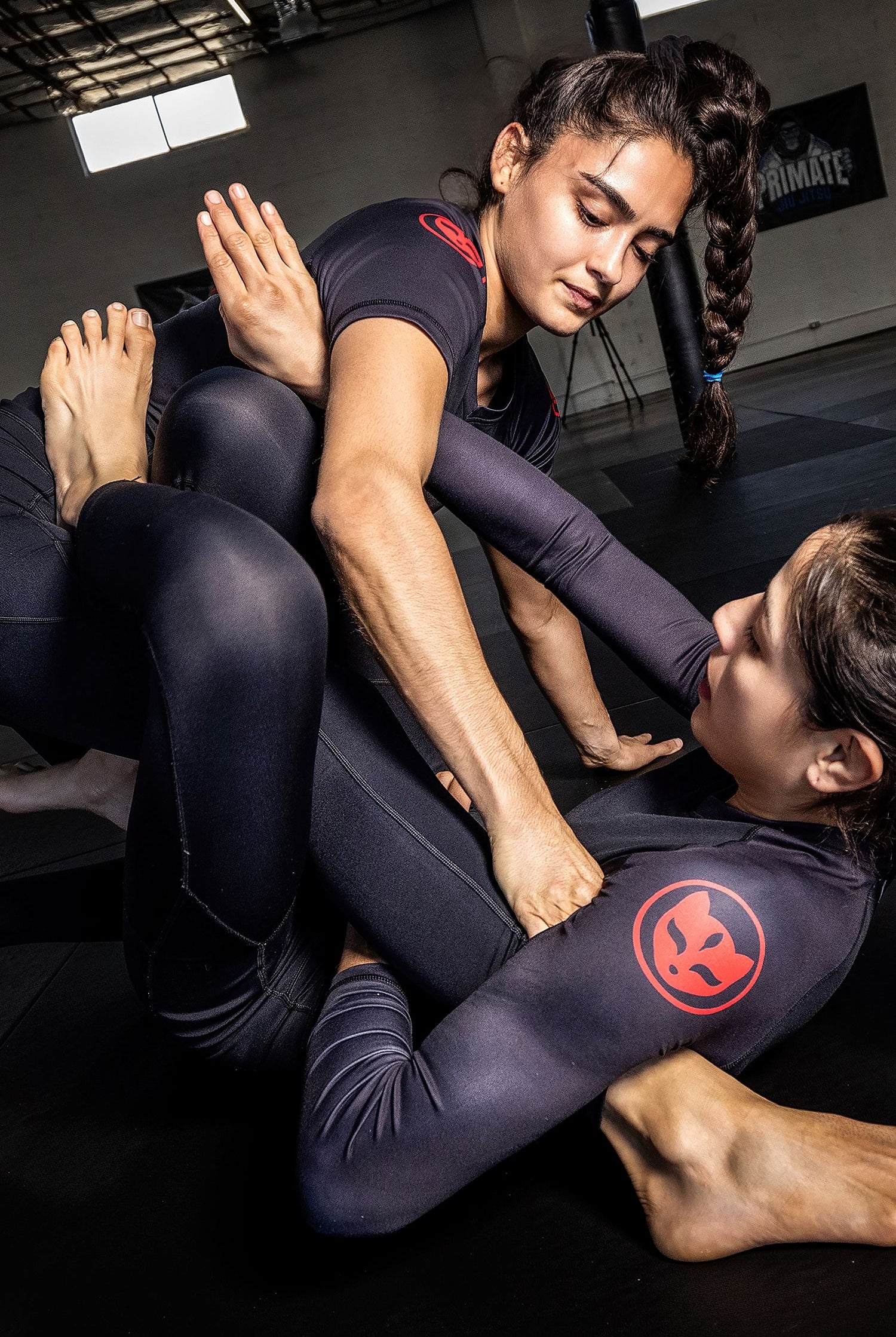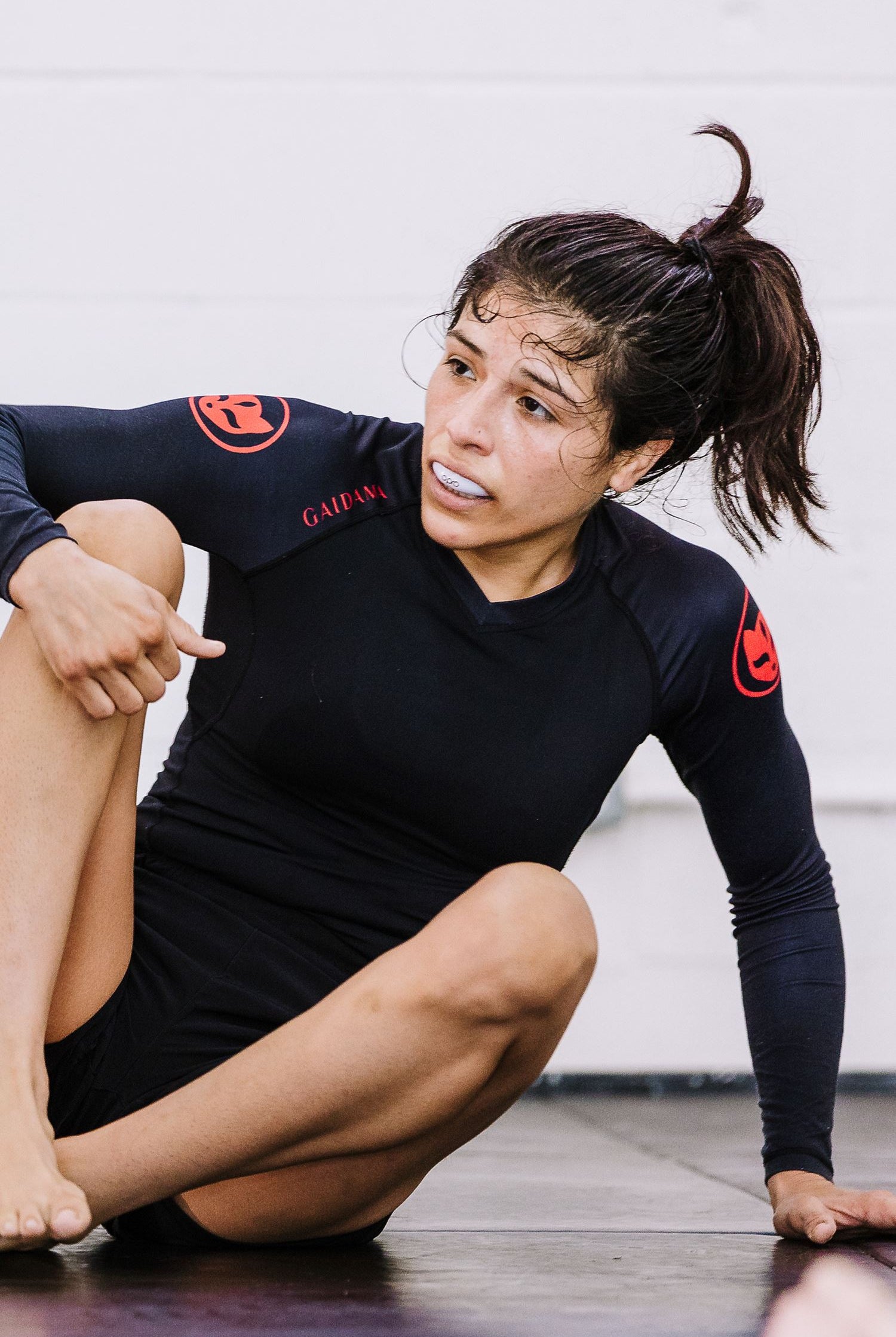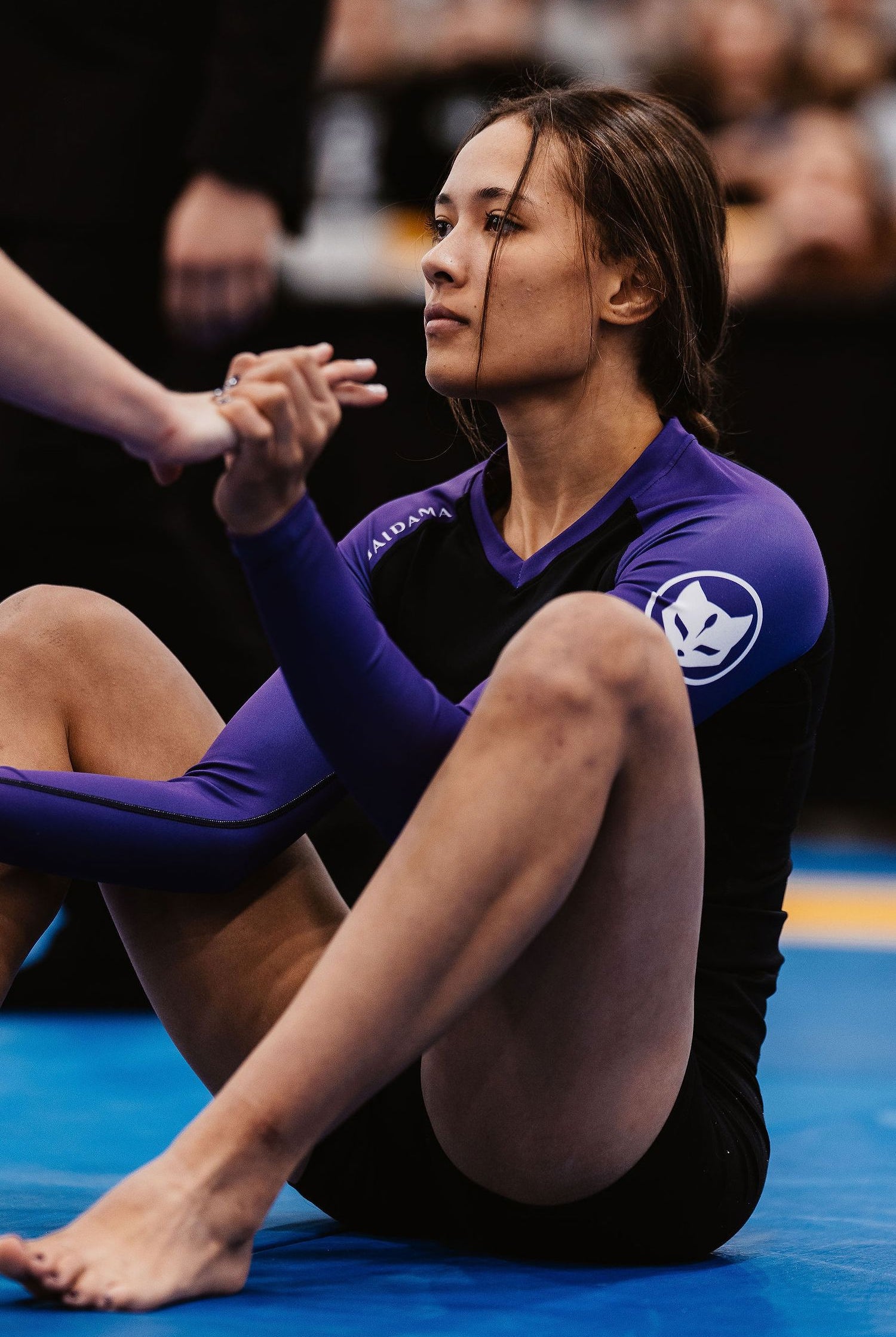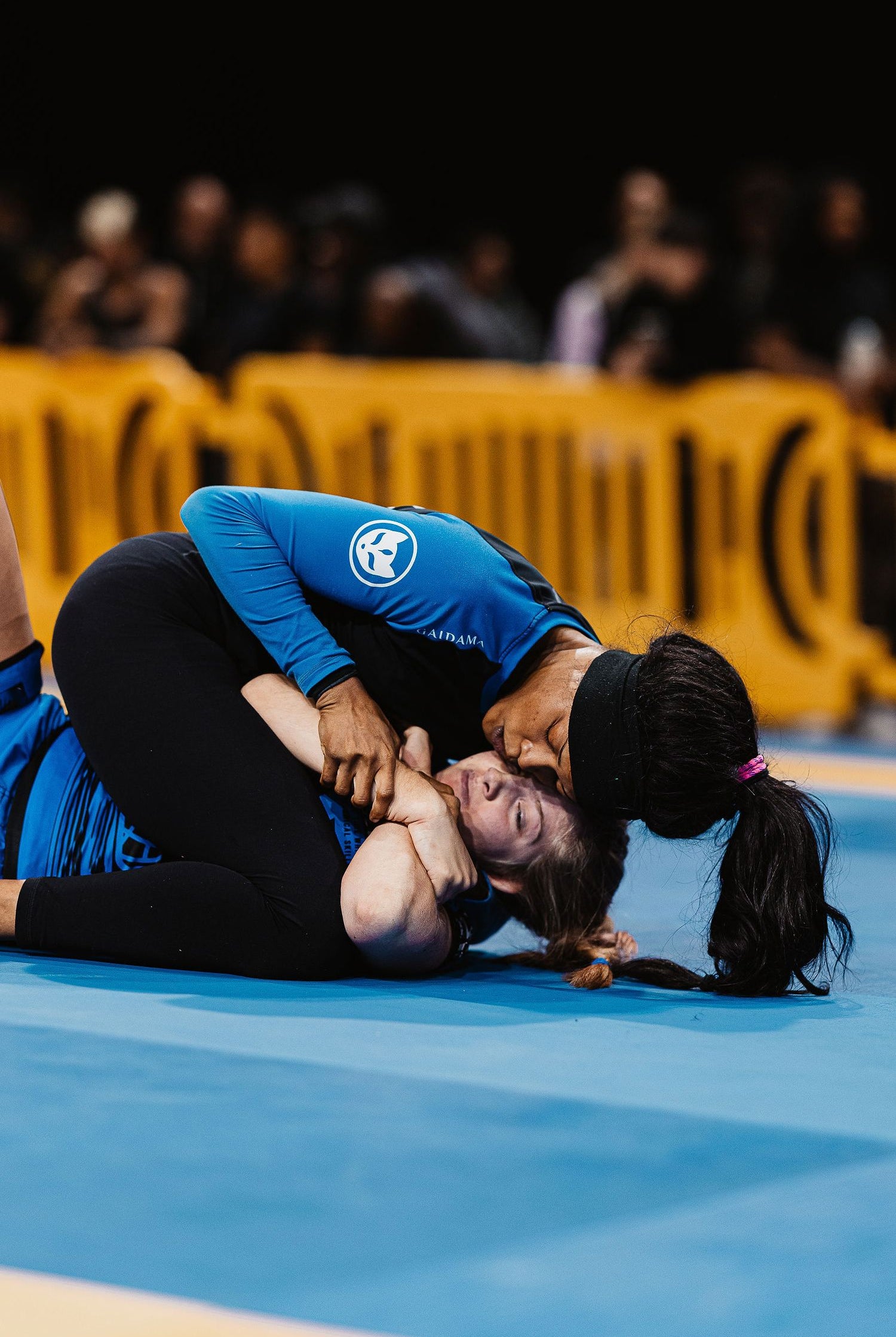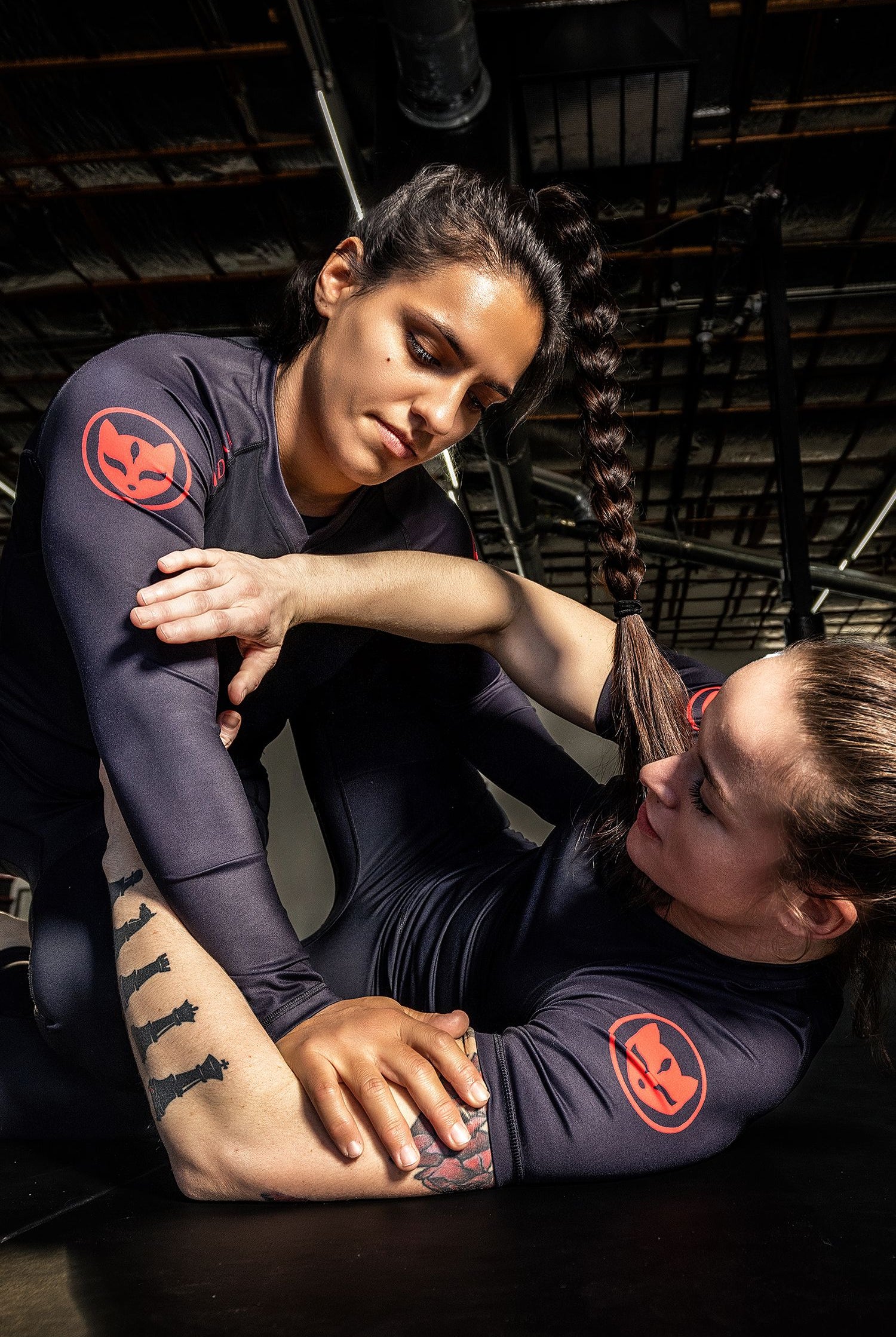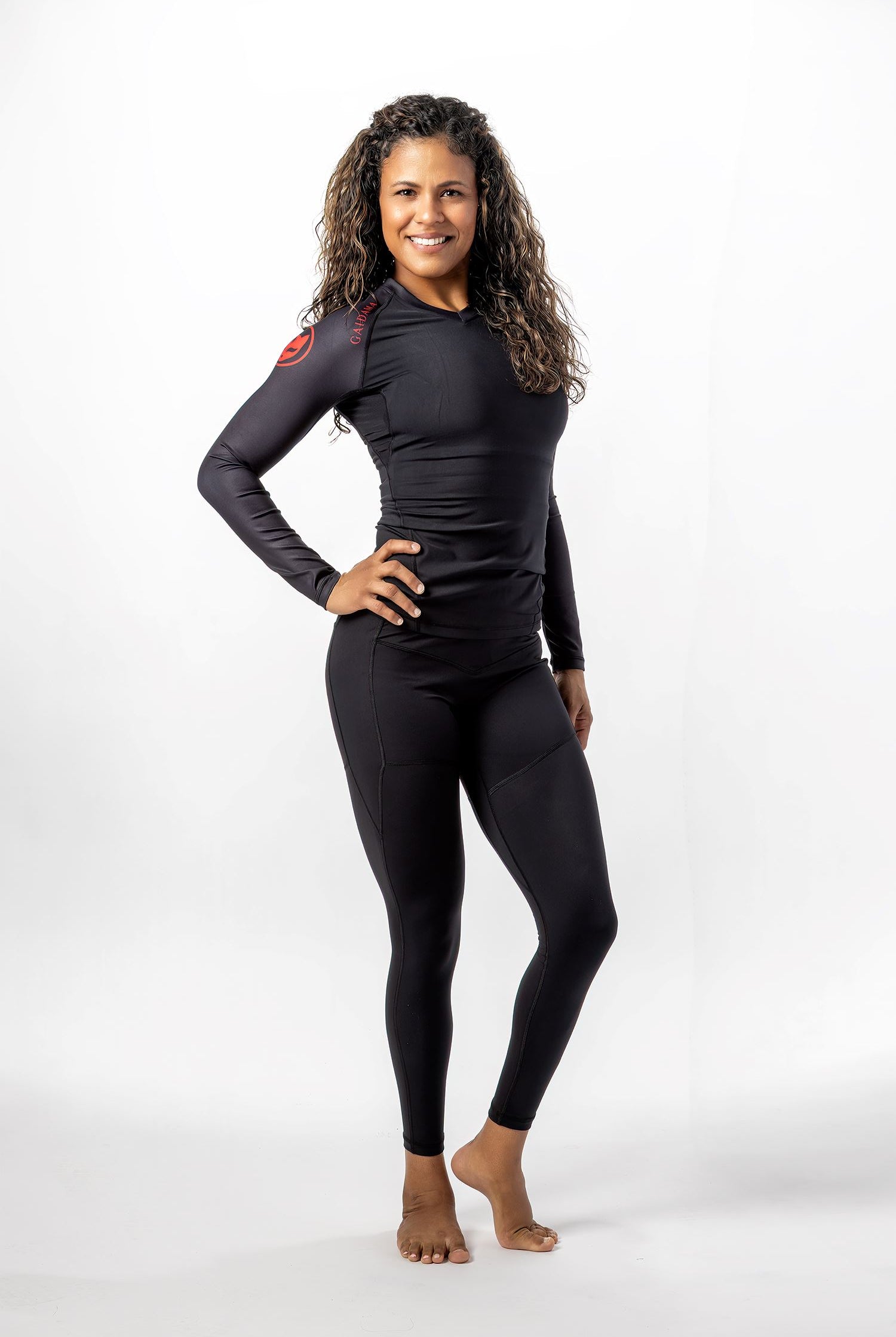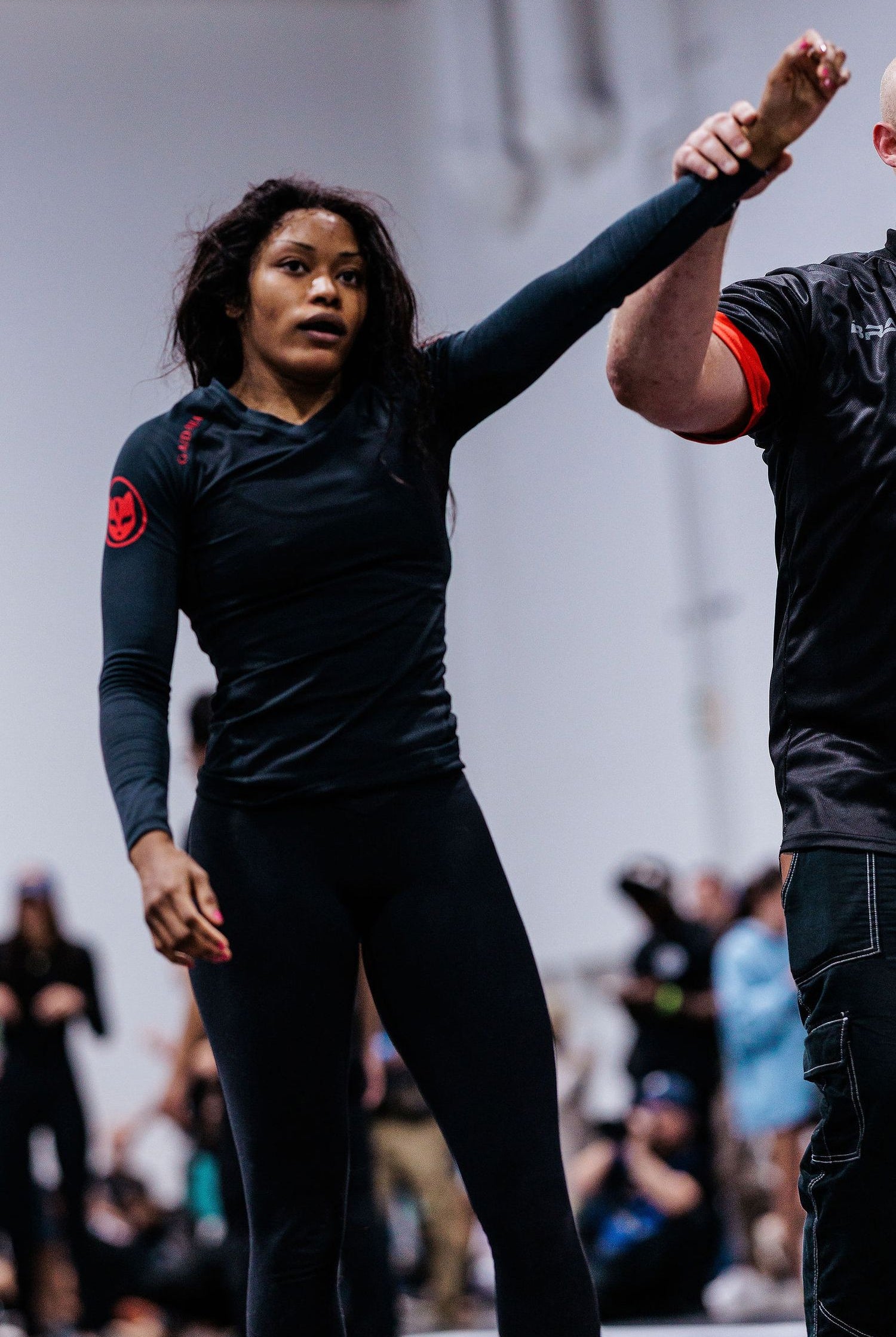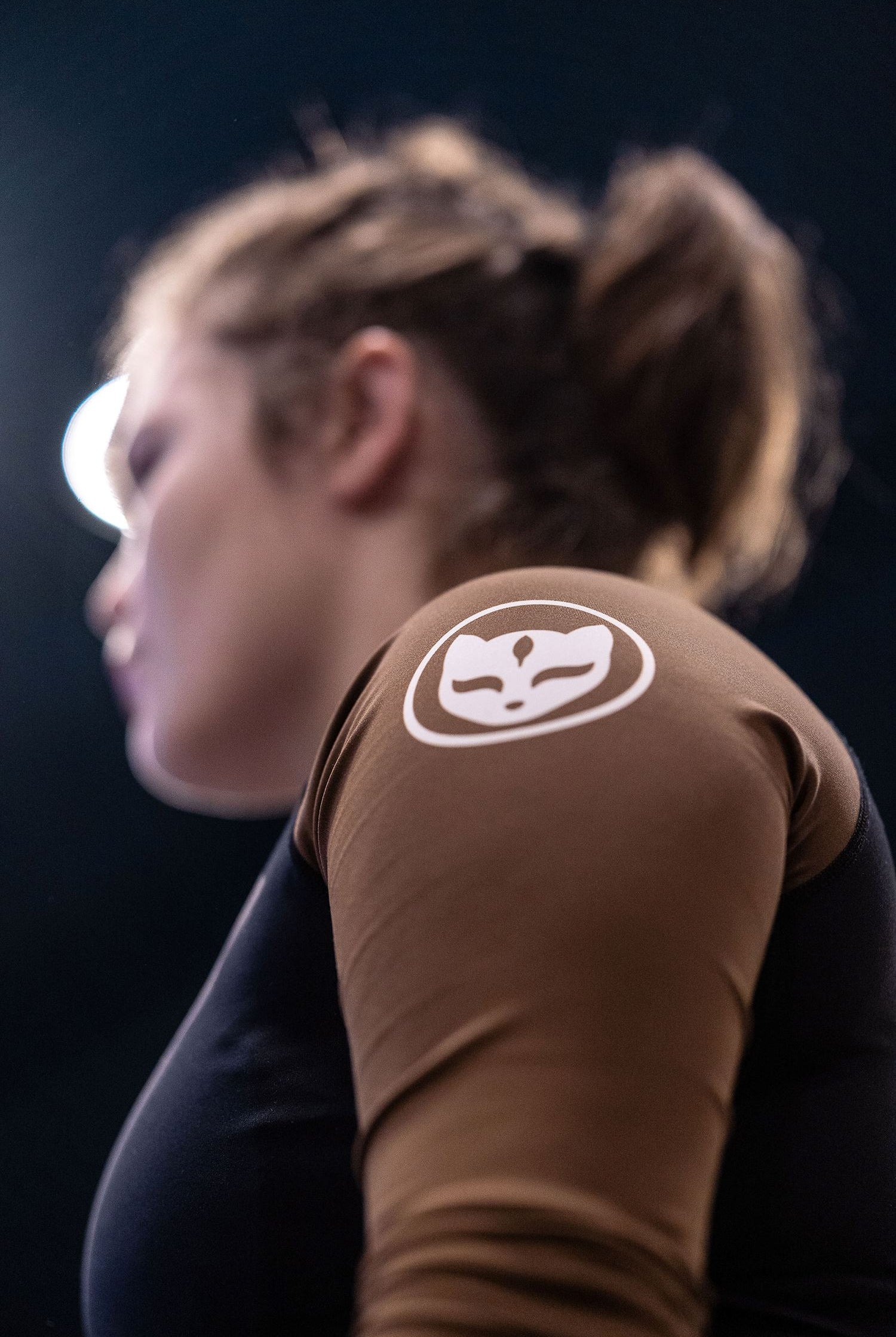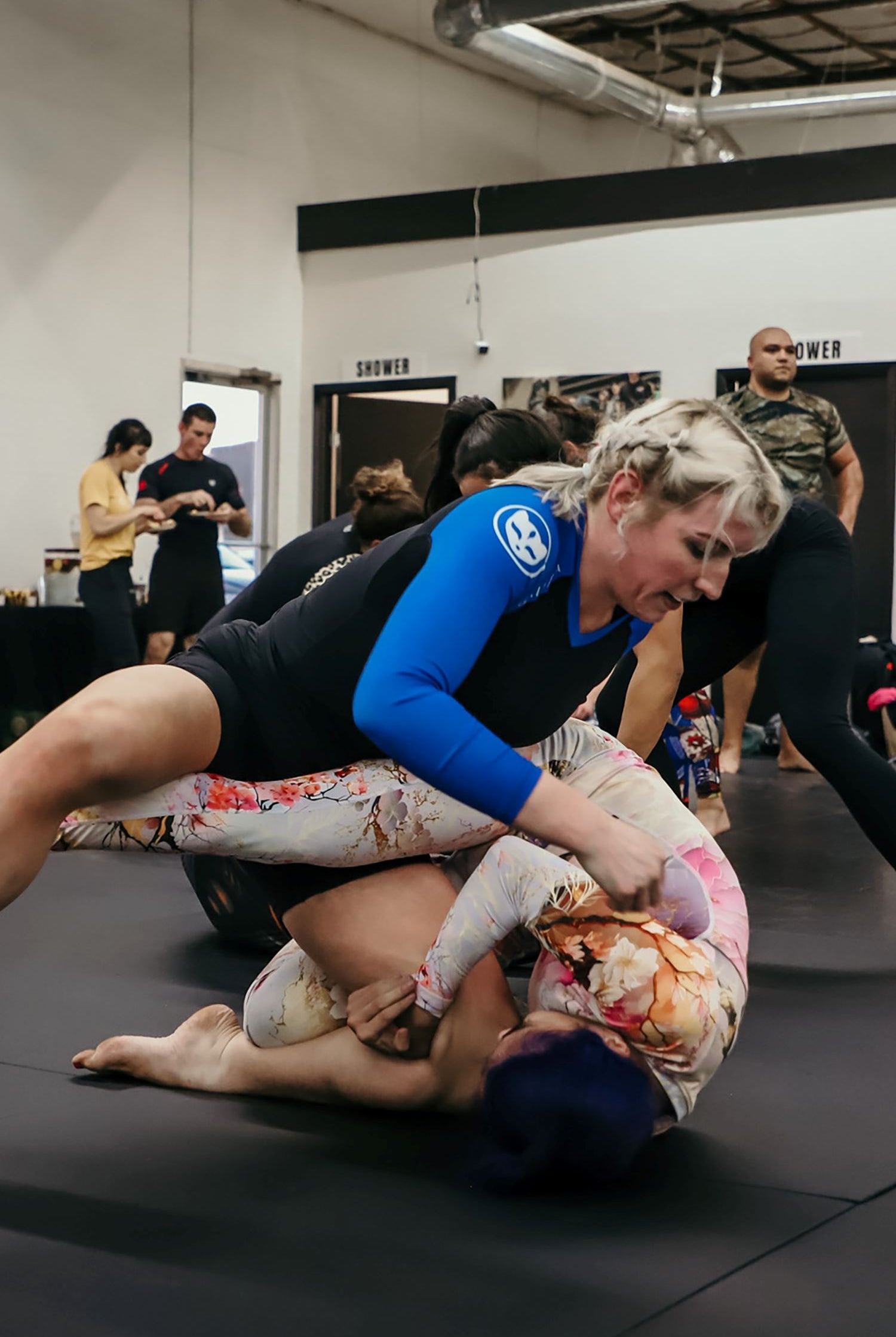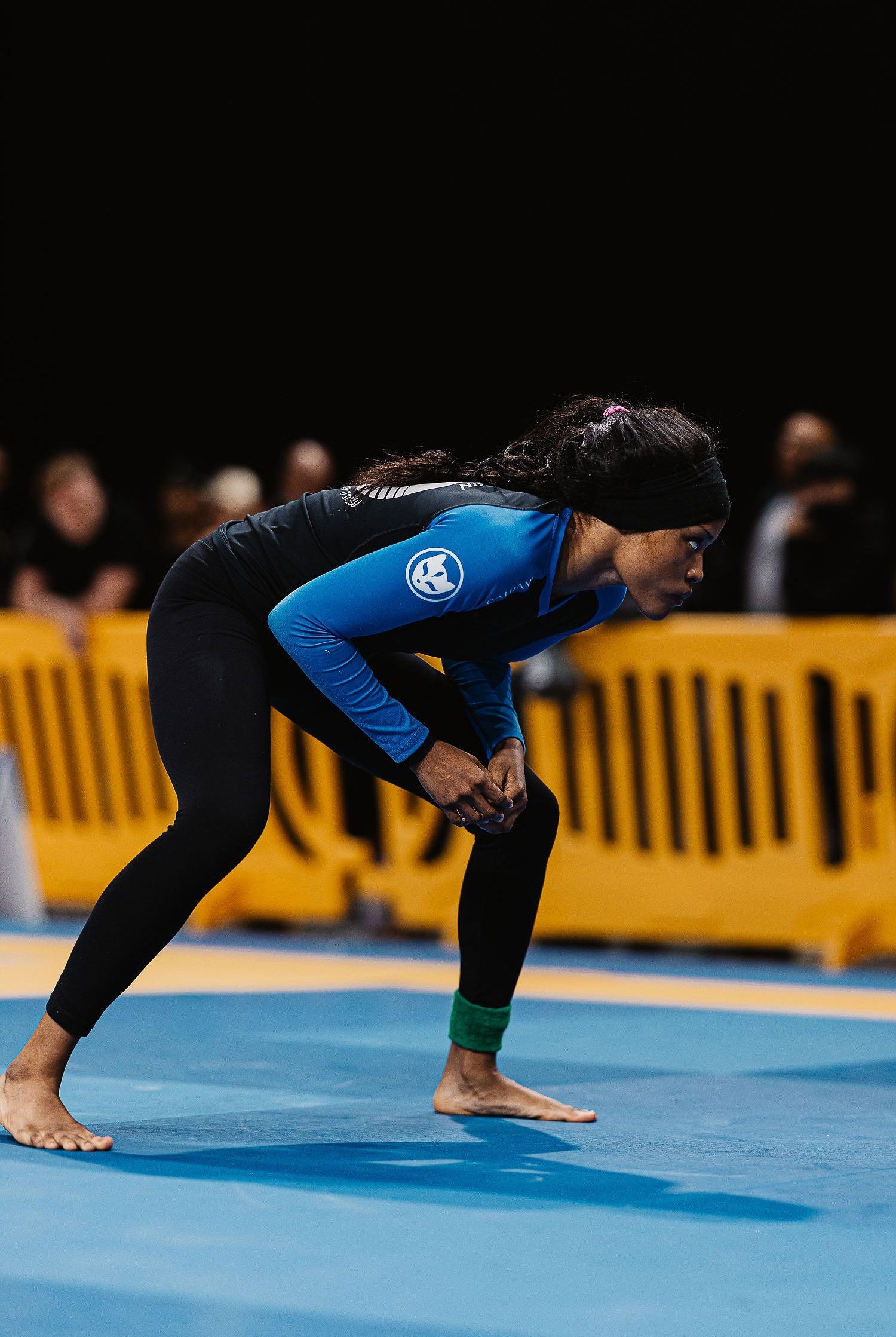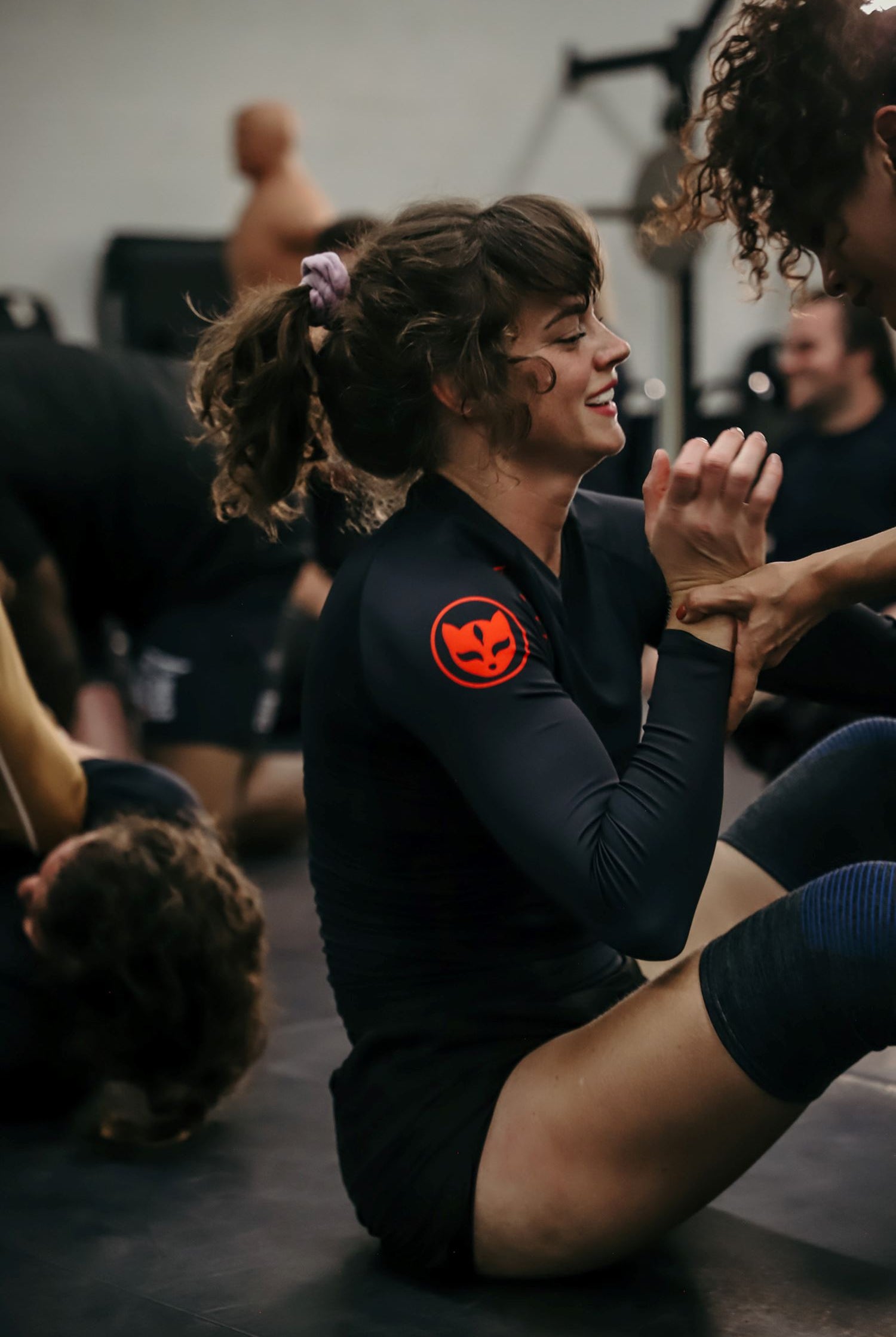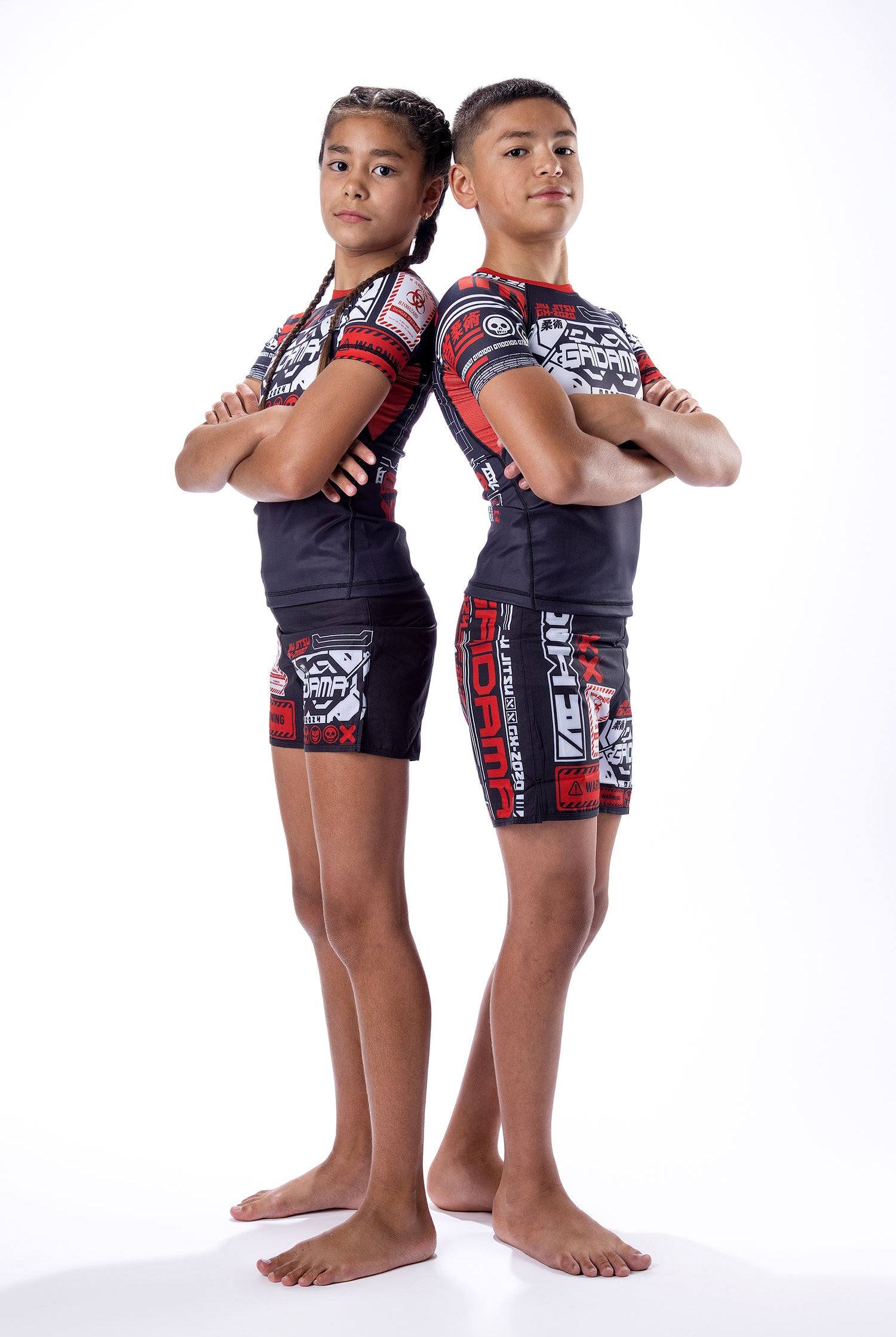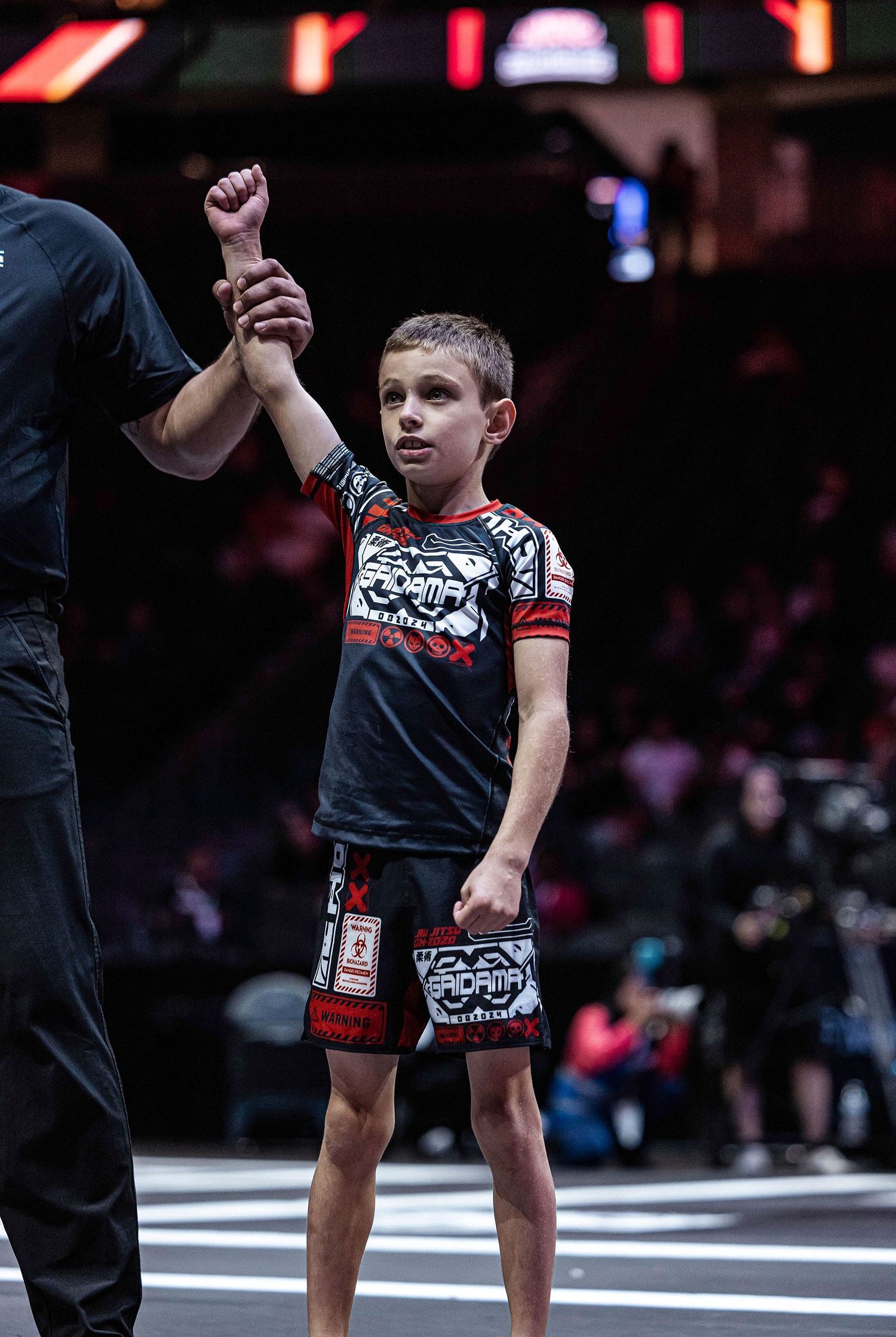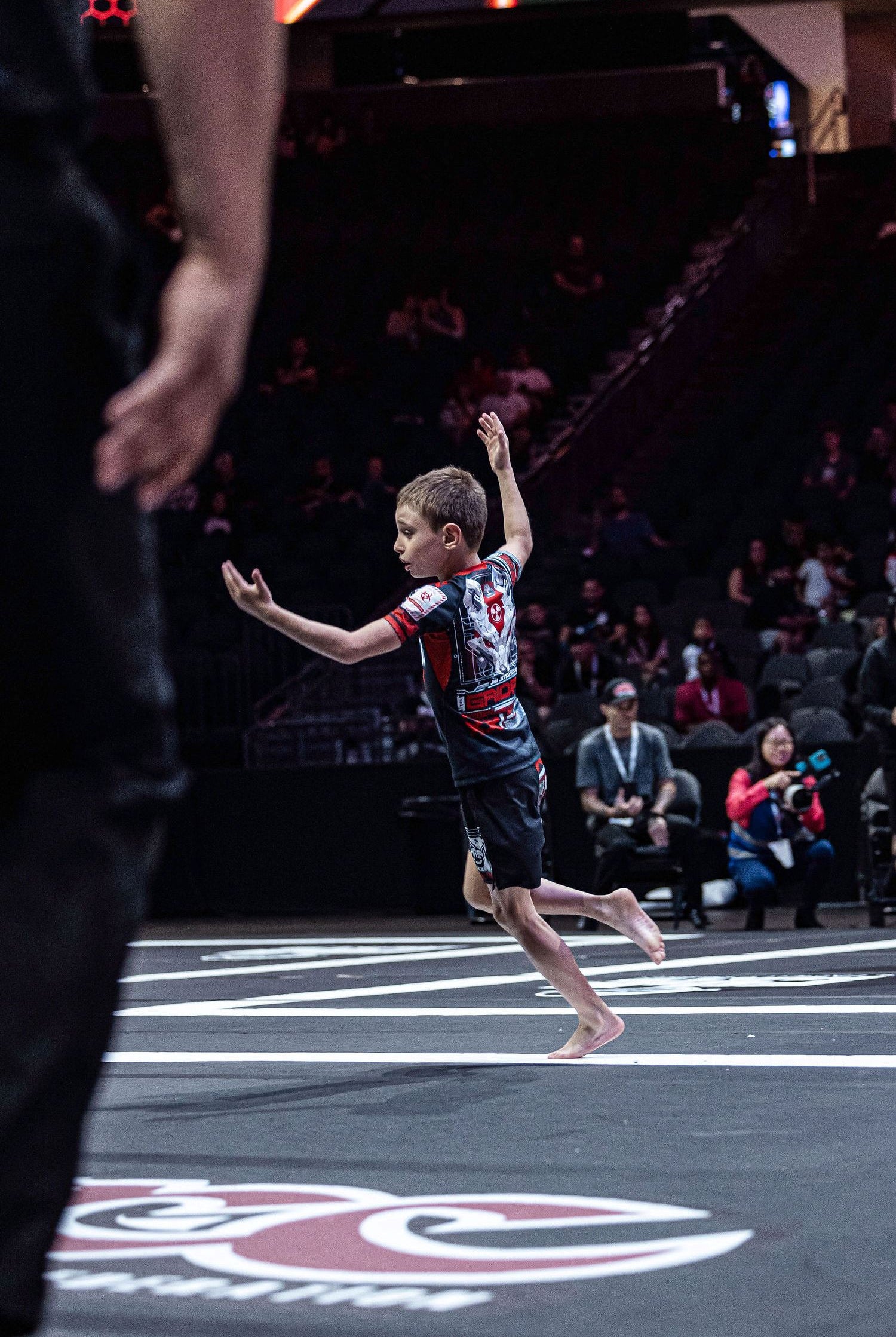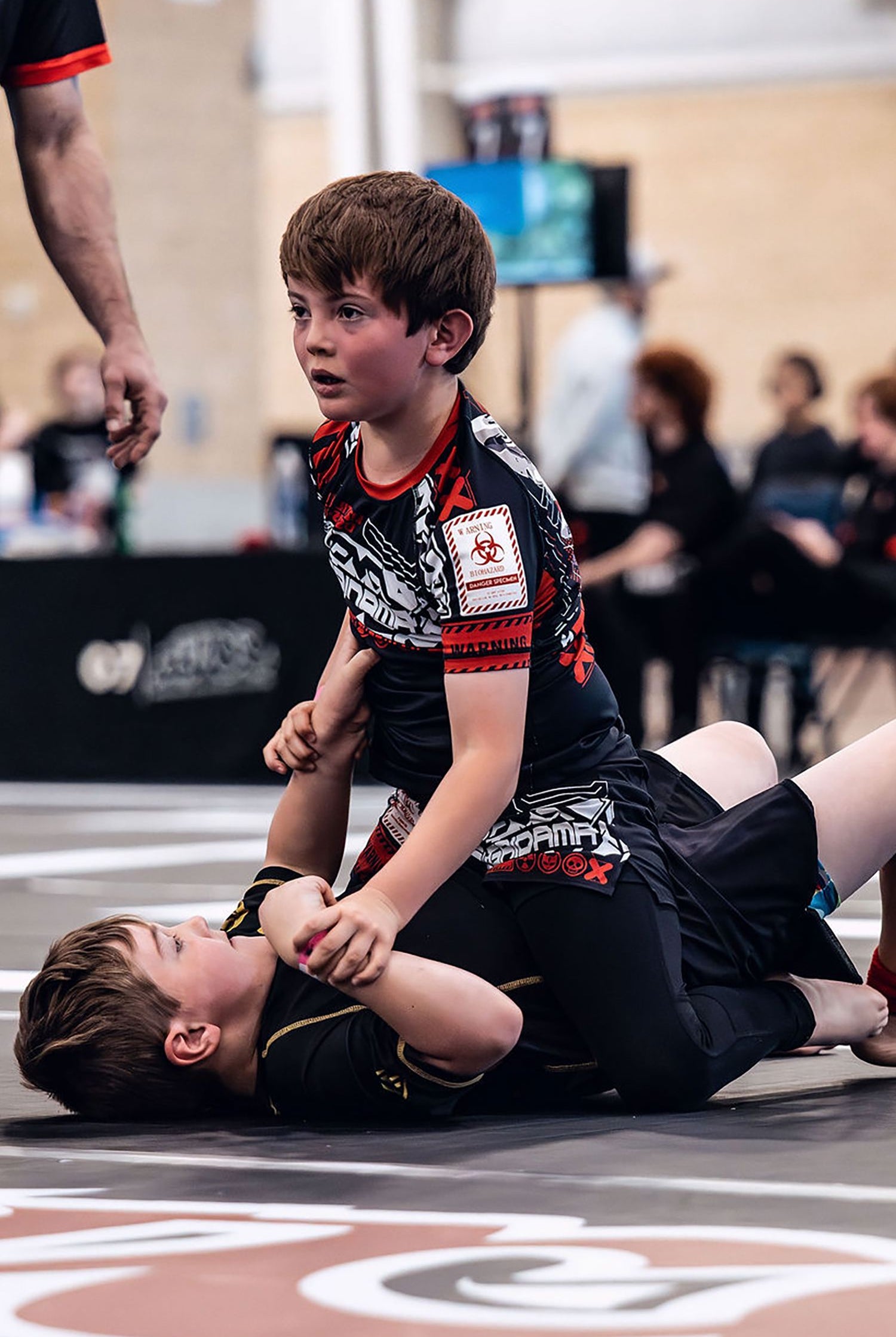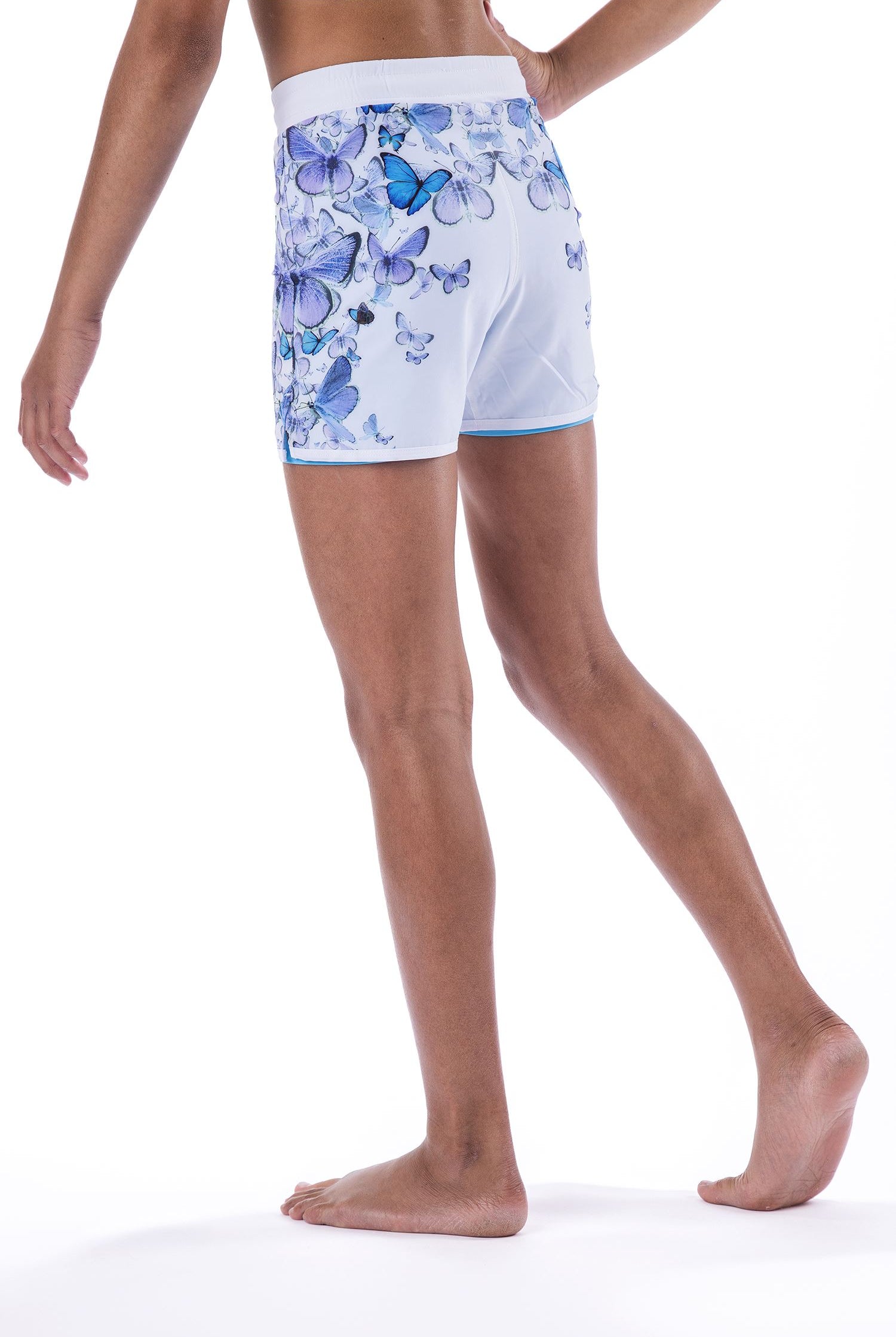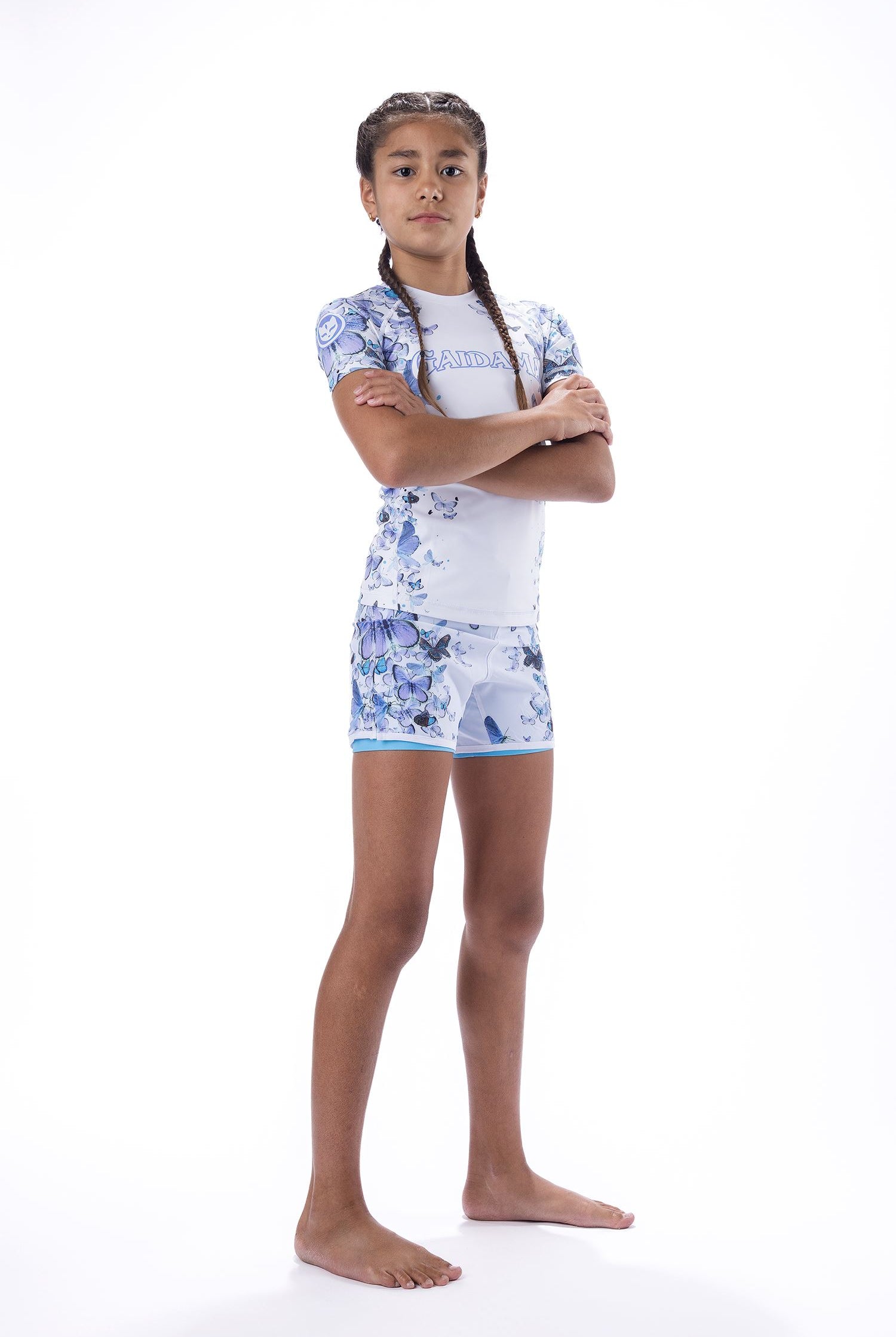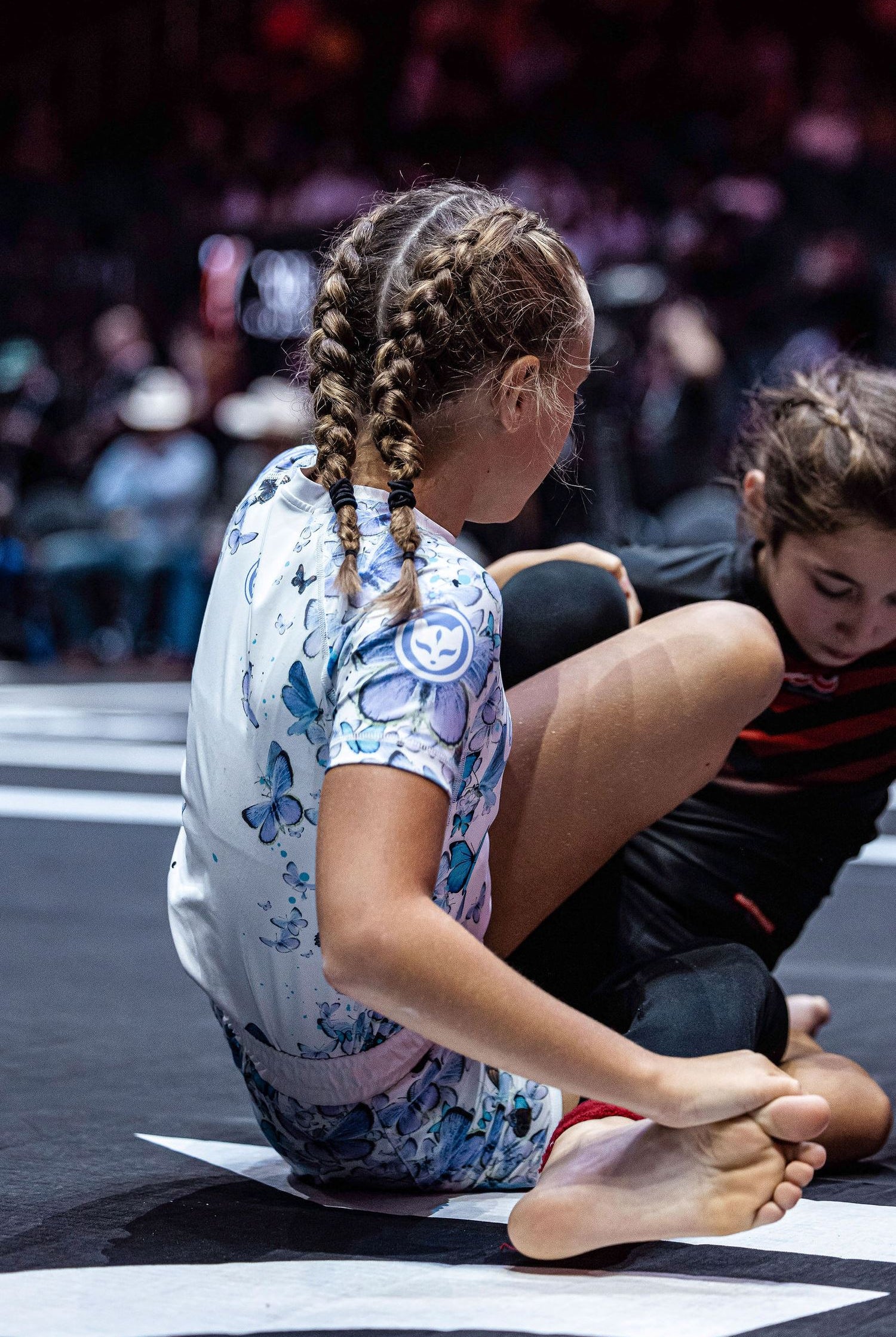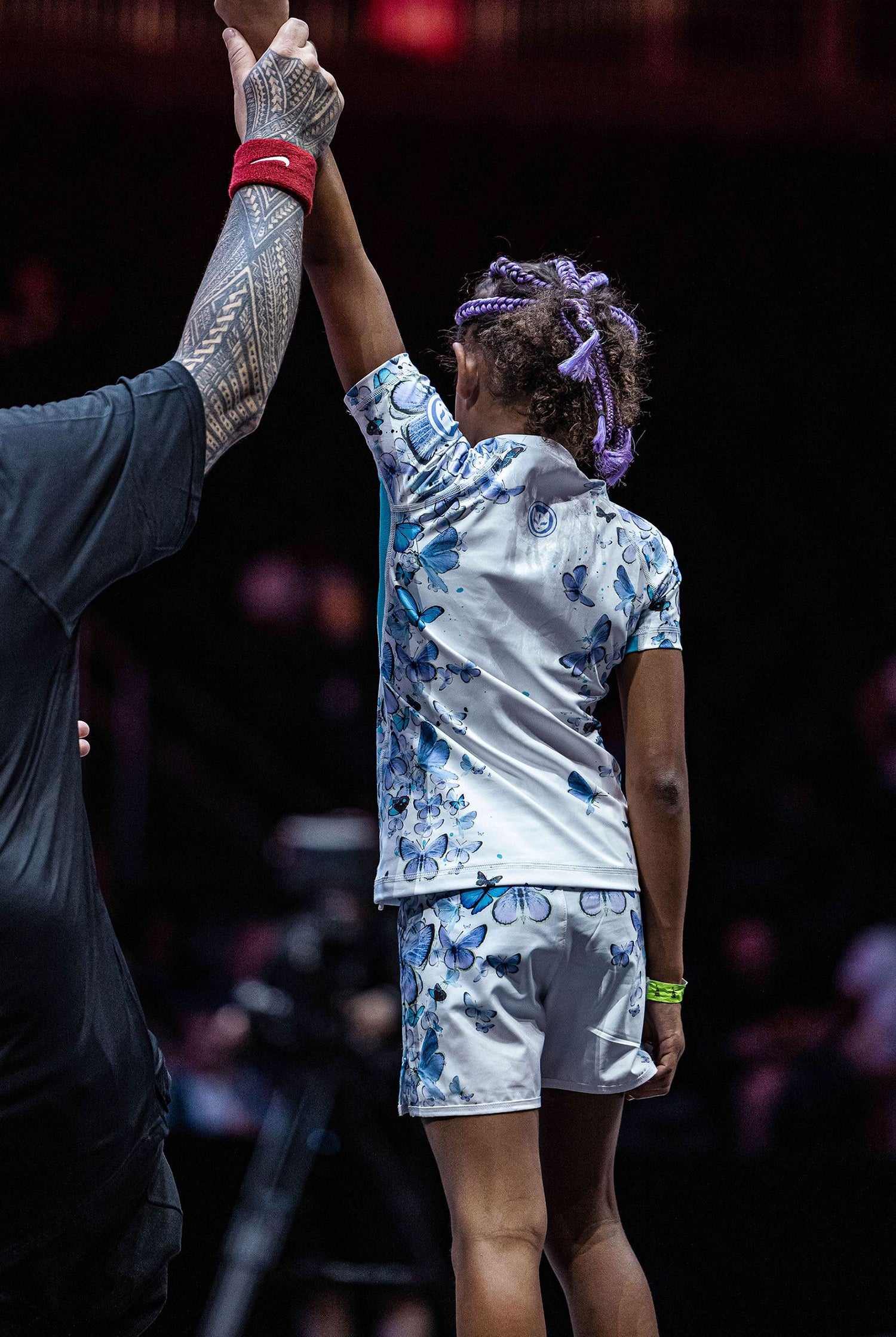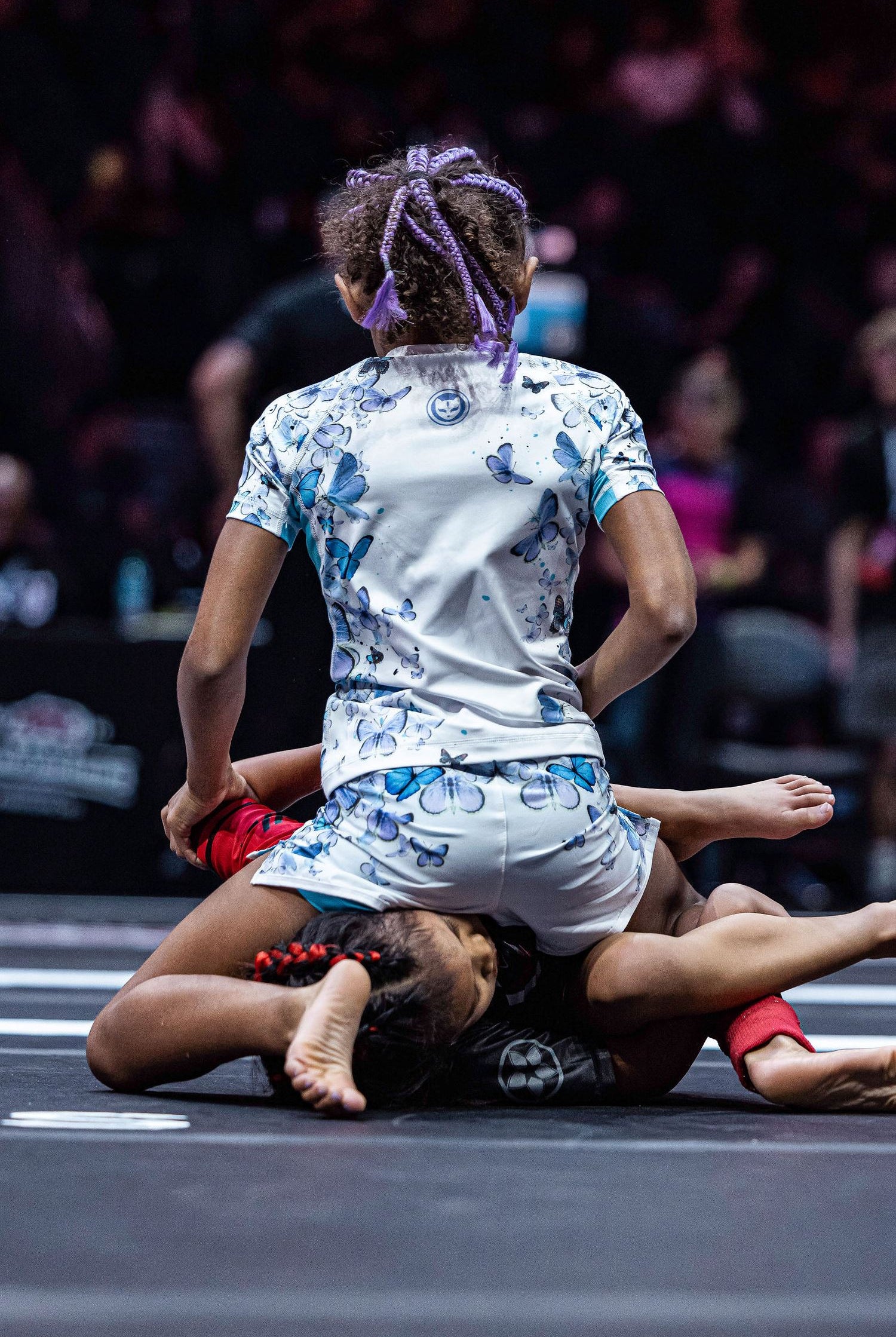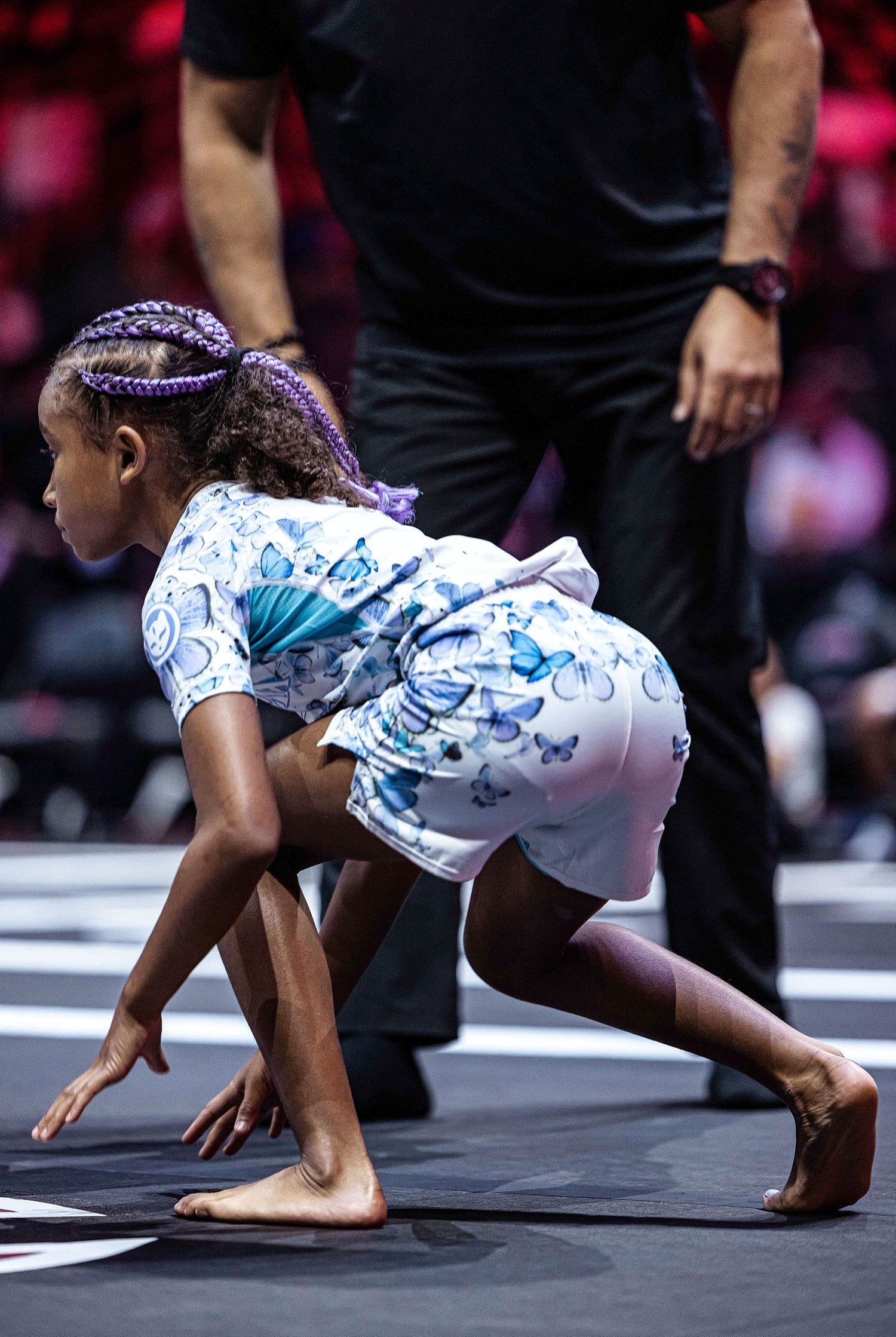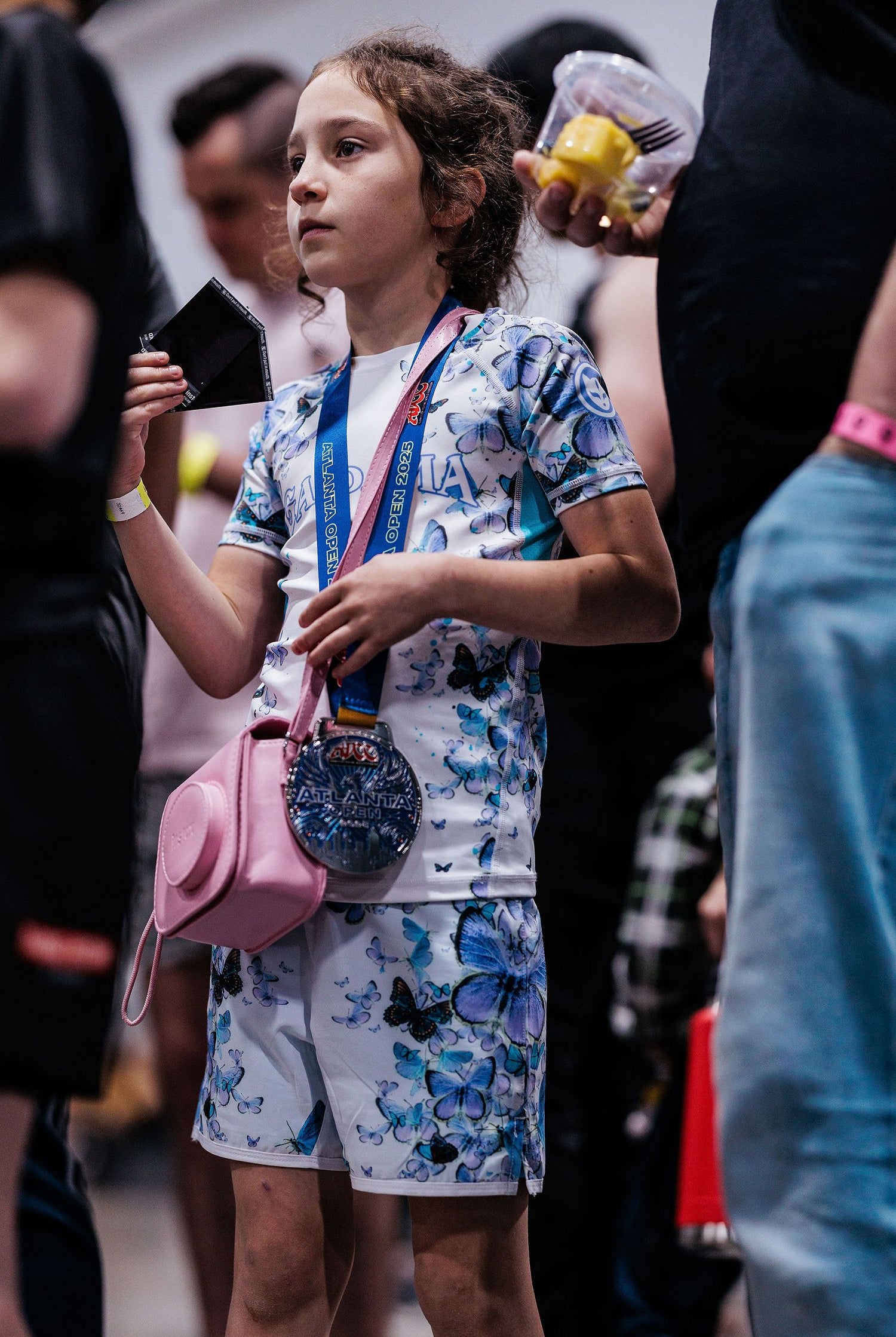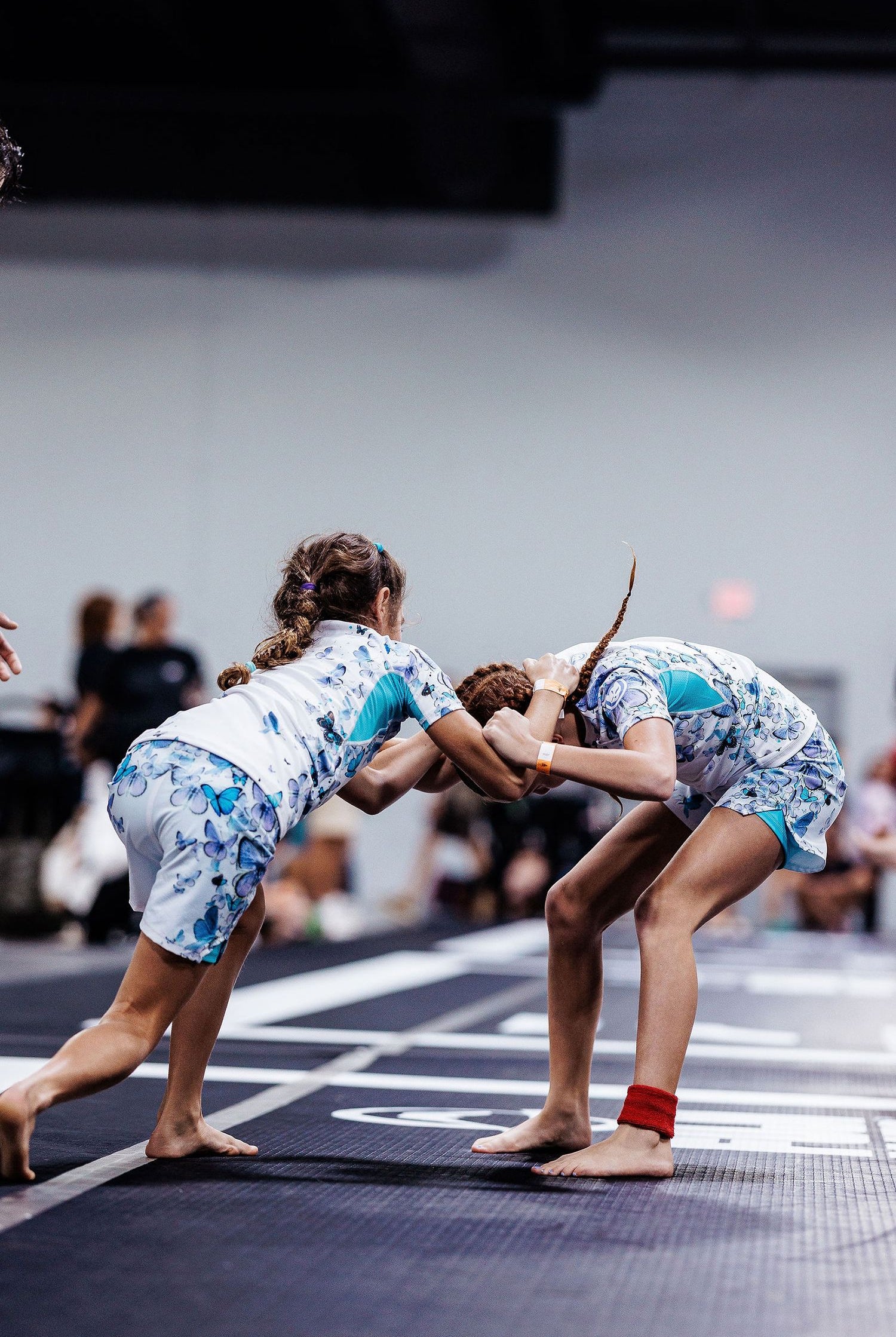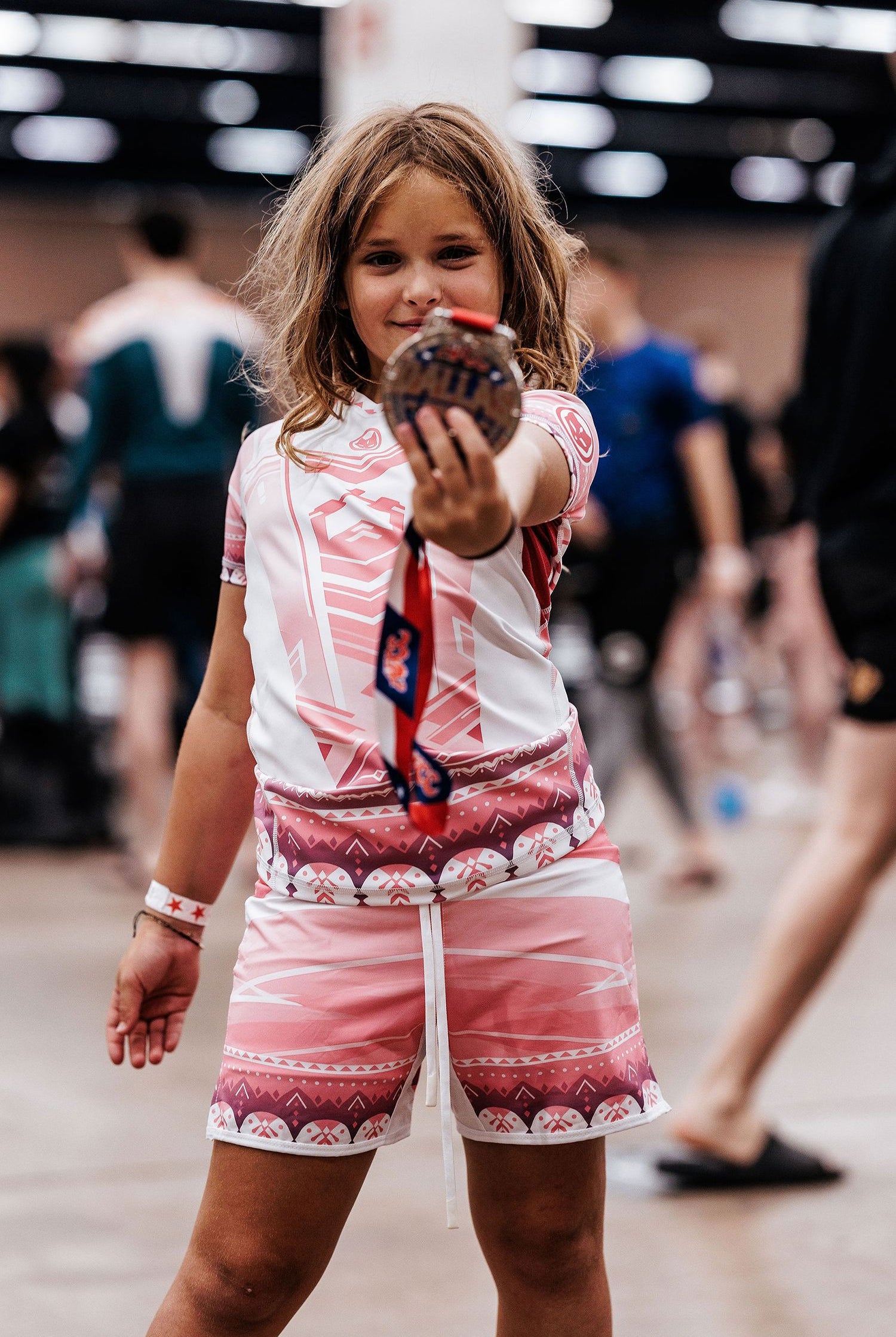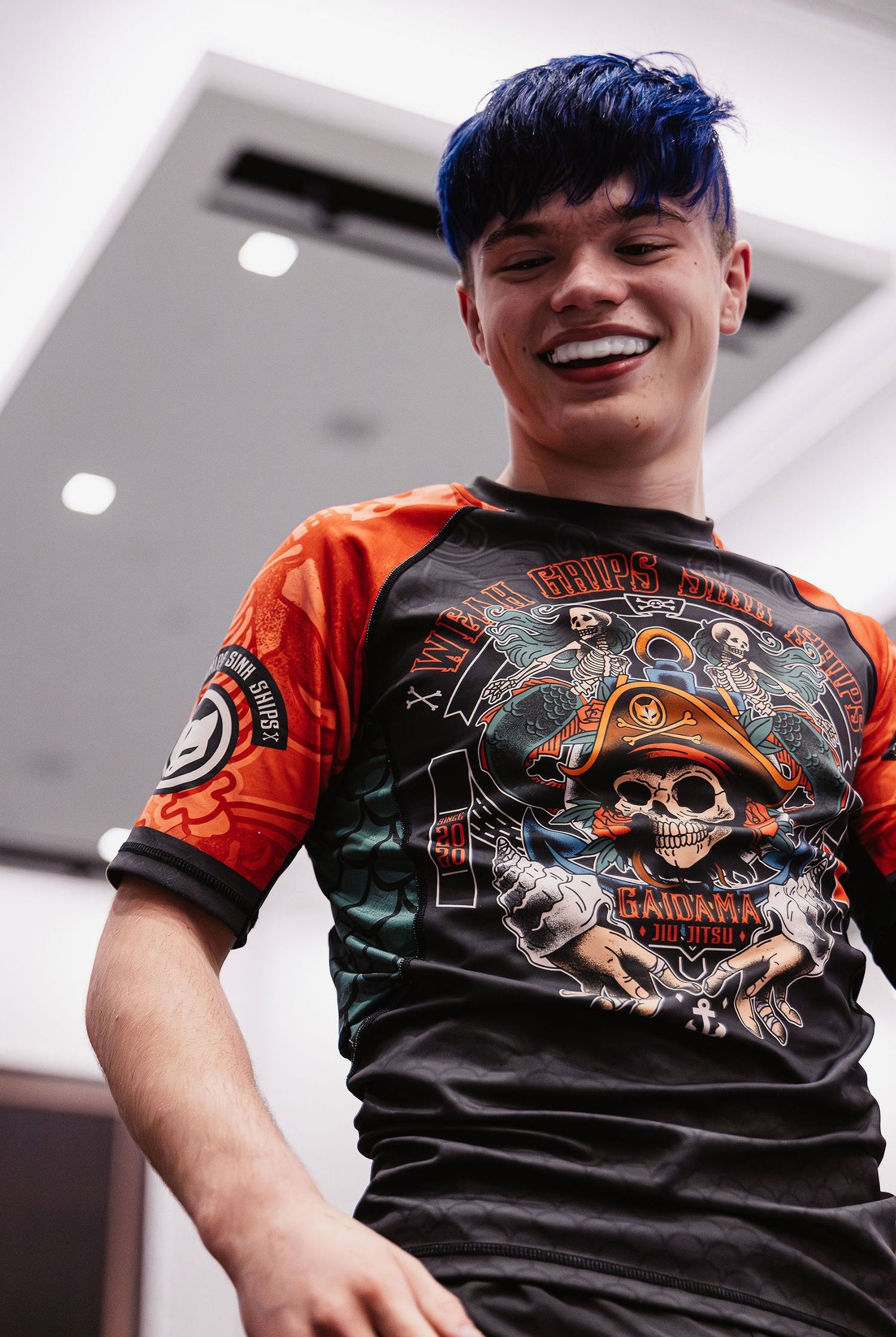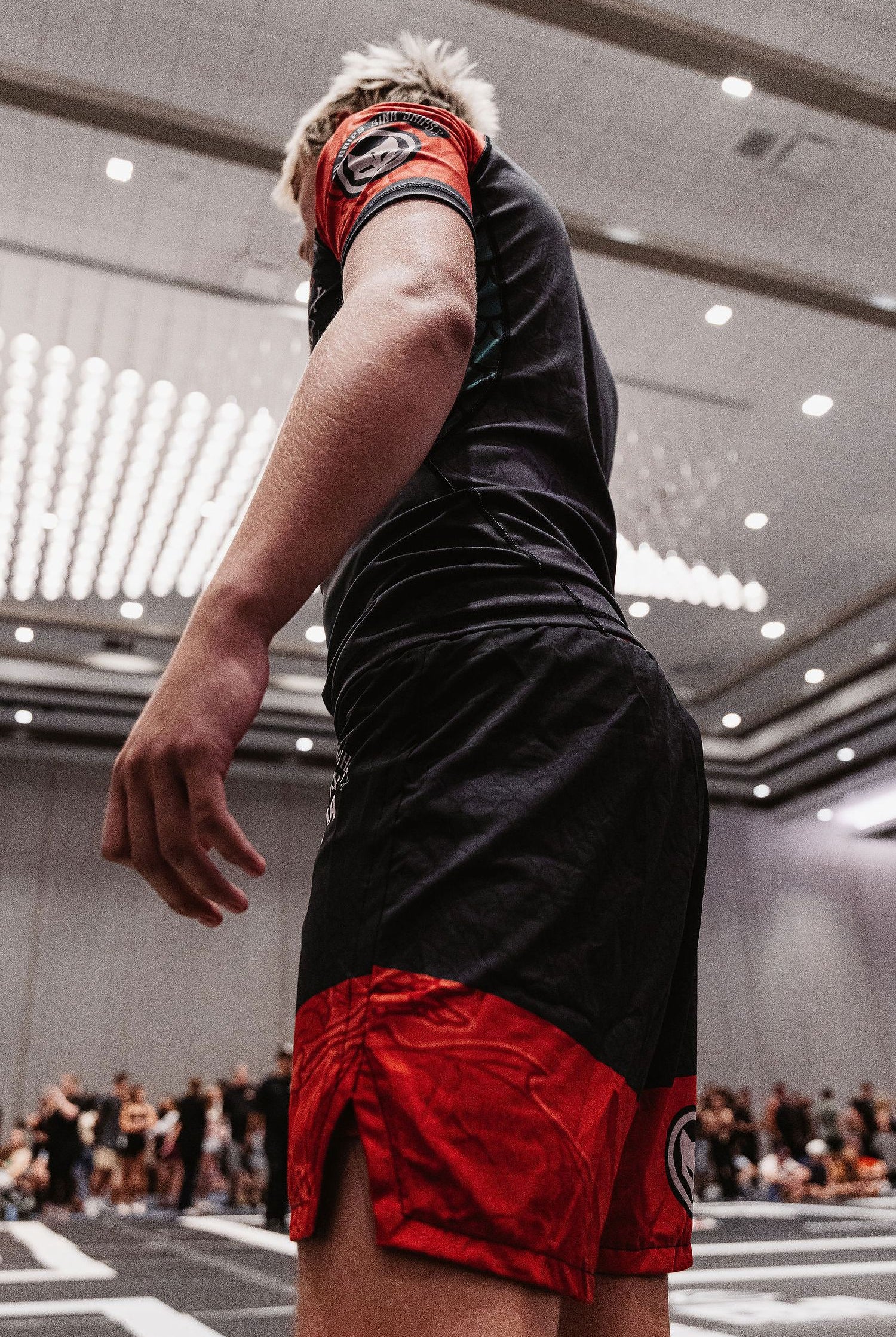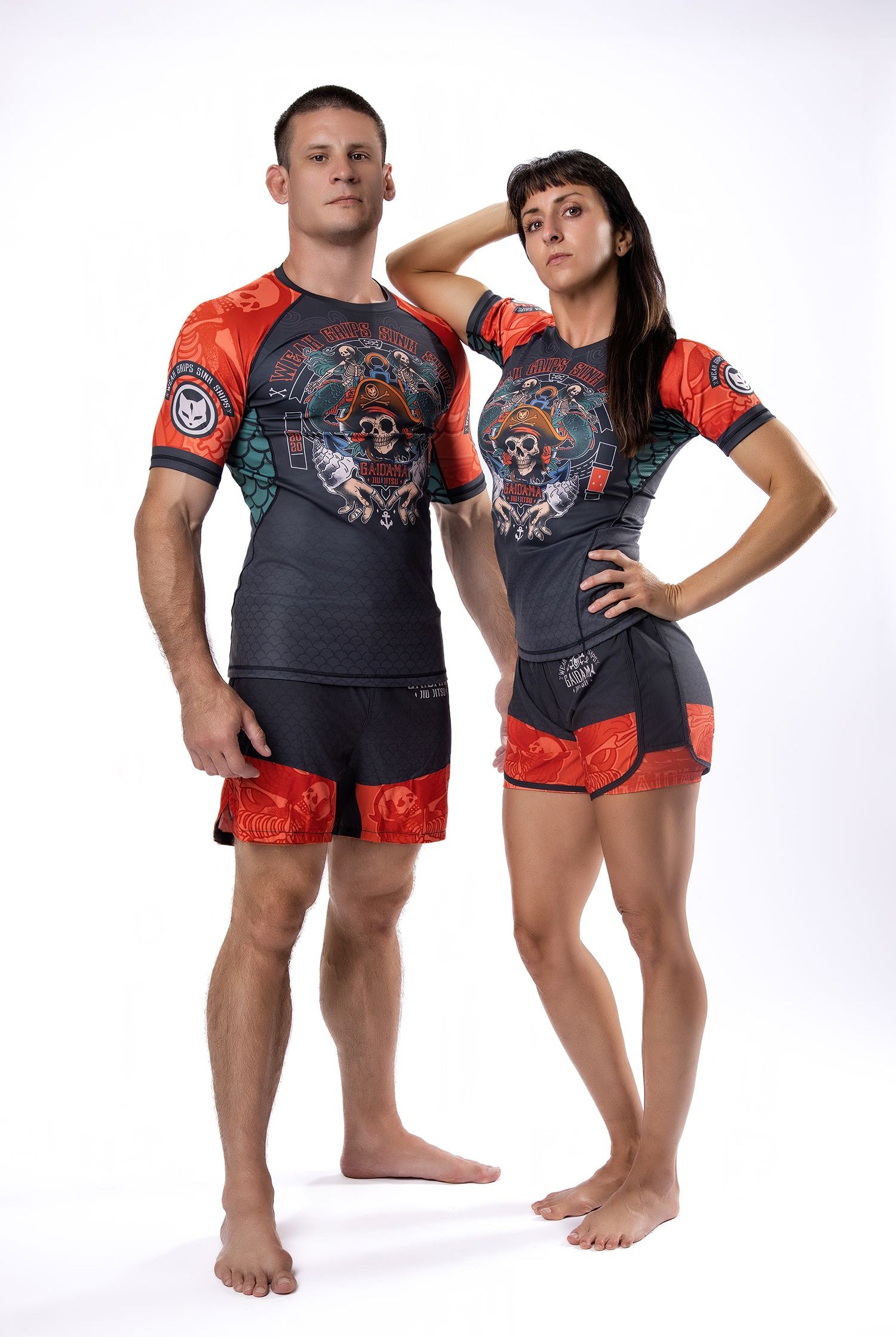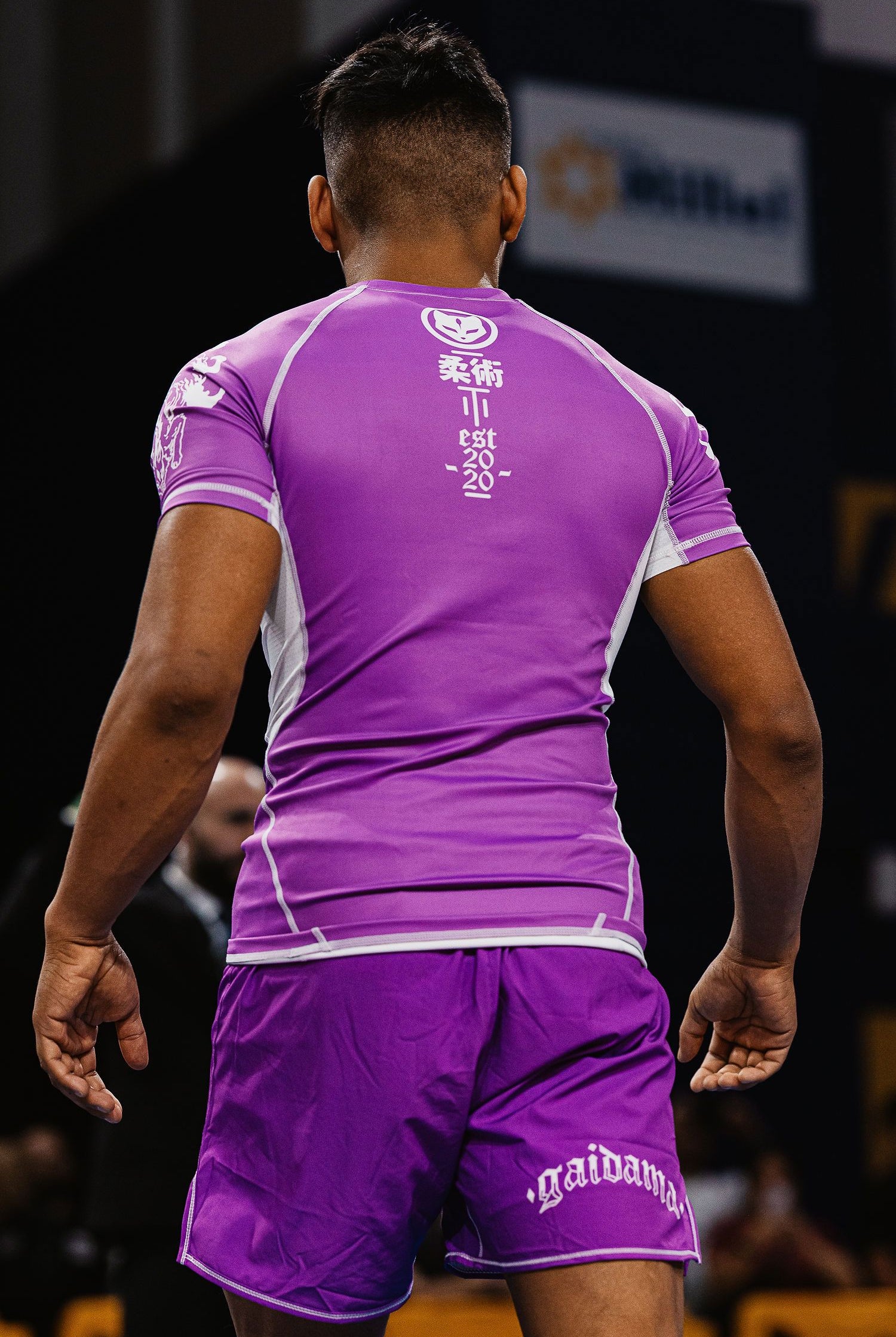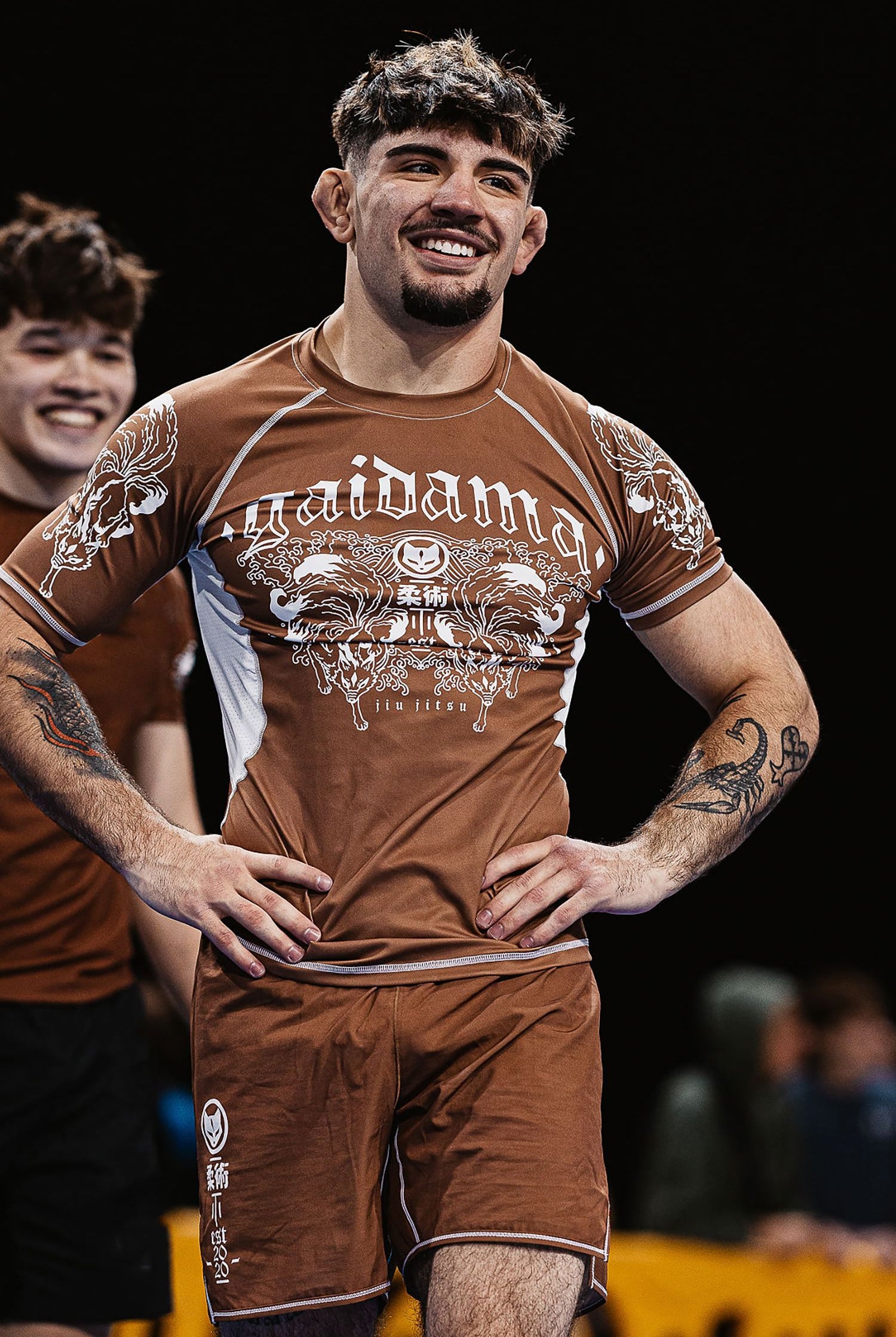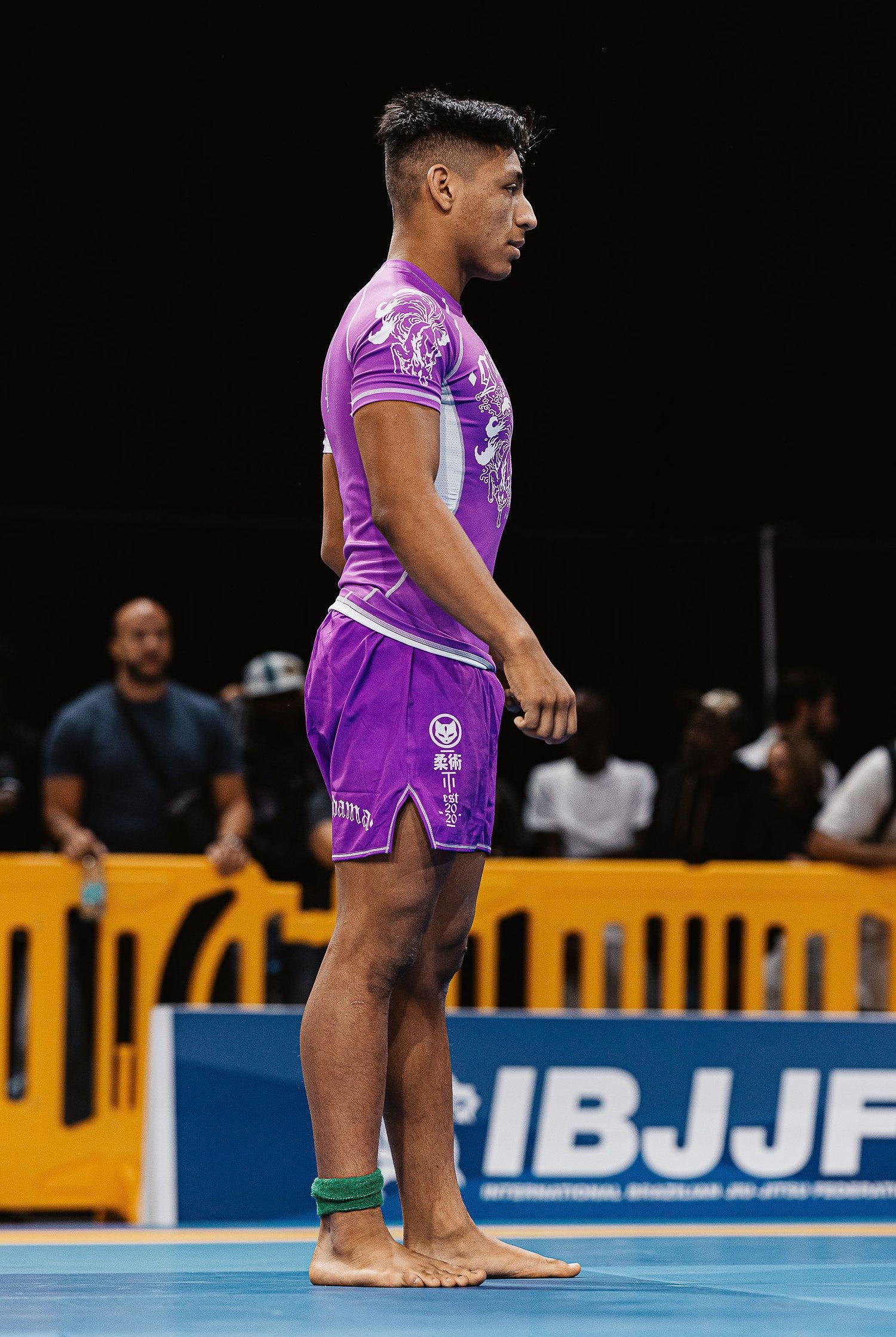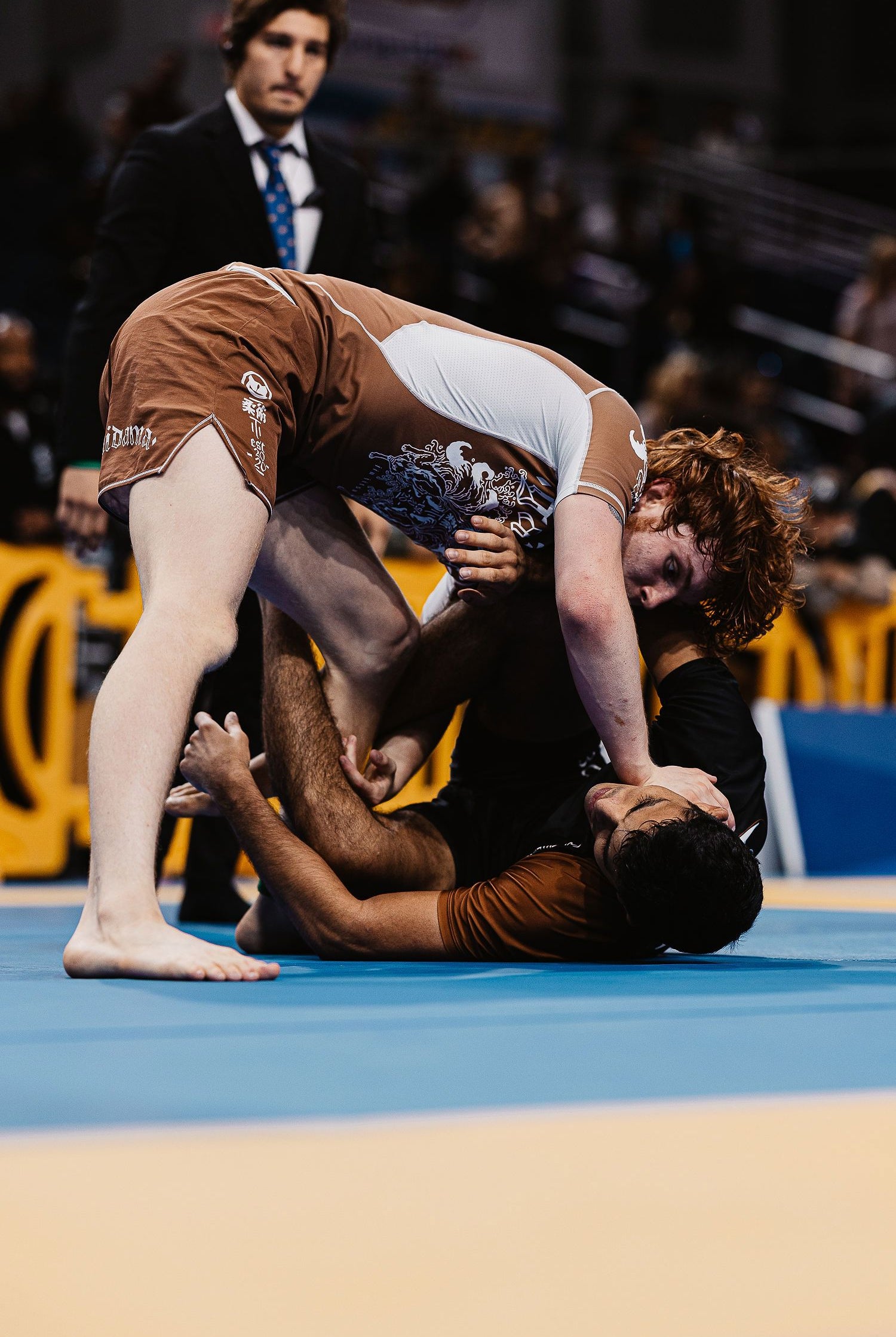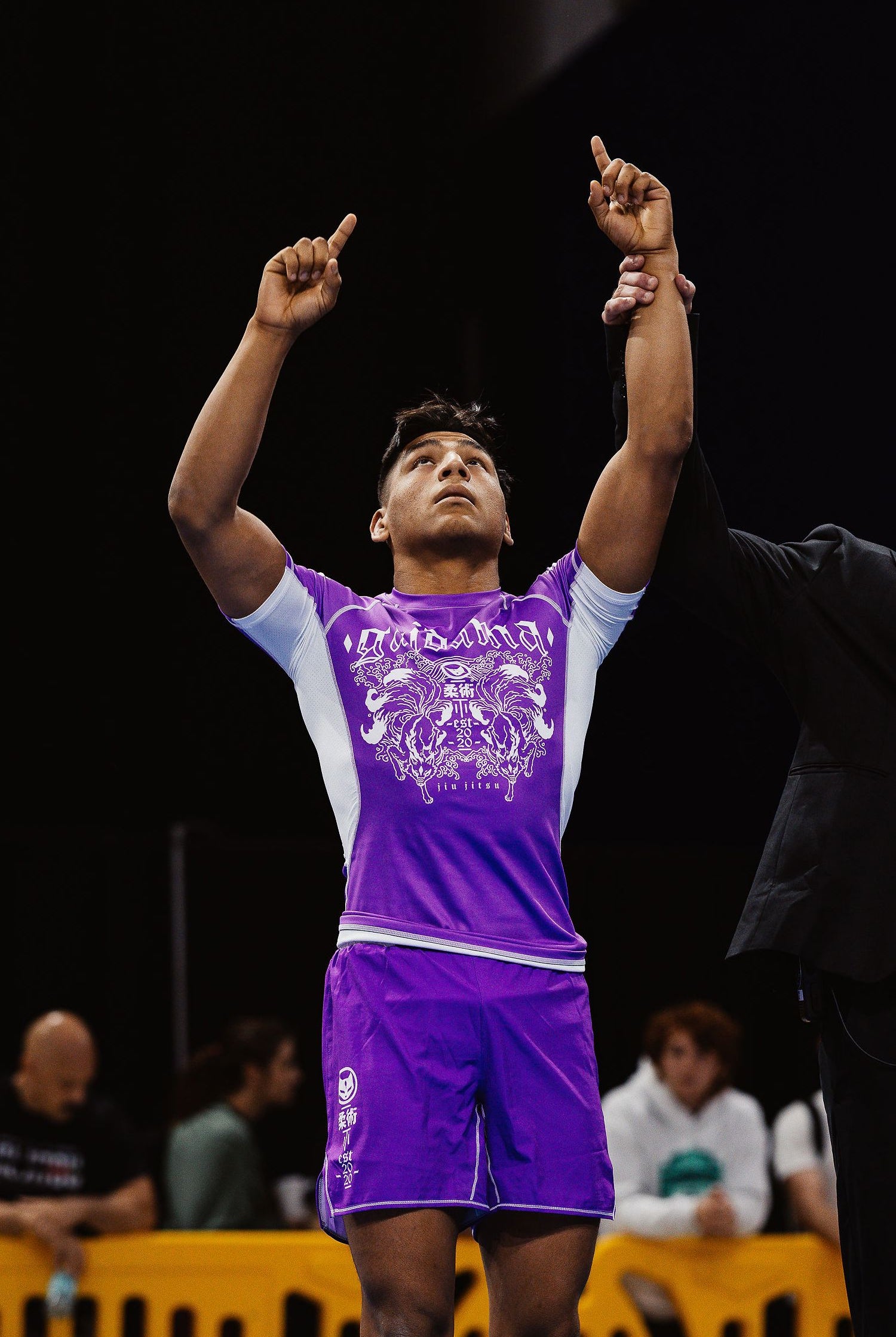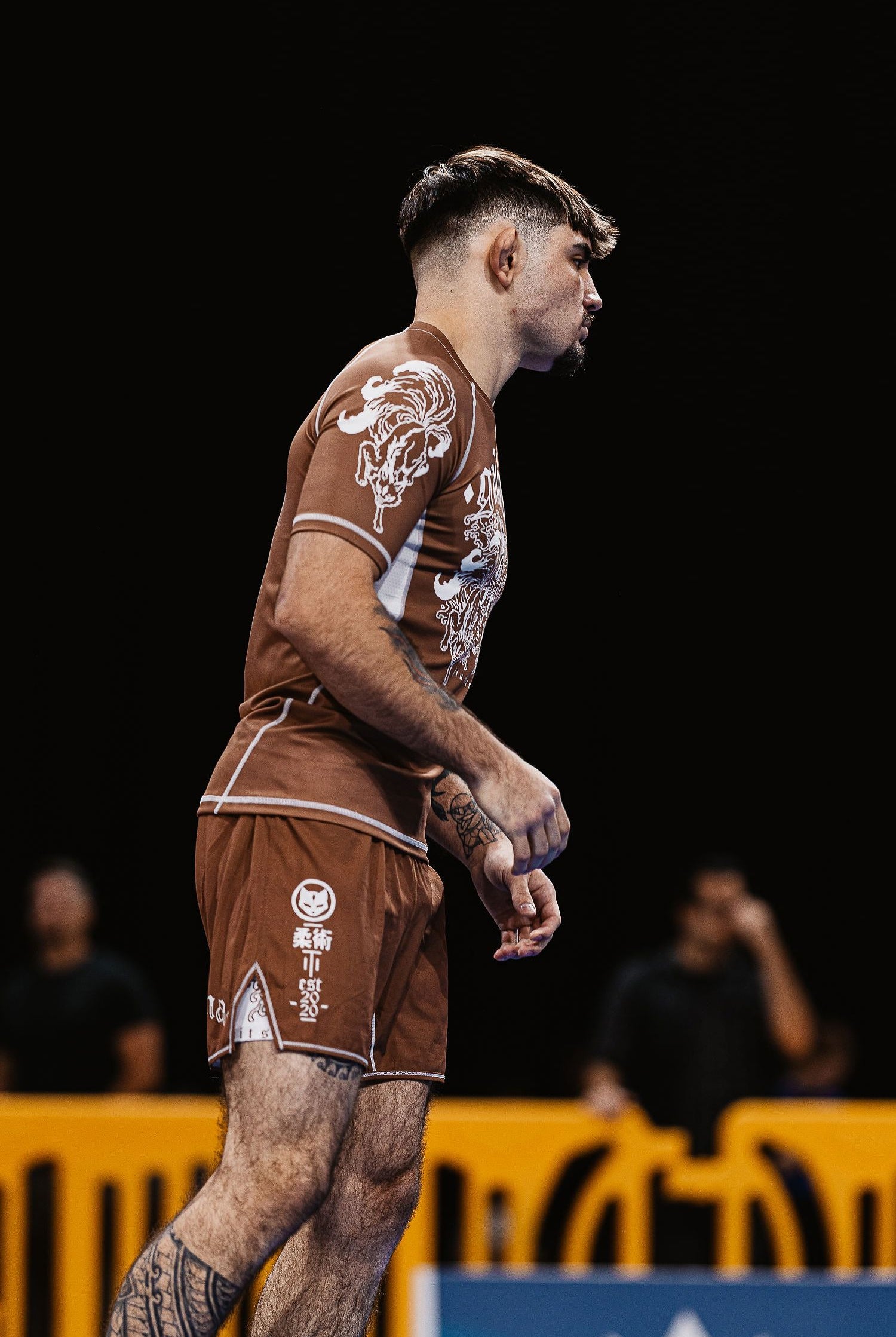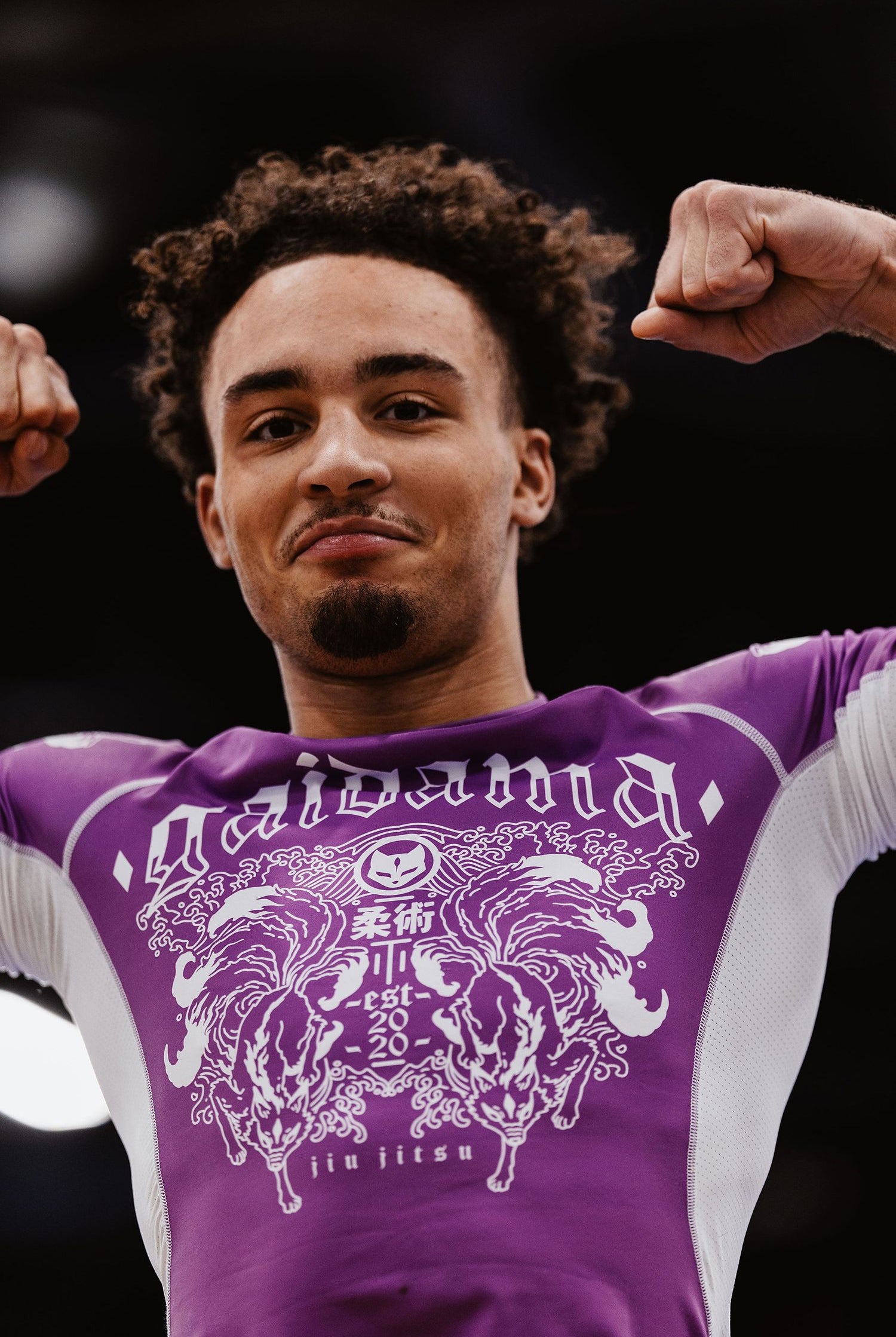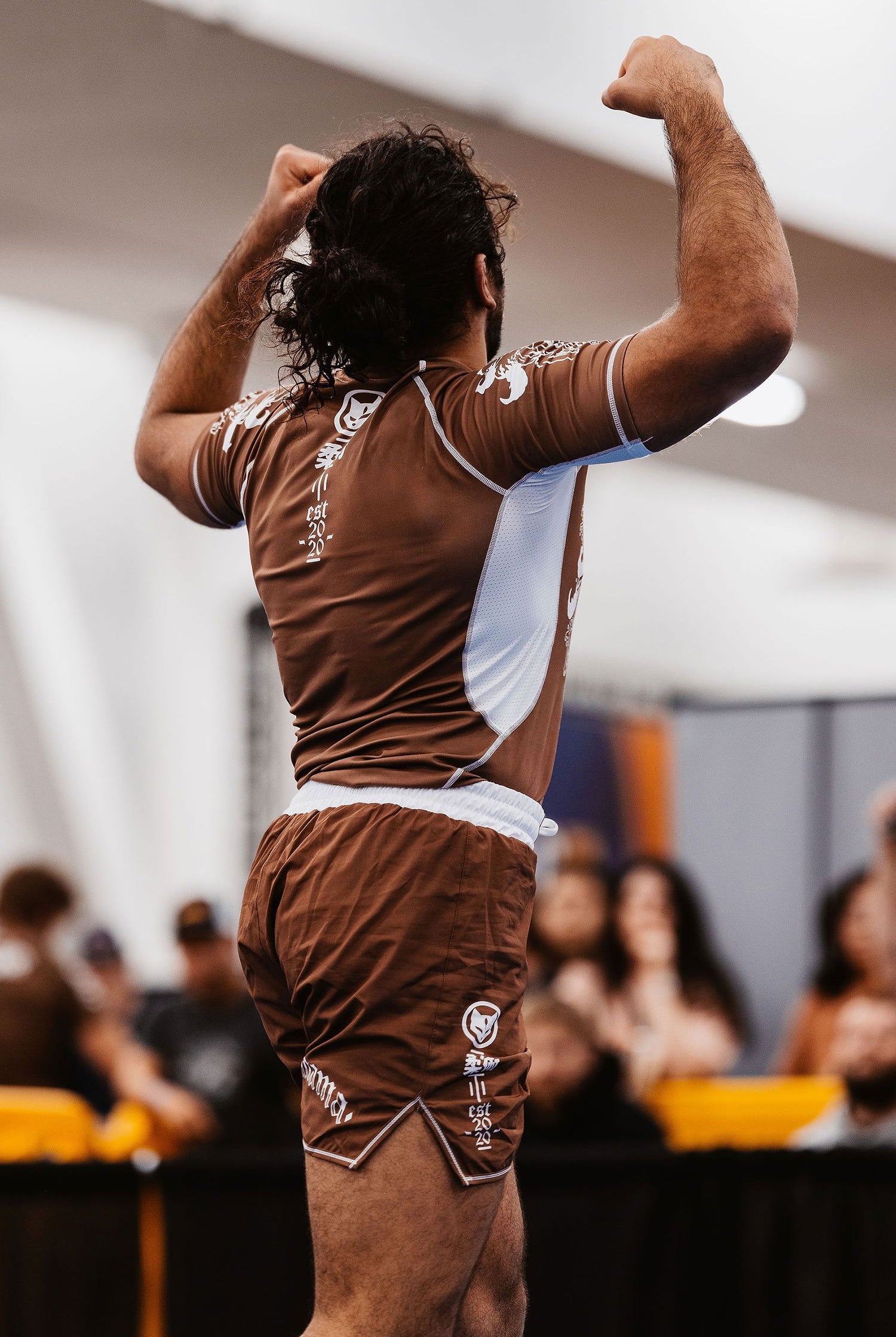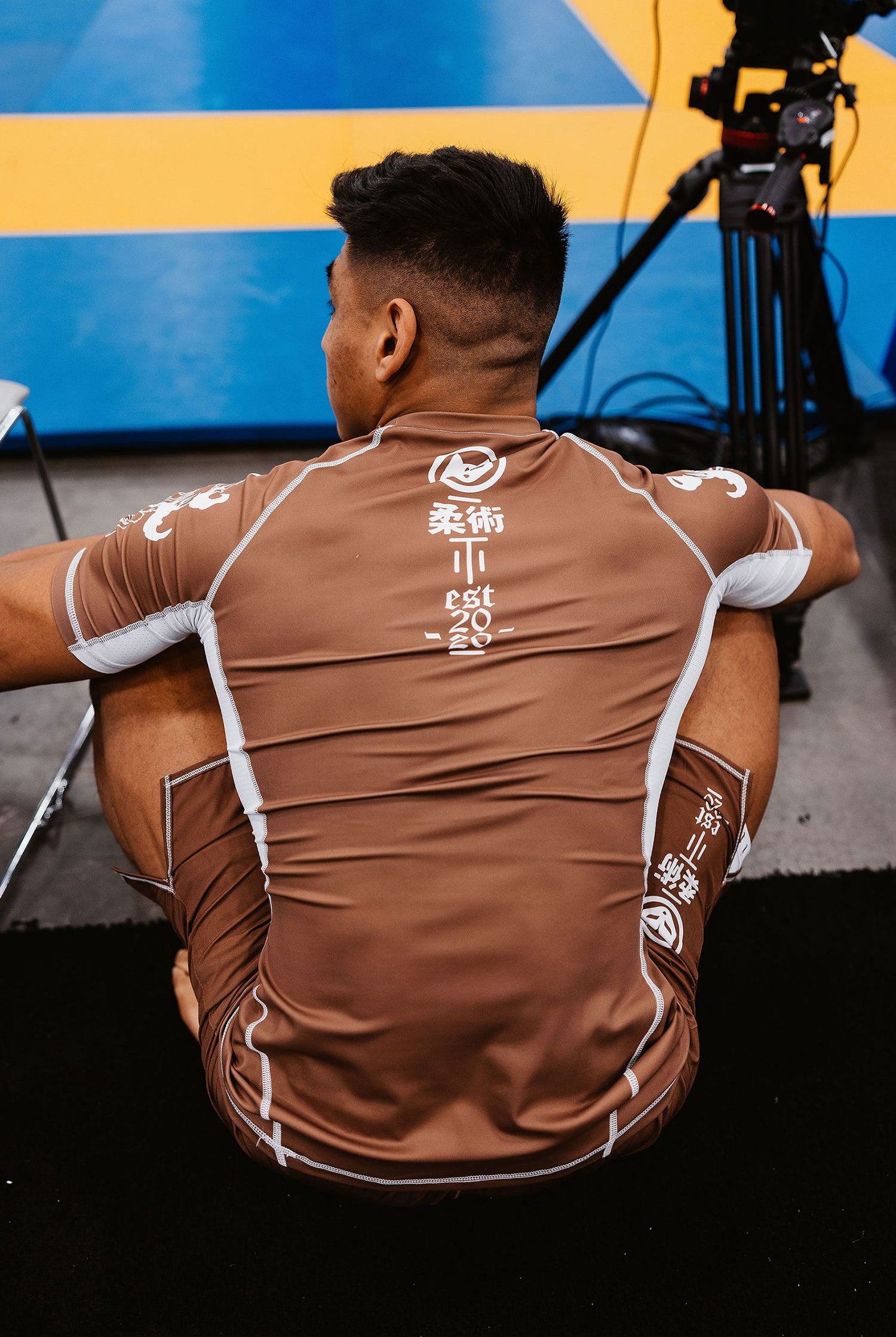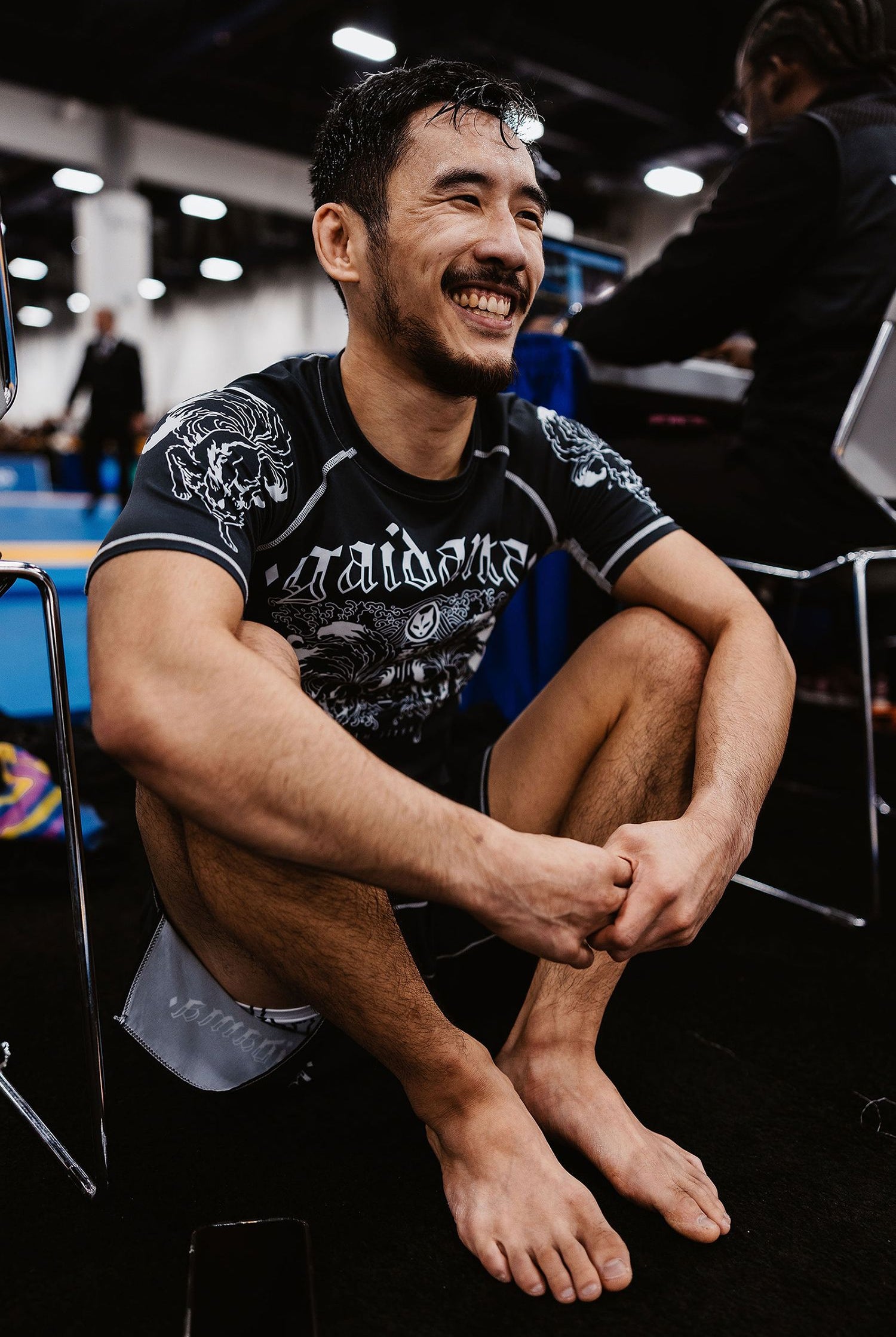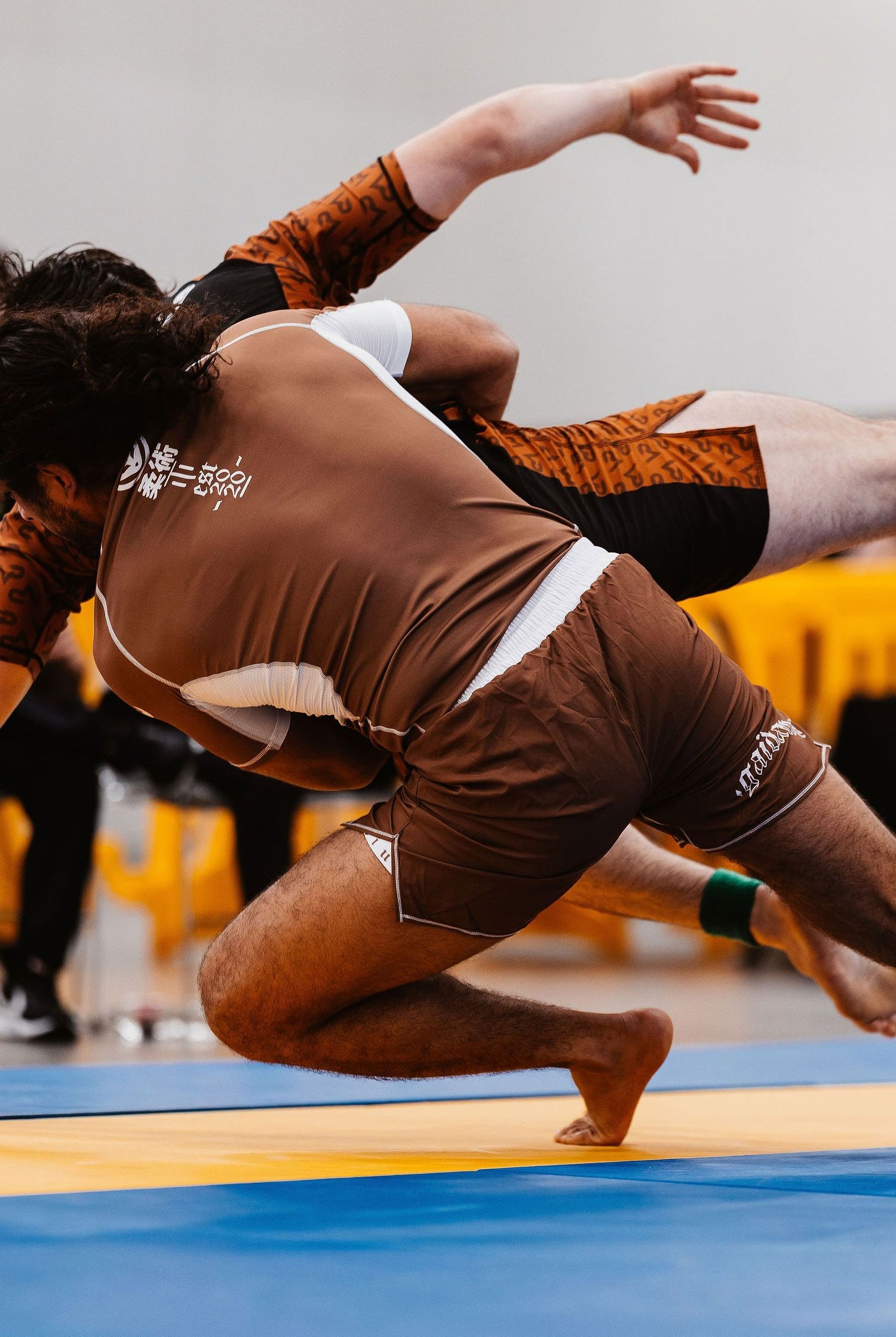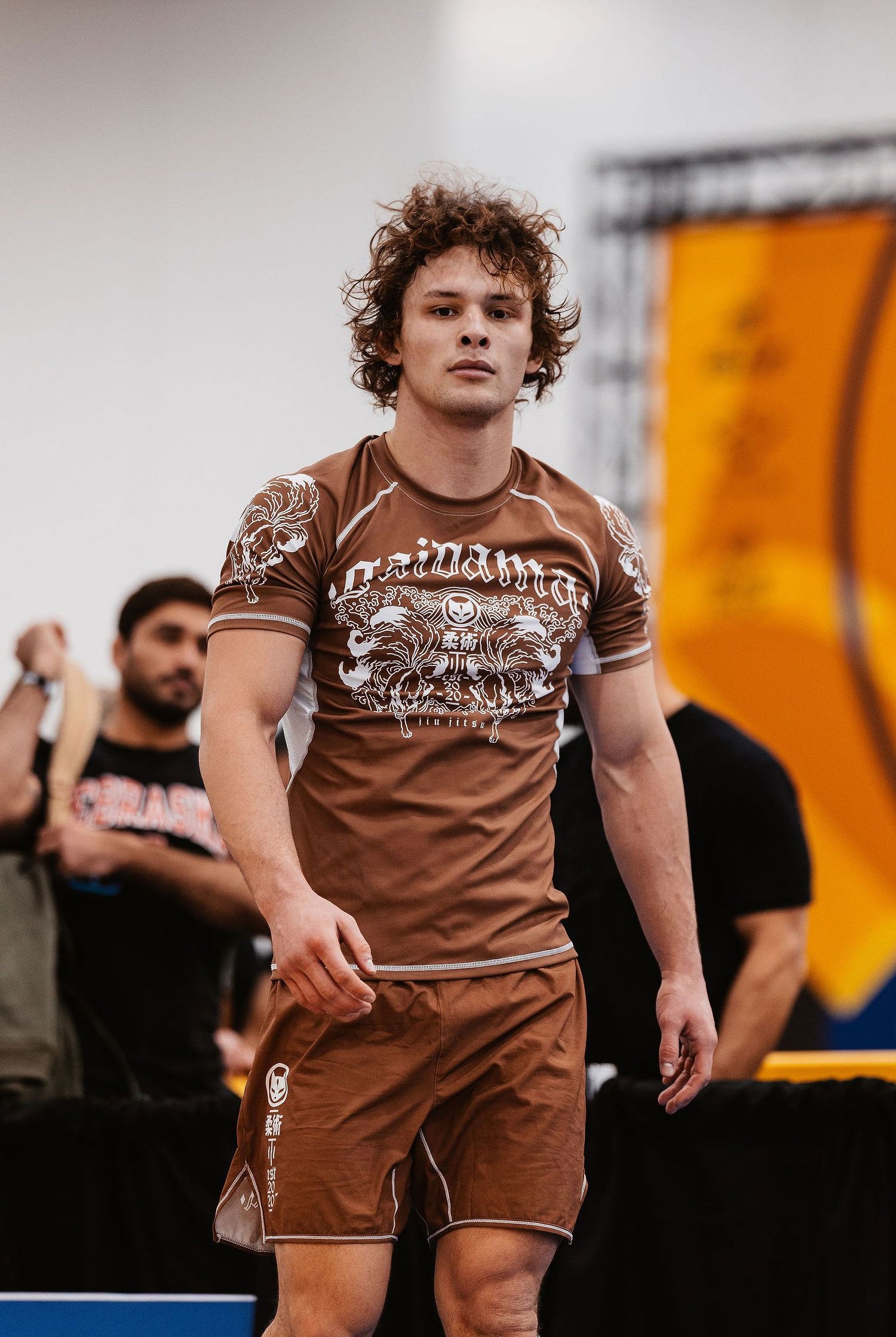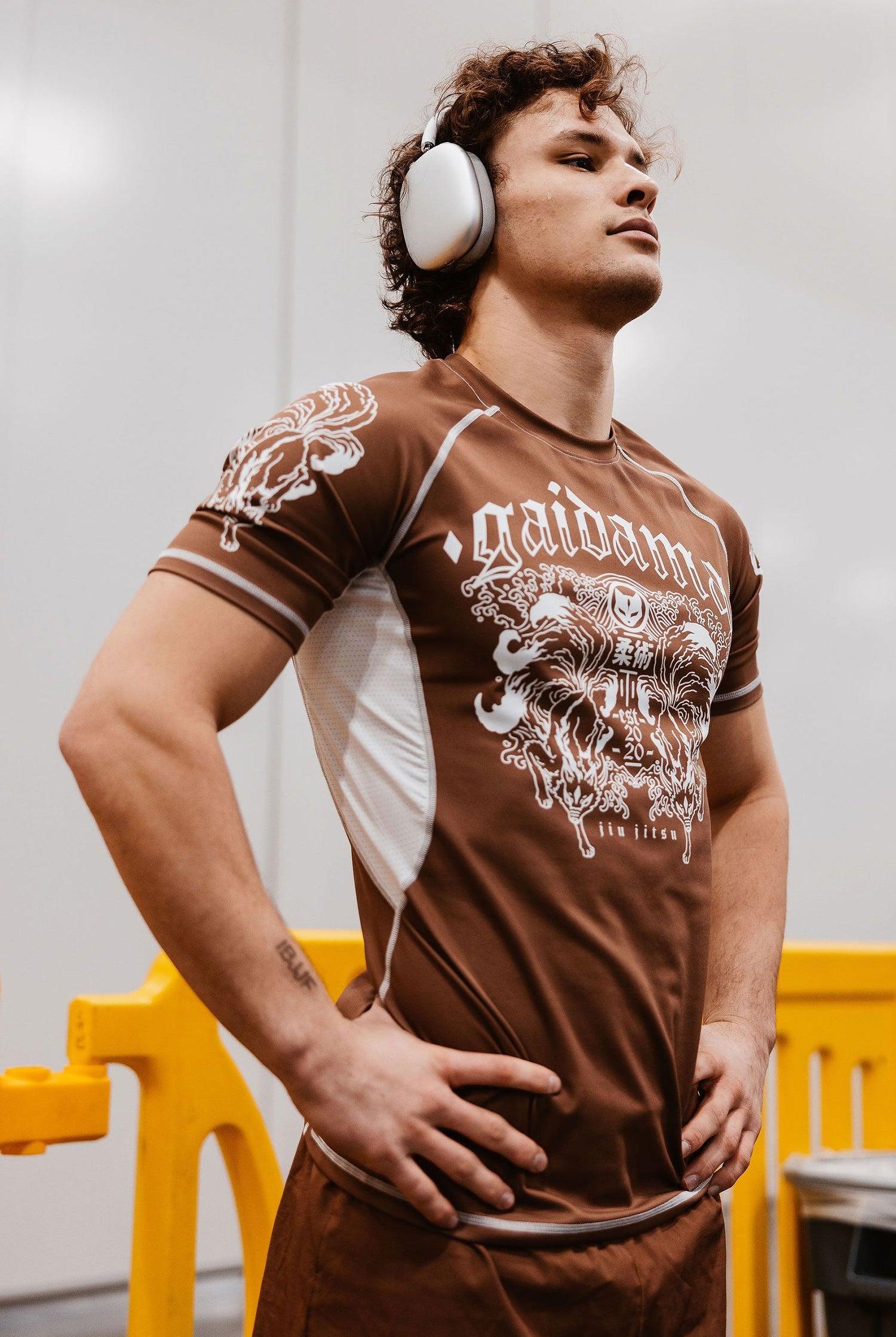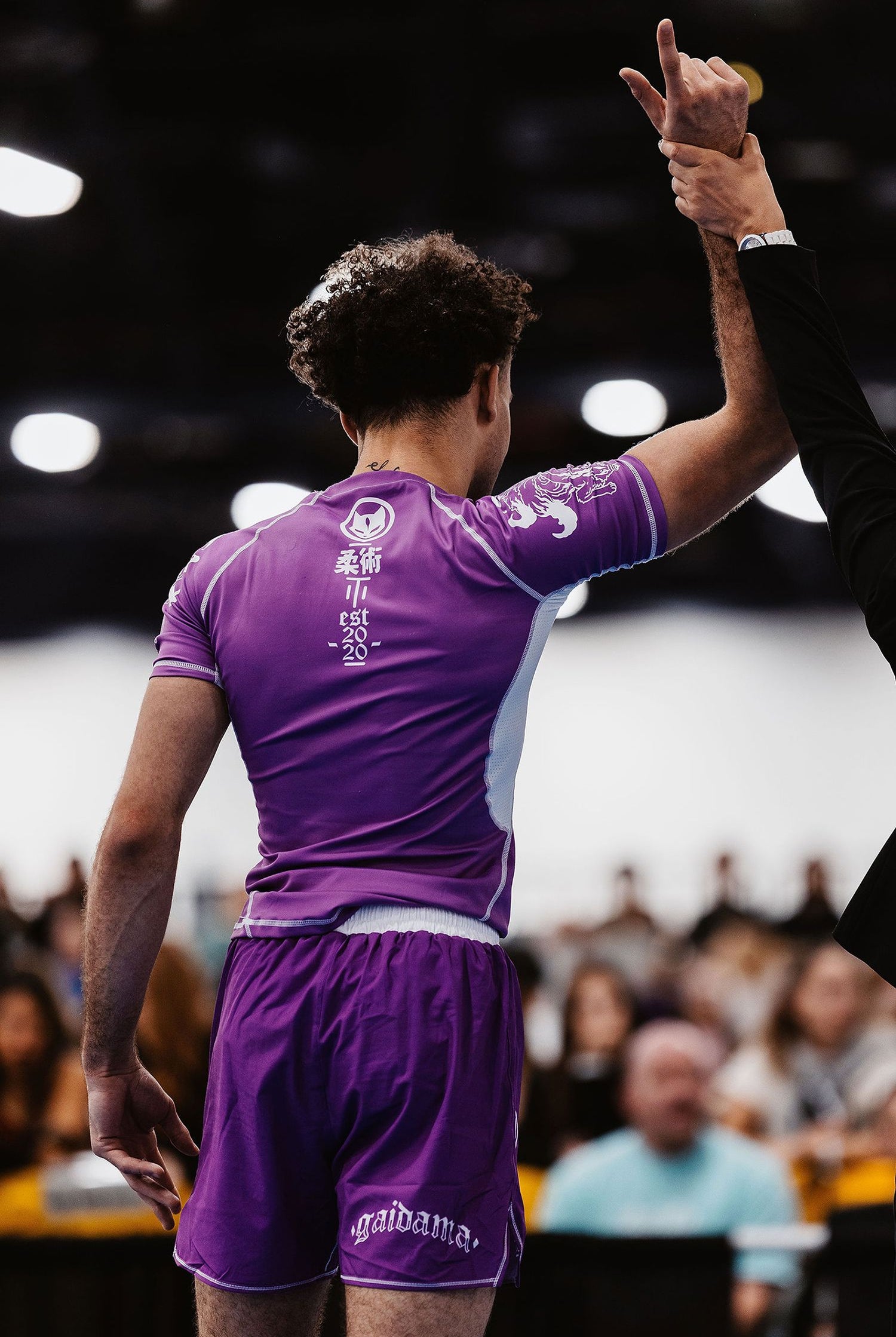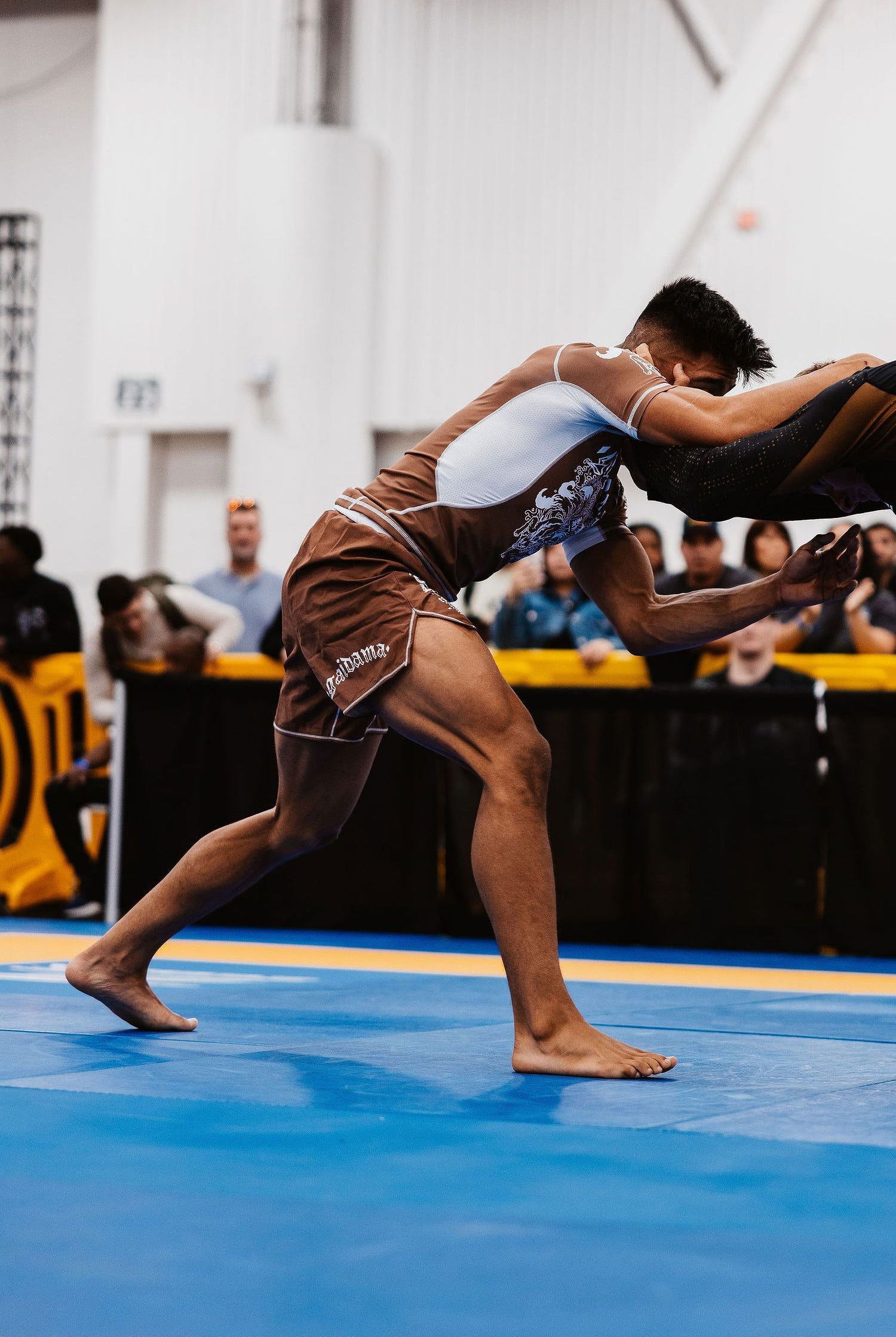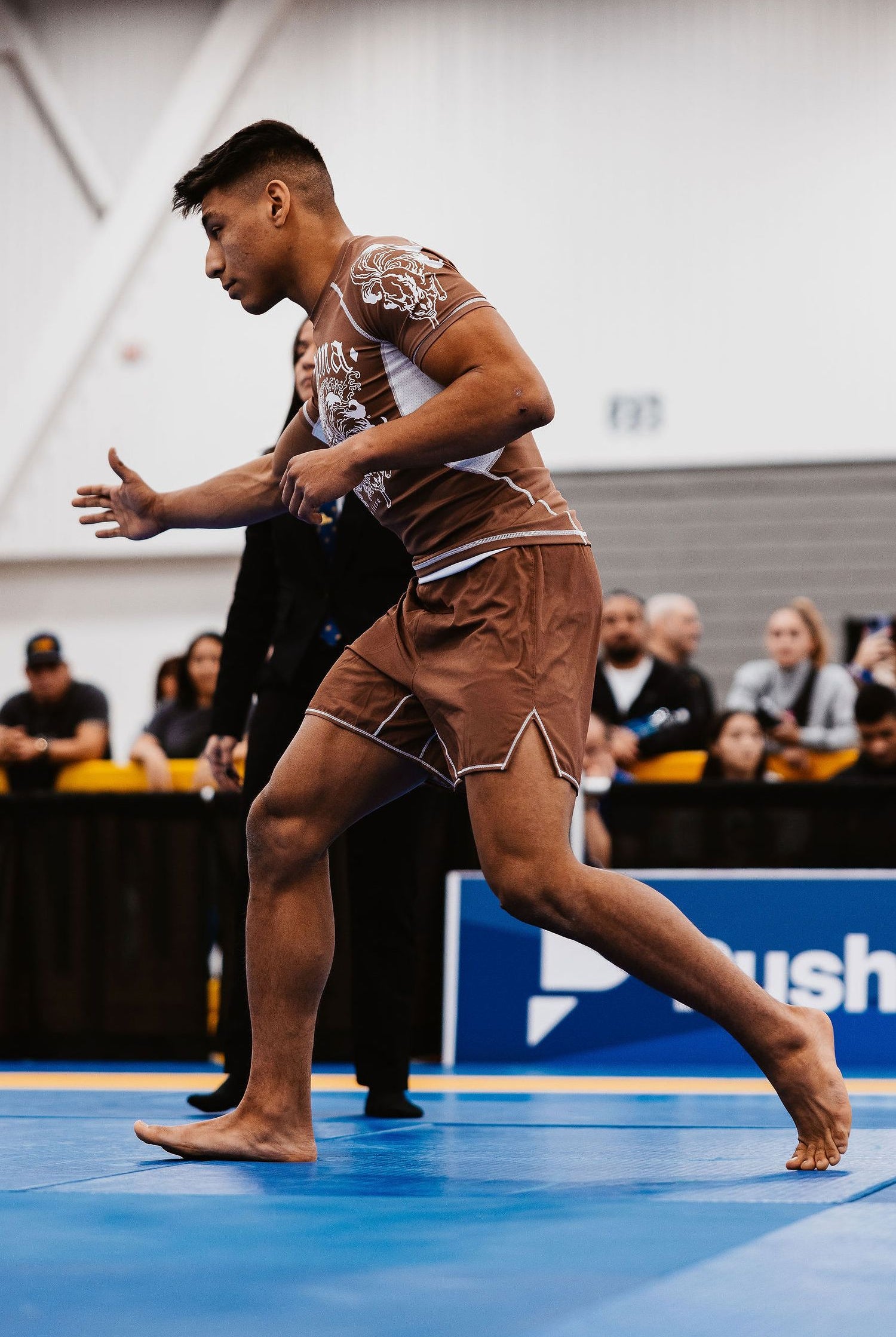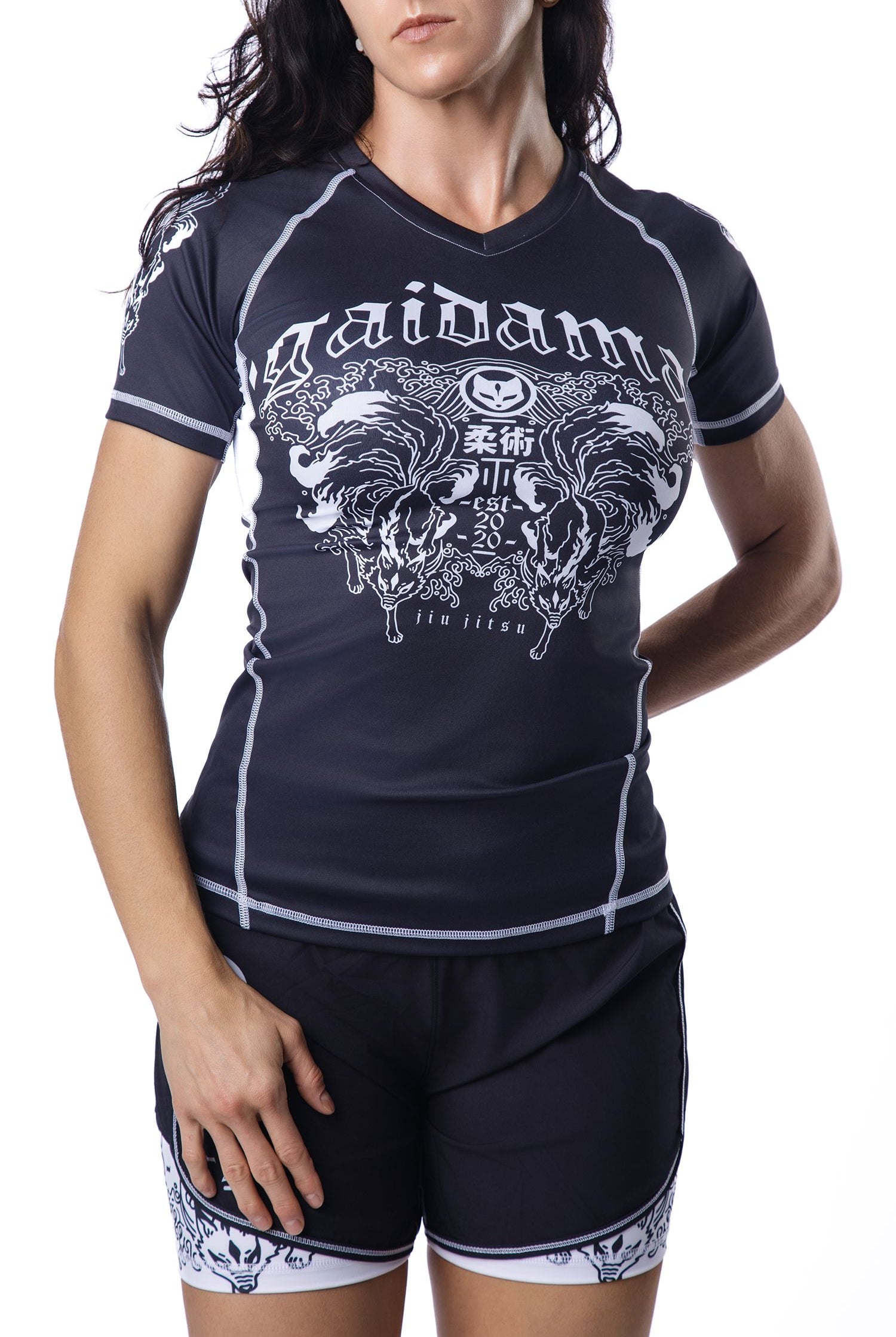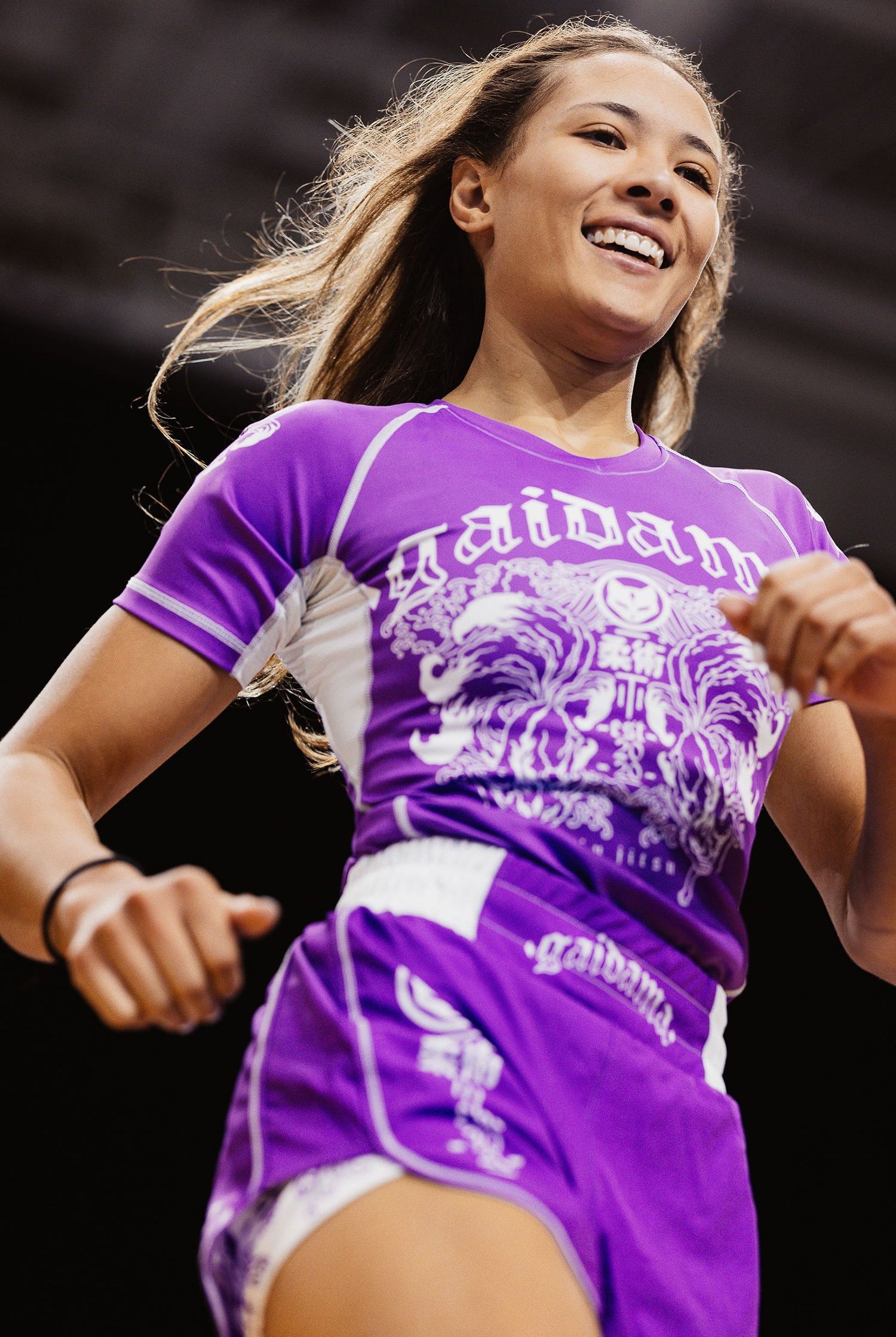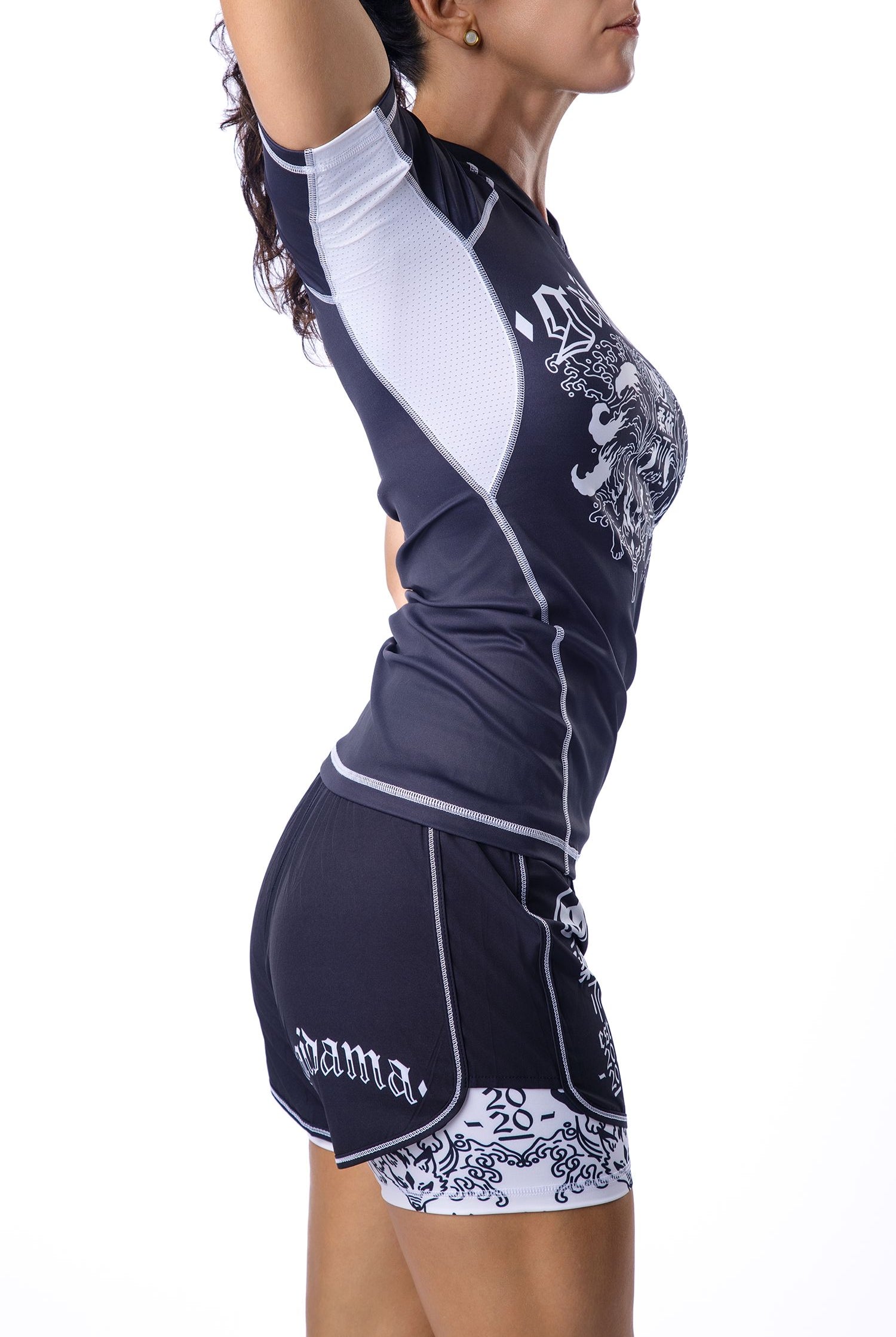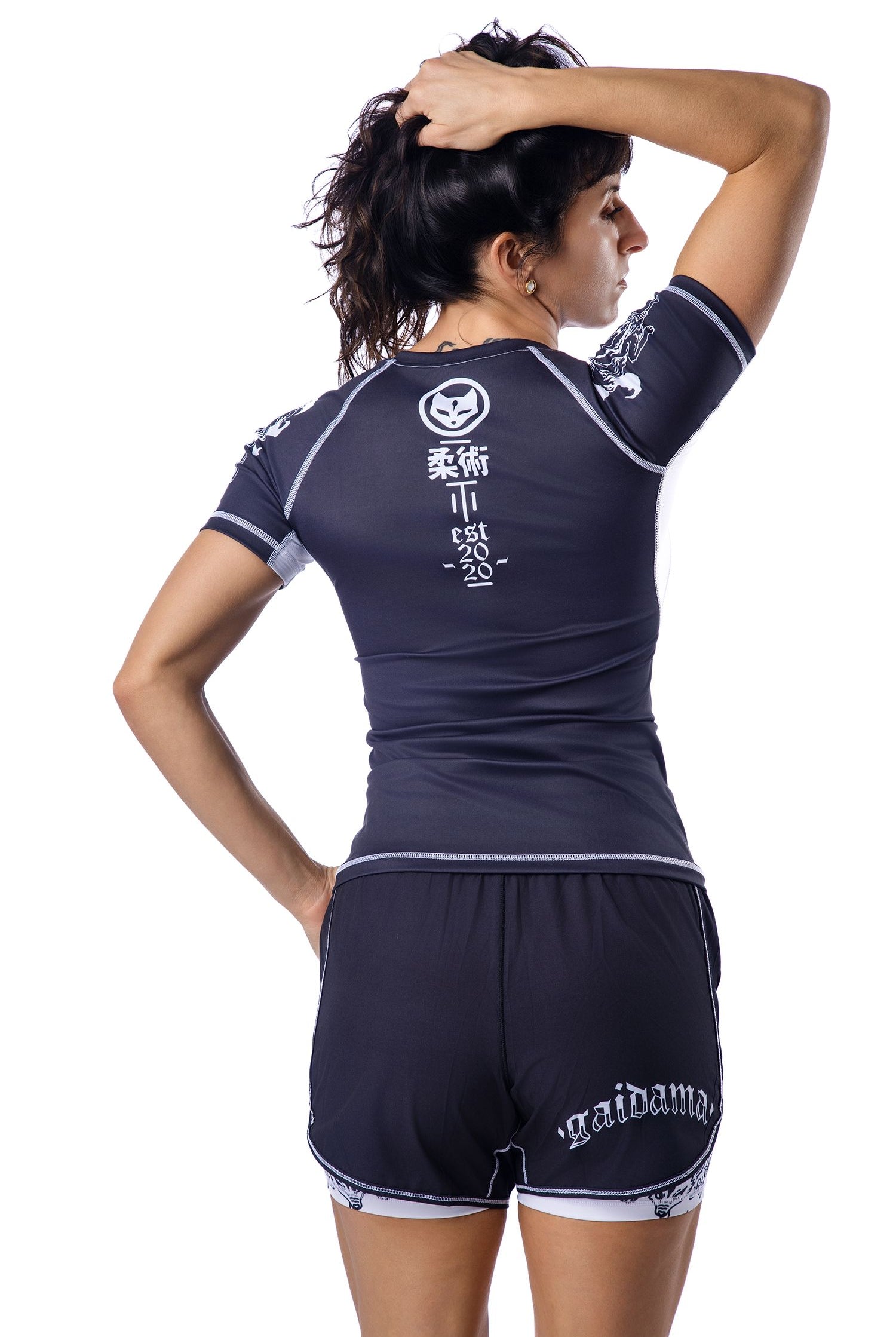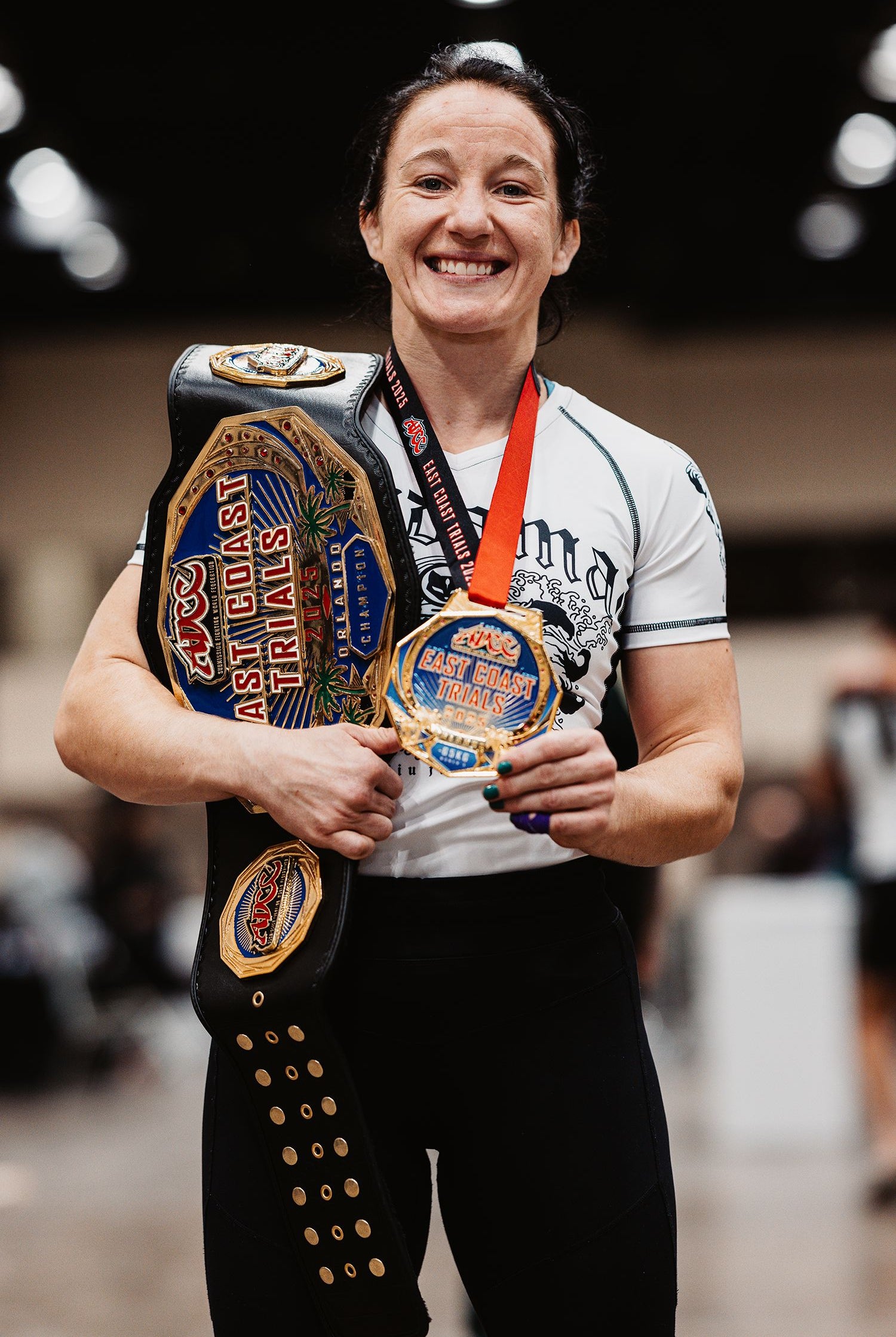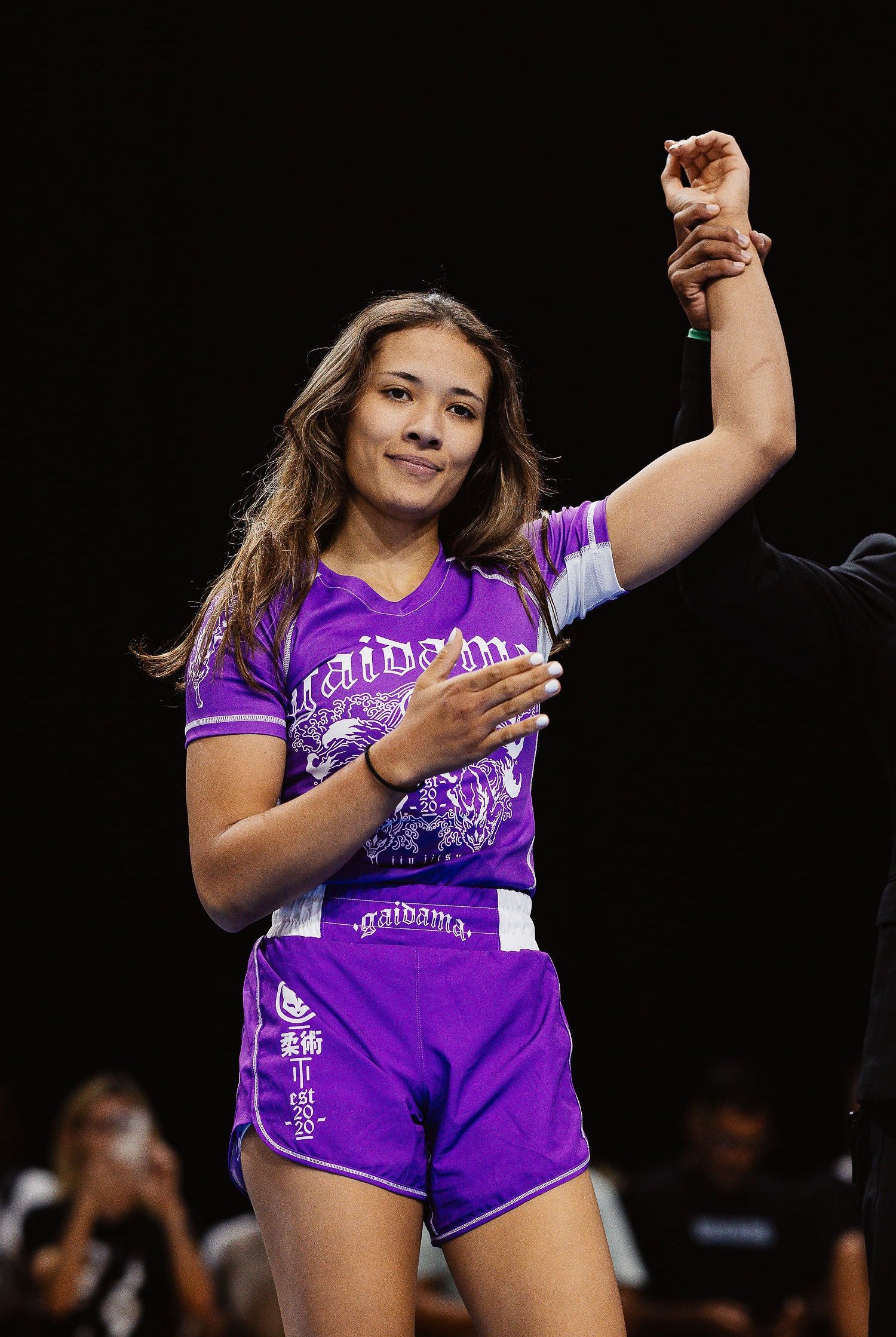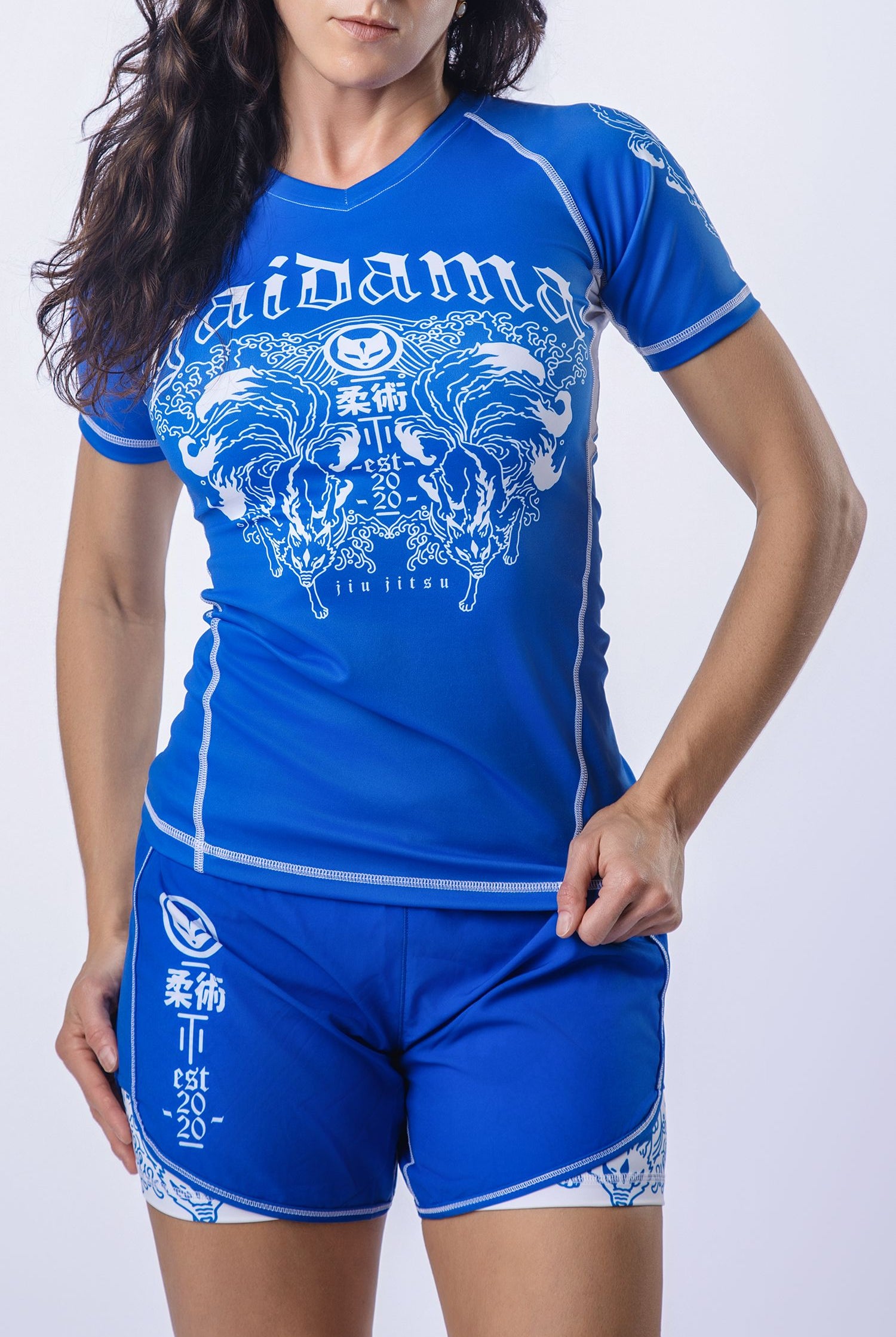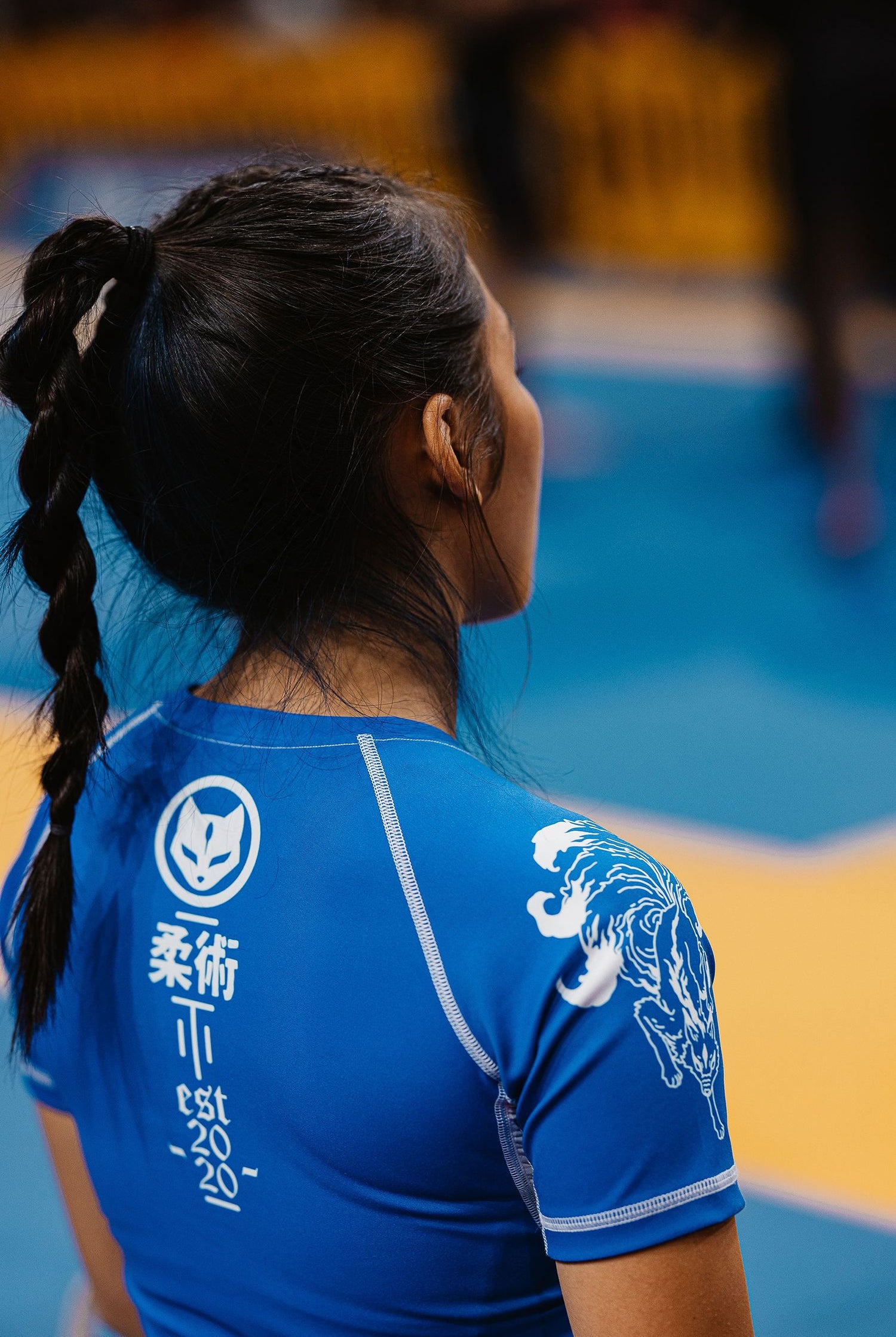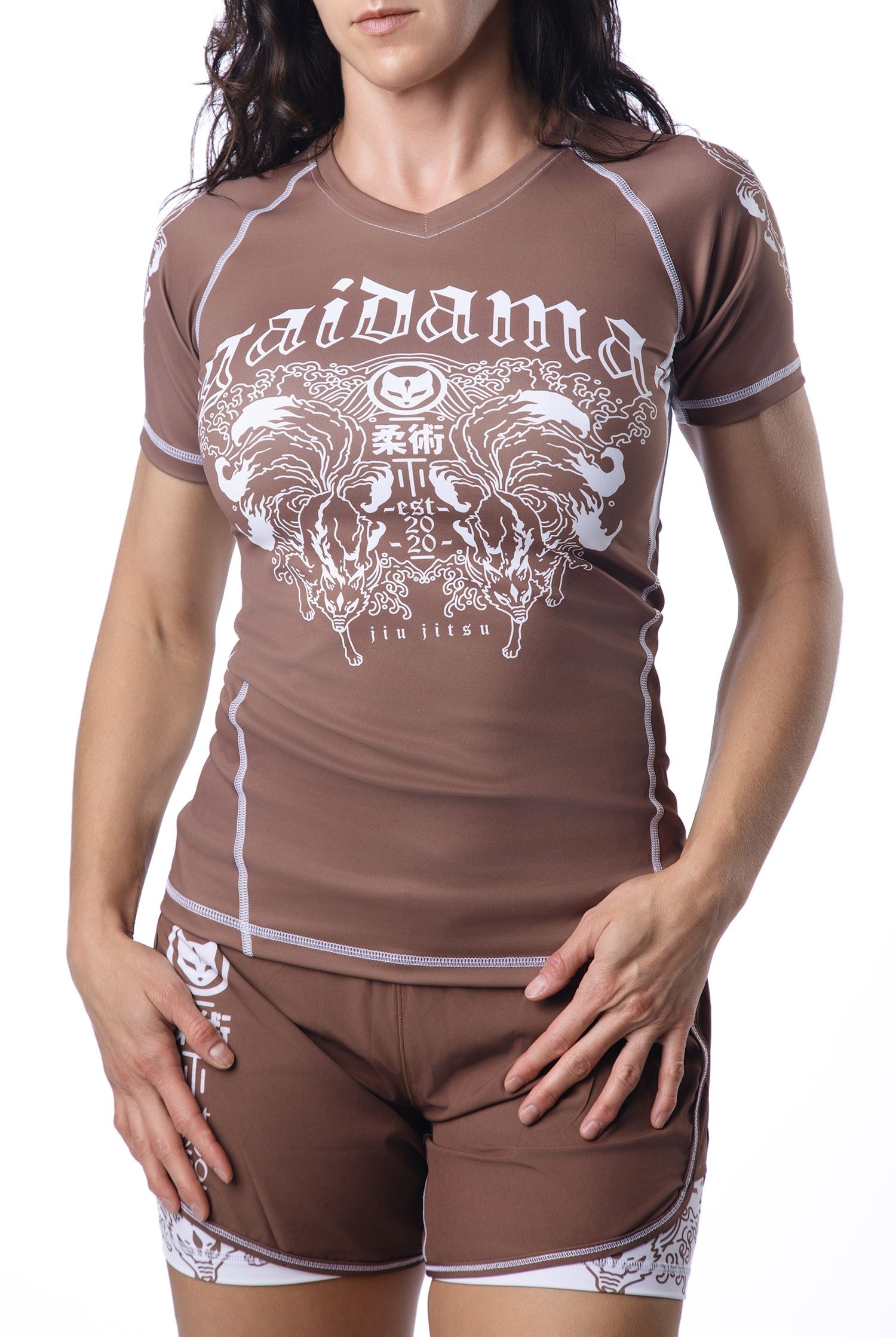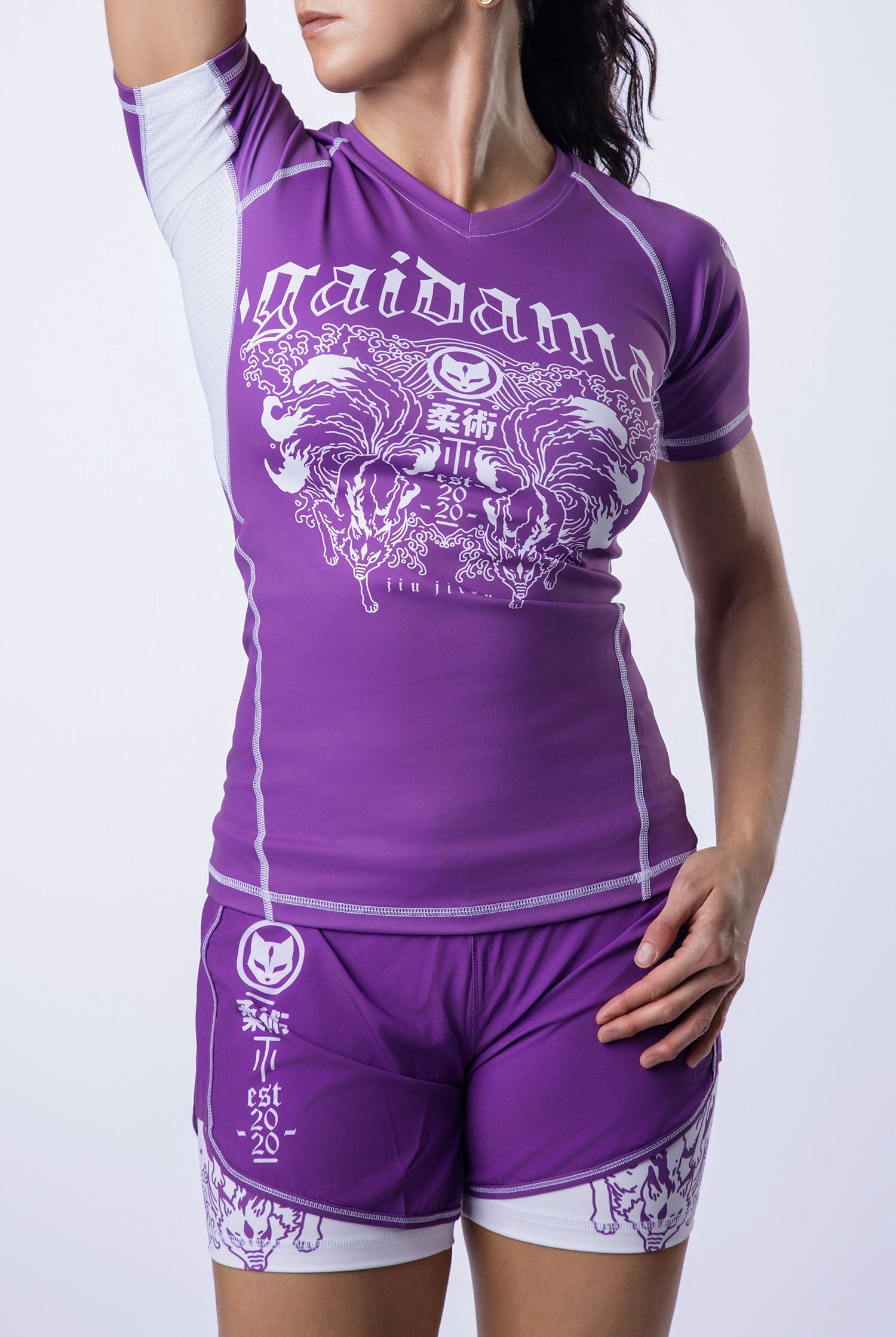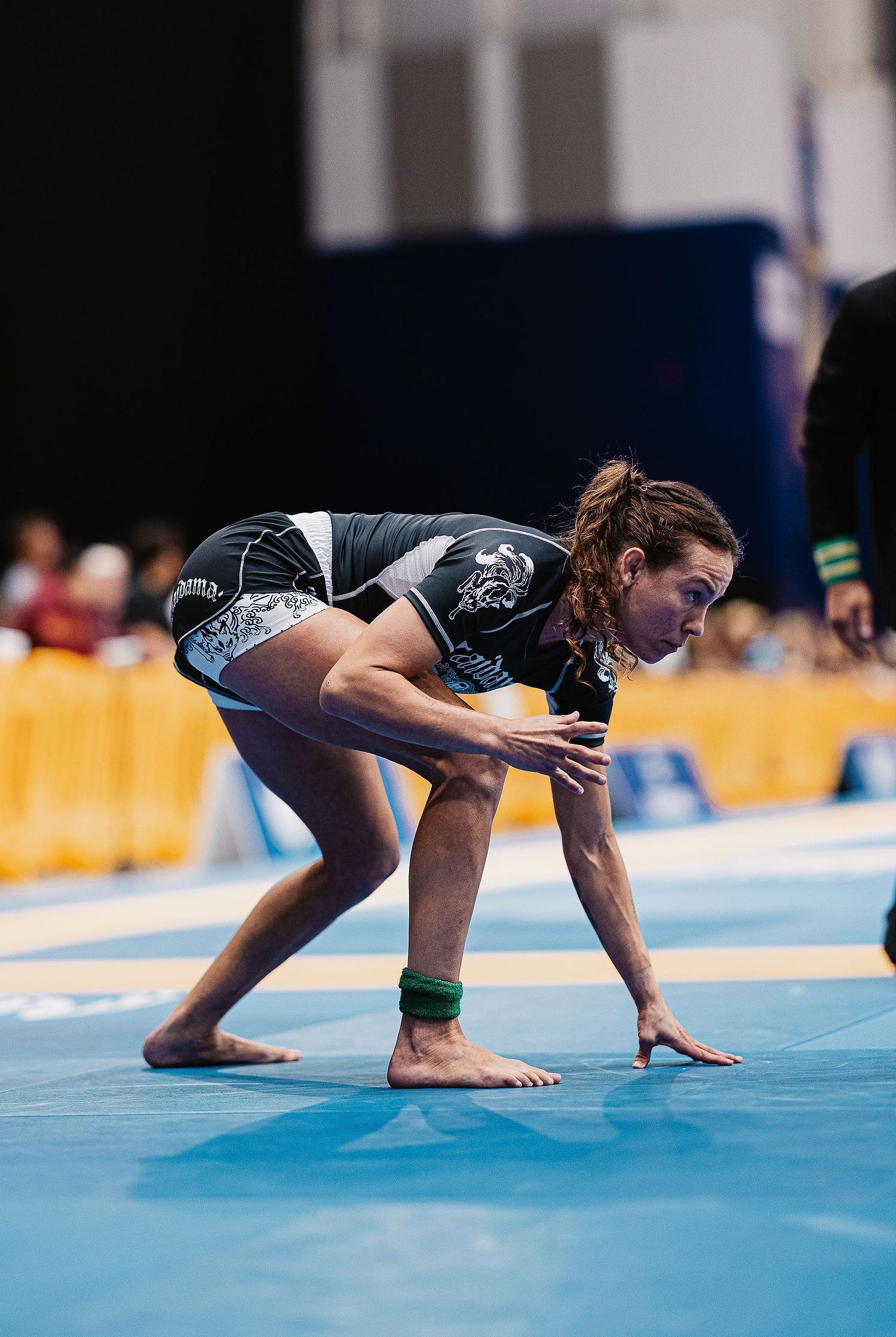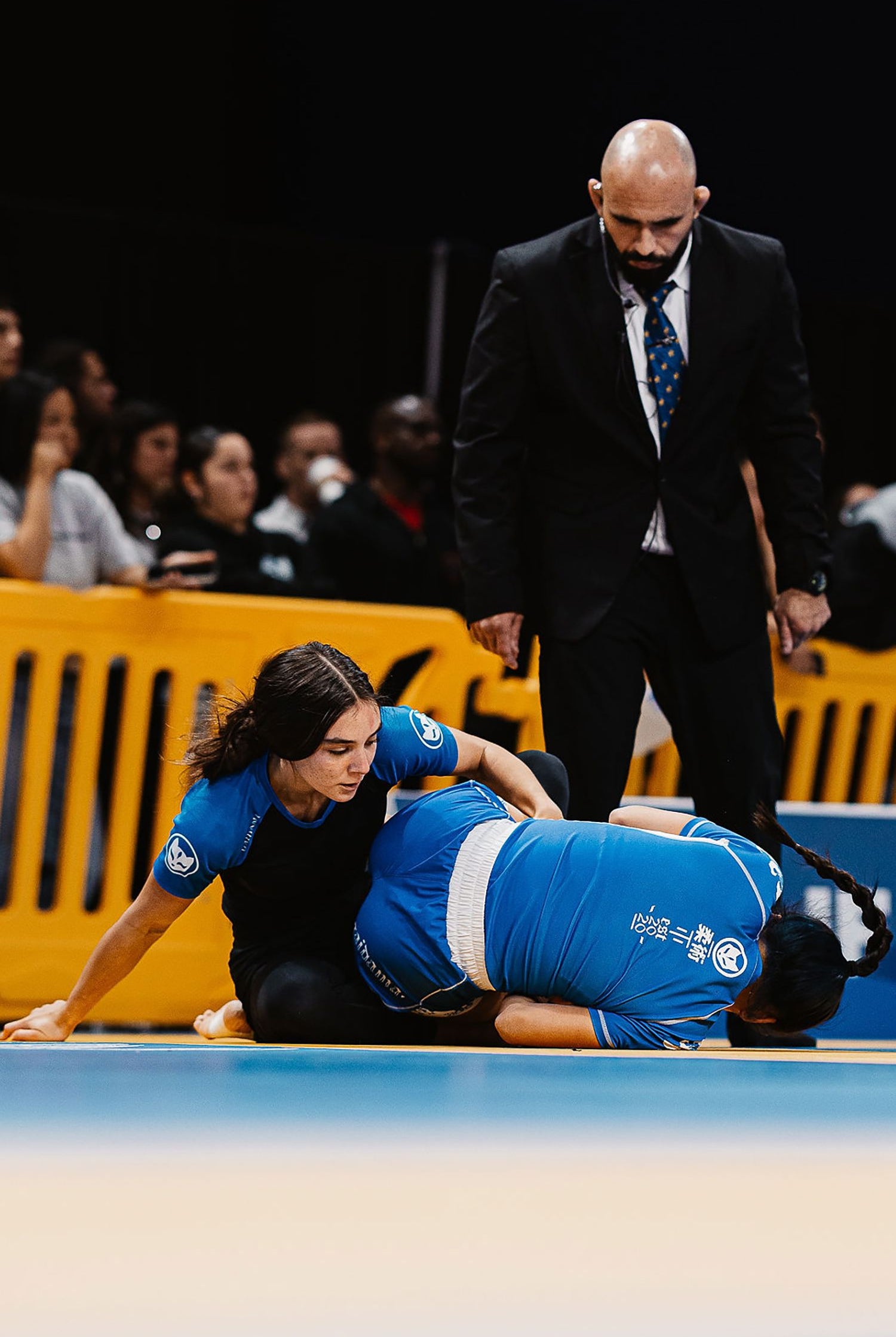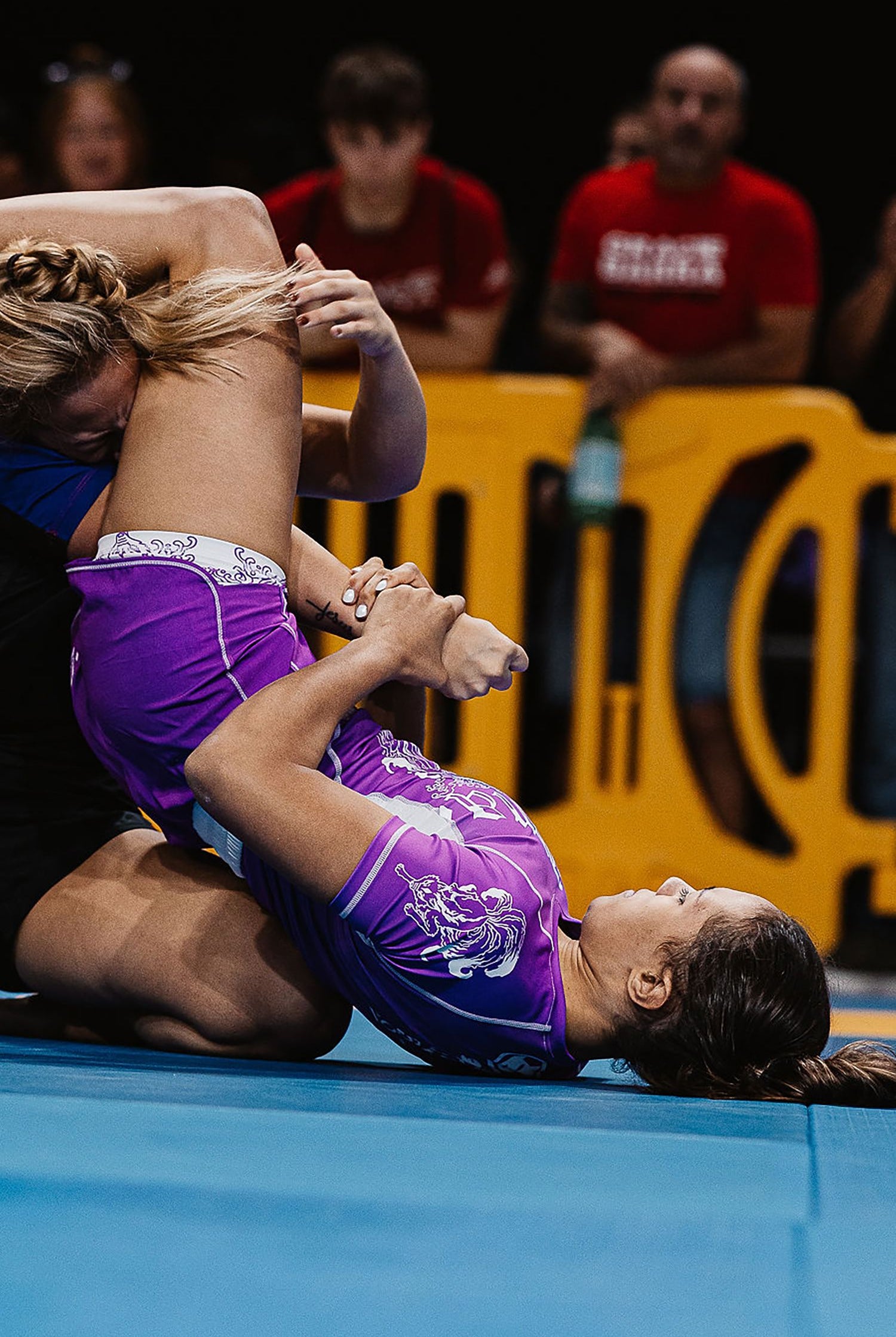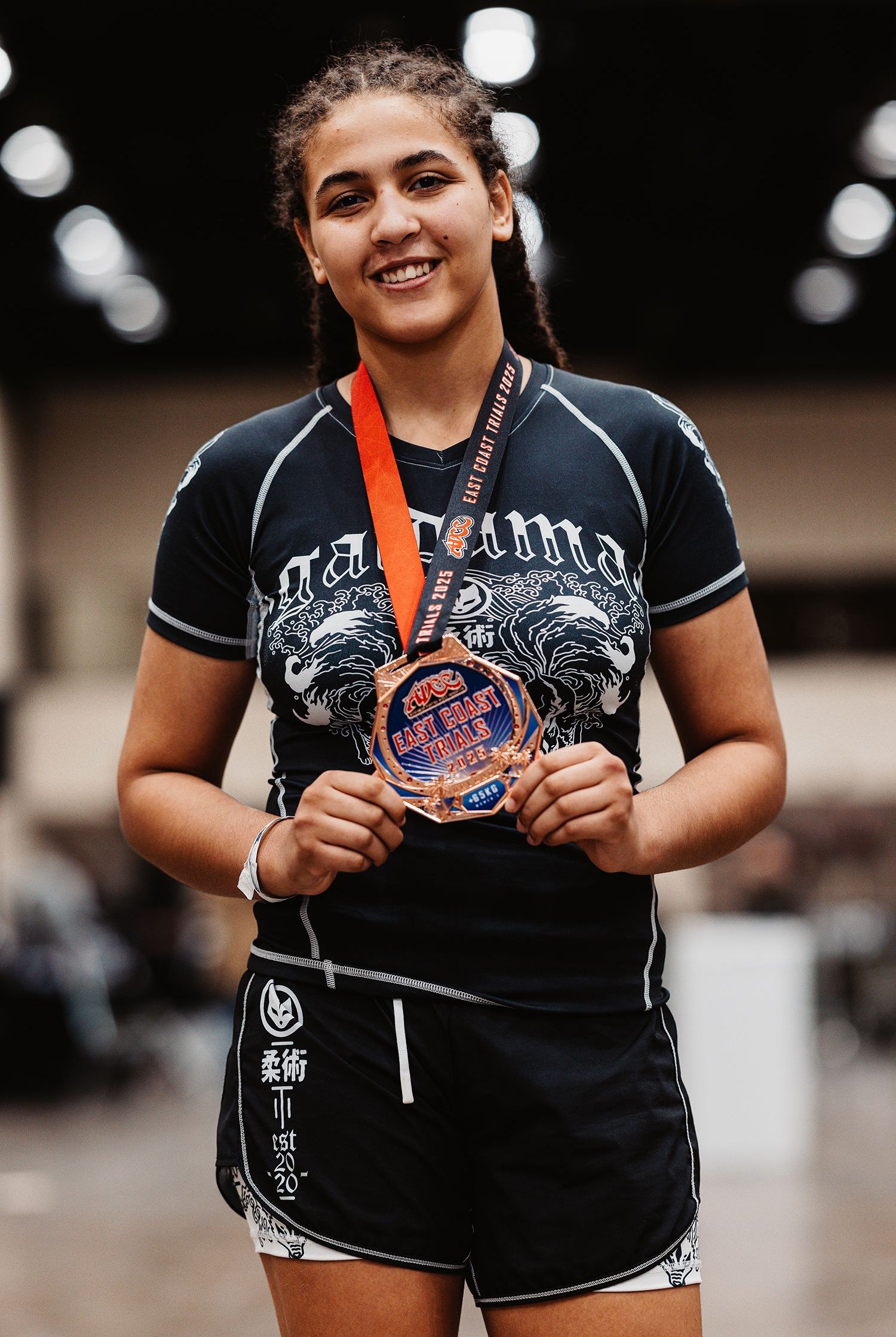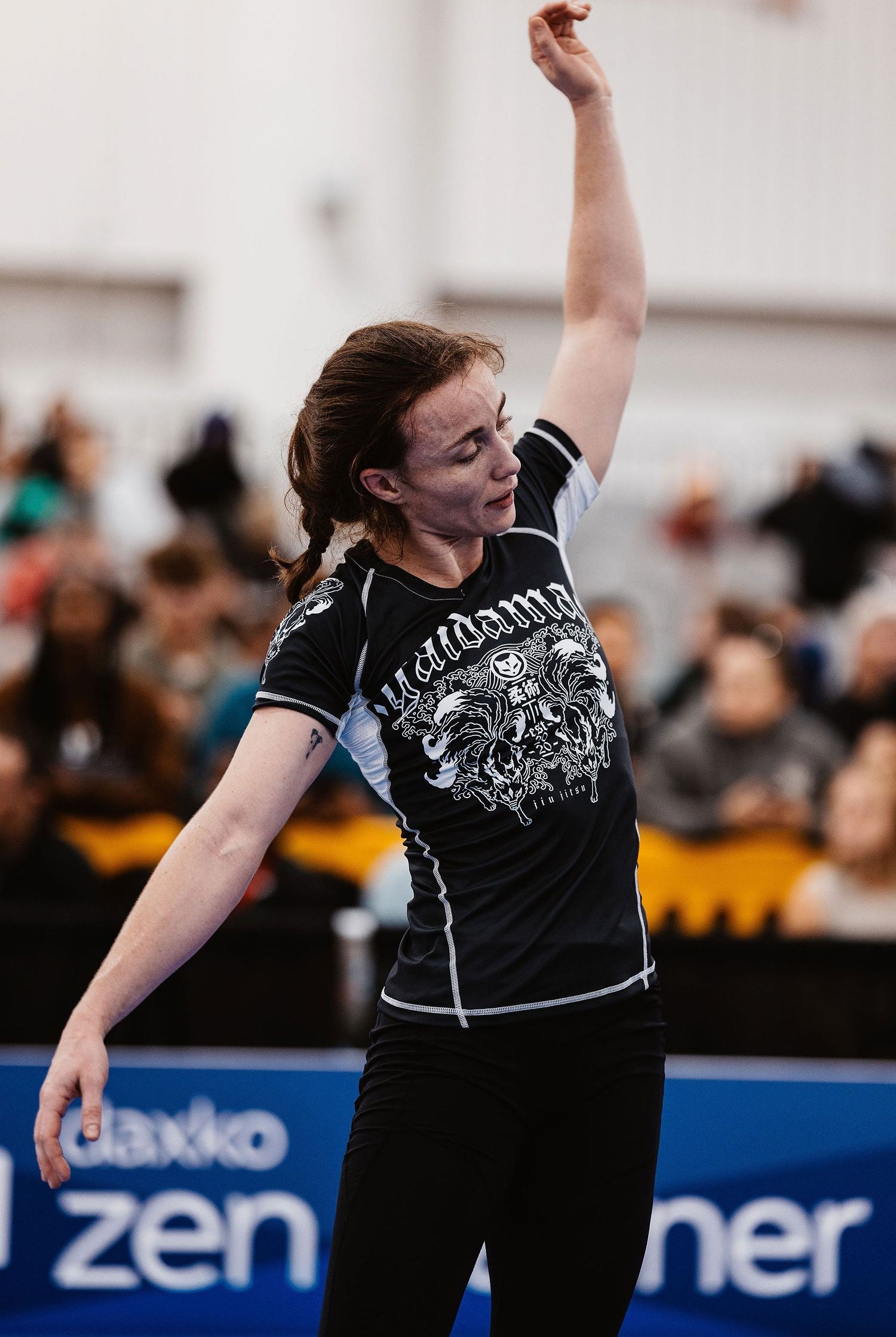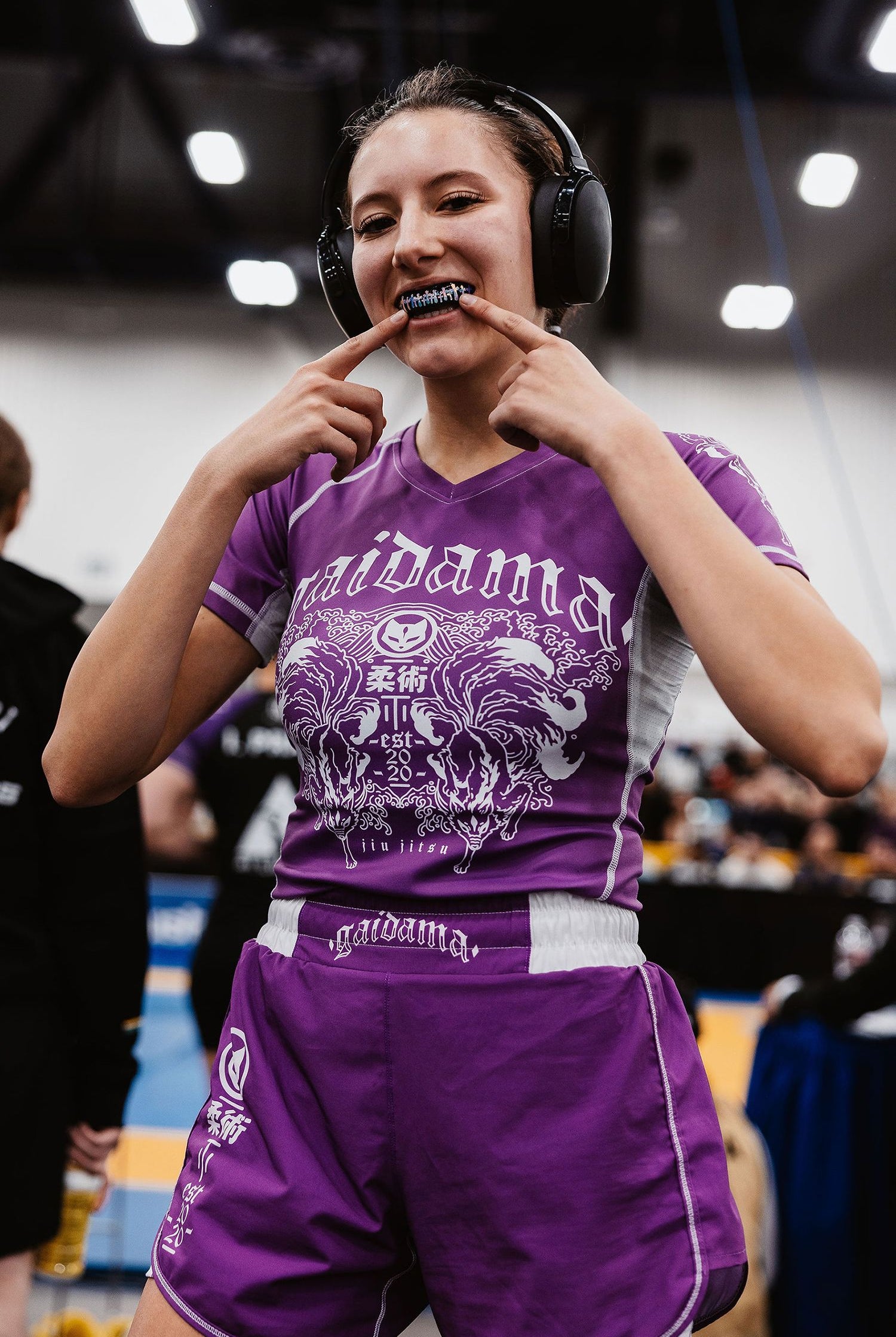Once upon a time, aspiring female athletes were hard-pressed to find even one or two other female practitioners on the mat in your average Brazilian jiu-jitsu class. While other popular martial arts programs – particularly striking styles like Muay Thai – remain somewhat male-dominated sports, they have typically still seen higher levels of female participation than Brazilian jiu-jitsu.
Challenges Faced by Women in Jiu-Jitsu
Jiu-jitsu gyms have historically struggled to build an inclusive environment for the participation of women. This happens for a variety of reasons, from the relative dearth of female role models and training partners, to well-meaning male teammates who inadvertently jeopardize an otherwise comfortable environment for women’s jiu-jitsu with overaggressive rolls that abuse brute strength. The timid white belt girl who drops in for a bit of time, only to disappear mysteriously, is an all too common story.
Consistency in training is key to building a community on the mats, but consistent practice is impossible without safety. What’s more, in the eyes of the greater public, a woman who even wants to enter a wrestling arena full of sweaty men already challenges gender norms – which may dissuade more timid women from trying out an unconventional physical training experience like jiu-jitsu. Accounts of women who share experiences on the mat are, after all, rarer than stories of men doing the same. Traditional gender roles are a barrier to success that many underestimate.
Creating a Welcoming Environment for Women
Guaranteeing new students an unwavering commitment to excellence and a controlled environment for sparring; promising to promote “confidence in females”; and adding all-female classes to the training schedule only go so far, if would-be students simply can’t envision themselves on the mat. It isn’t just about a sense of security – it’s also about a sense of normalcy.
Trailblazers of Women’s Jiu-Jitsu
However, with the rise of female martial artists since the twentieth century who showcase exceptional skills and a strong commitment to jiu-jitsu – such as world-renowned Brazilian jiu-jitsu practitioner Kyra Gracie, an early trailblazer for female practitioners of the gentle art during the mid-2000s – the Brazilian jiu-jitsu landscape has become a far more supportive community for female athletes in recent years.
Remarkable women capable of tremendous physical prowess have always existed in martial arts – and the history of women going toe-to-toe with male peers in jiu-jitsu is far older than most practitioners realize. For example, Yvone Duarte, the first female coral belt in the sport, exemplified the courage of women in jiu-jitsu decades ago. Duarte began training alongside her brother in Brazil as early as the 1970s and became the first woman to earn a Brazilian jiu-jitsu black belt in 1990. The groundbreaking success of women like Duarte enabled today’s landscape of women in jiu-jitsu to thrive.
Overcoming Societal Norms and Challenges
While societal norms have historically worked against female combat sports athletes, plenty of those women have met these challenges with resilience and grit, earning major titles in the sport and becoming beacons of strength that practitioners of all genders look up to. The accomplishments of women who paved the way for women’s jiu-jitsu at the biggest international competitions in the world – like the American National Championship, PanAms, and Worlds – are rightfully celebrated. They were, after all, the earliest cornerstone of women in jiu-jitsu.
The Growth of Women’s Participation in Jiu-Jitsu
As a result, today, more practitioners than ever before recognize the numerous benefits for women the gentle art offers. In fact, many now argue that Brazilian jiu-jitsu is one of the best martial arts for women out there, and jiu-jitsu programs for kids see a near-even split between young male and female students in attendance.
Finding Community in Local Gyms
That said, if you’re an everyday woman seeking fun, comprehensive training in jiu-jitsu, you don’t necessarily need to move across the country to an expensive, world-class martial arts academy full of IBJJF world champions in order to find a strong community of women in the sport. Countless women have found role models in not only big-name professional female fighters and black belt competitors like Kyra Gracie, Leka Vieira, and Gabi Garcia – but also in the friendly female hobbyist at a local gym who’s recently earned her Brazilian jiu-jitsu purple belt, or the female black belt who leads a female-only class on weekend mornings.
Plenty of small gyms with affordable access to training facilities still offer women the numerous benefits they’re looking for, like a beginner-friendly approach to training, opportunities for personal growth, conditioning classes that improve physical strength, and perhaps most importantly, a strong sense of community. None of that is dependent on the square footage location metrics of an academy. The key aspect of a successful women’s program really lives in its community.
The Power of Community and Inspiration
In other words, you don’t have to be a celebrity competitor winning double gold at ADCC to become a beacon of inspiration for women’s jiu-jitsu – or to build a supportive environment for the growth of women in the sport. Celebrating progress and success for women’s jiu-jitsu can take the form of competitive accolades – but it can also simply mean attracting more female hobbyists who want to explore the many beautiful aspects of the gentle art.
The Rise of All-Female Classes
It wasn’t so long ago that an all-women BJJ class would have been near-impossible, simply due to a dearth of interest. Now, all-female classes are becoming commonplace, and new female white belts frequently find eager allies in women wearing colored belts. The criteria for success in women’s jiu-jitsu can take on many different forms, and today, new platforms for women who want to don leadership roles are everywhere. From starting mentorship programs to curating online resources, opportunities to trailblaze in jiu-jitsu are plentiful.
Women’s Journey in Jiu-Jitsu
Aspects of women who succeed in Brazilian jiu-jitsu are as varied as jiu-jitsu itself, and building a community takes all kinds. The journey of women to the pajama wrestling arena isn’t a linear path. Many women are initially attracted to the much-touted practical self-defense skills that arrive with regular training – and with good reason.
Self-Defense Benefits of Jiu-Jitsu for Women
Thanks to the diminutive size of many of its champions, Brazilian jiu-jitsu regularly features in listicles with titles like “Top Martial Arts for Dangerous Situations” or “The Best Martial Art for Women.” BJJ’s ground-based techniques are an excellent choice for women seeking a physical edge. The wide range of leverage-based techniques is ideal for a smaller-framed human contending with brute strength from a larger aggressor.
Furthermore, a culture of constant sparring and tough rolls challenges practitioners to pressure test their techniques against live resistance. This gives students a much more realistic idea of how potential threats feel in real-world situations. This is a crucial aspect of an effective self-defense system.
The Empowerment of Women Through Jiu-Jitsu
Moreover, the confidence-boosting benefits of Brazilian jiu-jitsu also encourage women to set stronger boundaries. After all, self-defense skills have never been purely physical – they also encompass qualities like situational awareness, mental wellness, de-escalation know-how, and an even-keeled approach to challenges. That blend of strength, mental fortitude, newfound confidence, and technical skill is a heady tool for women hoping to protect themselves from harm. It creates a sense of empowerment that few other activities can replicate. Abuse against women has no true silver bullet solution – but continued practice and regular training in jiu-jitsu isn’t a bad place to start.
Beyond Self-Defense: The Broader Appeal of Jiu-Jitsu
Nonetheless, the appeal of women’s jiu-jitsu extends far beyond a focus on women’s self-defense. Plenty of women in jiu-jitsu – much like their male counterparts – take inspiration from the combination of strength and technical grace displayed by professional athletes in competition at the highest levels. They take a holistic approach to the sport, embracing women’s jiu-jitsu as a transformative journey and powerful tool for self-improvement.
Physical and Mental Benefits of Jiu-Jitsu
They see jiu-jitsu as a path toward bettering multiple aspects of life. These include higher fitness levels and greater mental toughness, not to mention body confidence and awareness, improved physical skills for everyday functional movement, growth in overall physical strength, and myriad mental health benefits. Moreover, overcoming the physical challenges of grappling with larger, stronger people can provide a tremendous boost of confidence and sense of accomplishment for many women, leading to a more positive self-image.
The Role of Community in Women’s Jiu-Jitsu
The community aspect of women’s jiu-jitsu is also crucial to the success of women’s programs. The visible contributions of women to jiu-jitsu academies – from full-fledged female black belt competitors with high-level teaching skills, to female professionals in the gym’s administrative roles (gym managers and coaches who run programs for kids, we’re looking at you!) – send a message to women everywhere that should they don the gi, they’ll find a whole community in women who want them to experience the maximum benefit available. After all, camaraderie among practitioners is one of the biggest selling points of jiu-jitsu in everyday business for combat sports – regardless of gender.
Growth and Opportunities in Women’s Competitions
As the growth of women in jiu-jitsu reaches new heights, so do opportunities for women in the sport’s competitive arena. Only ten years ago, finding levels of competition for women that didn’t lump all the belt ranks together was challenging. Wind back the clock another few years, and most tournaments didn’t even offer categories for women, period. Today, most competitive events boast multiple female classes for weight, age, and experience levels. Advanced practitioners are more plentiful than ever.
Competitive Growth and Recognition
Although participation in women’s events still lags behind men’s, the gap is closing rapidly, as more and more members of the women’s jiu-jitsu community reach a competitive level in their physical skills. Highlight reels featuring complex techniques performed in elite competition between women are becoming increasingly commonplace.
The creation of championships for women that match the prestige of equivalent men’s events – such as the new ADCC Worlds absolute division for the female classes – has only spurred more women to devote their capabilities, time, and energy to chasing gold at their first championship and beyond. The growth of competitions for women encourages the aspirations of women who want to build professional lives in the sport – which further sets an example for new generations of women in jiu-jitsu.
A Bright Future for Women in Jiu-Jitsu
Opportunities for women in jiu-jitsu are on a clear upward trajectory. They’re buoyed by a rich history of the women who came before – which have, in turn, built platforms for women leaders in the modern Brazilian jiu-jitsu landscape. History, after all, doesn’t end – and we’re living it today. May it serve as a source of inspiration for the women of tomorrow’s martial arts community.




